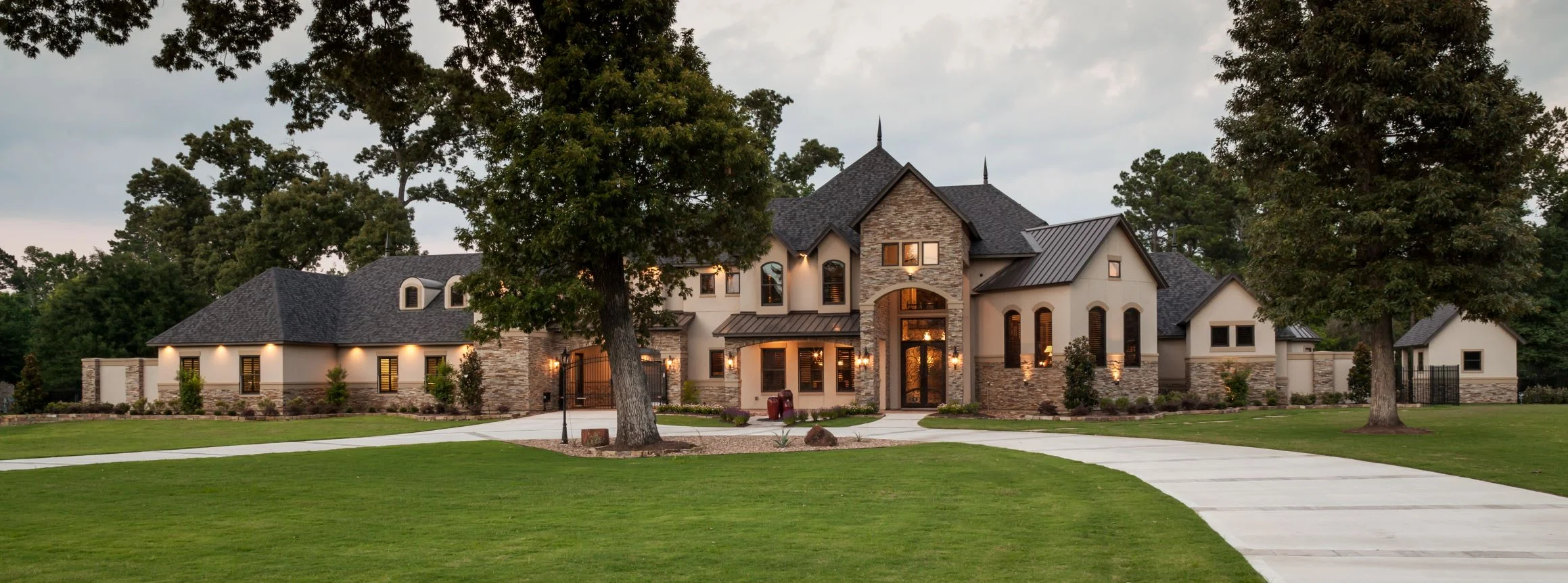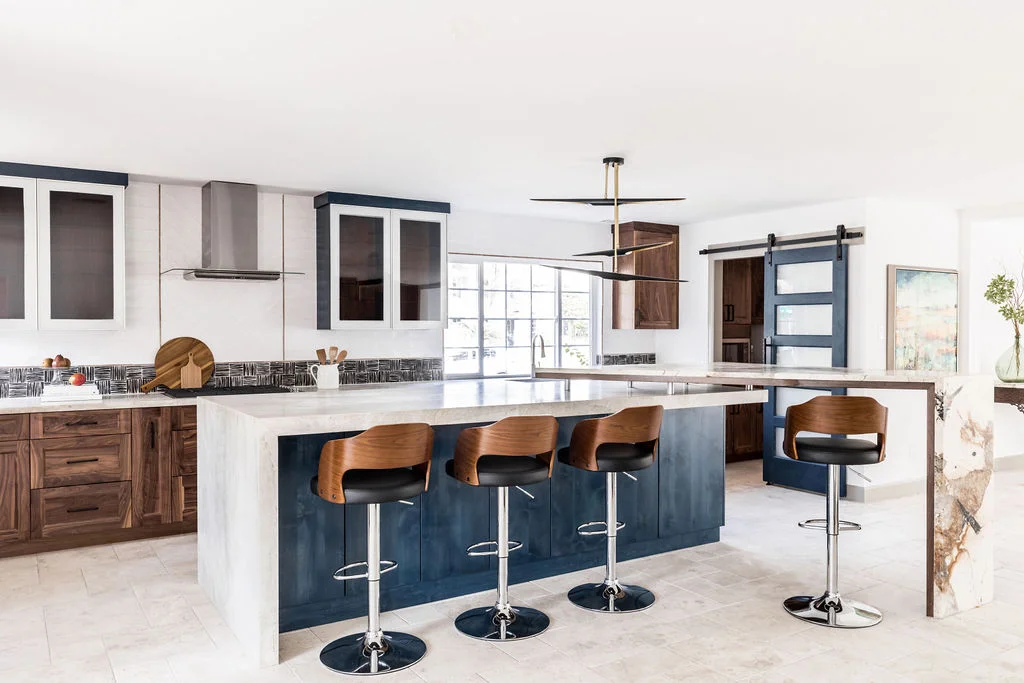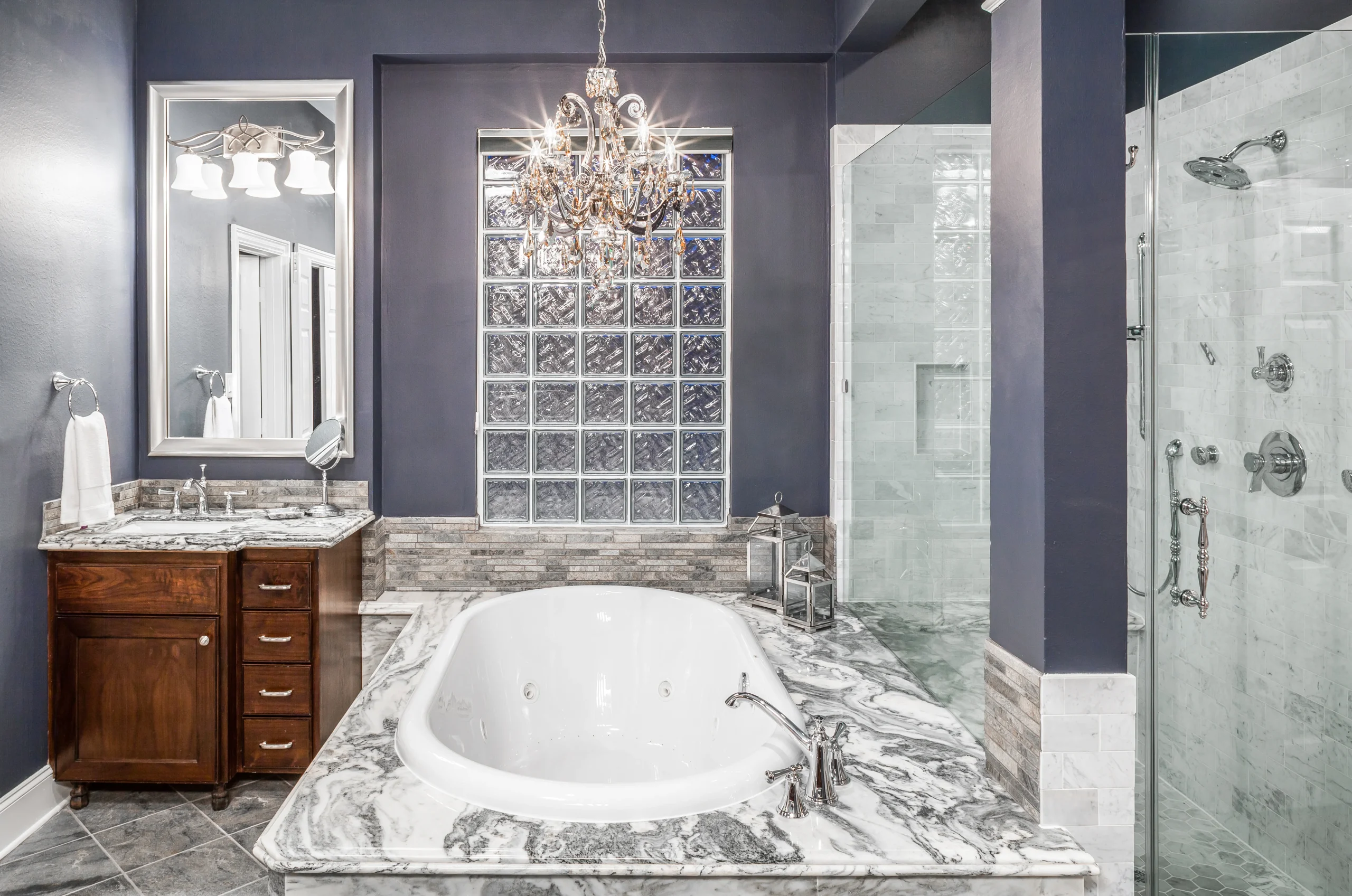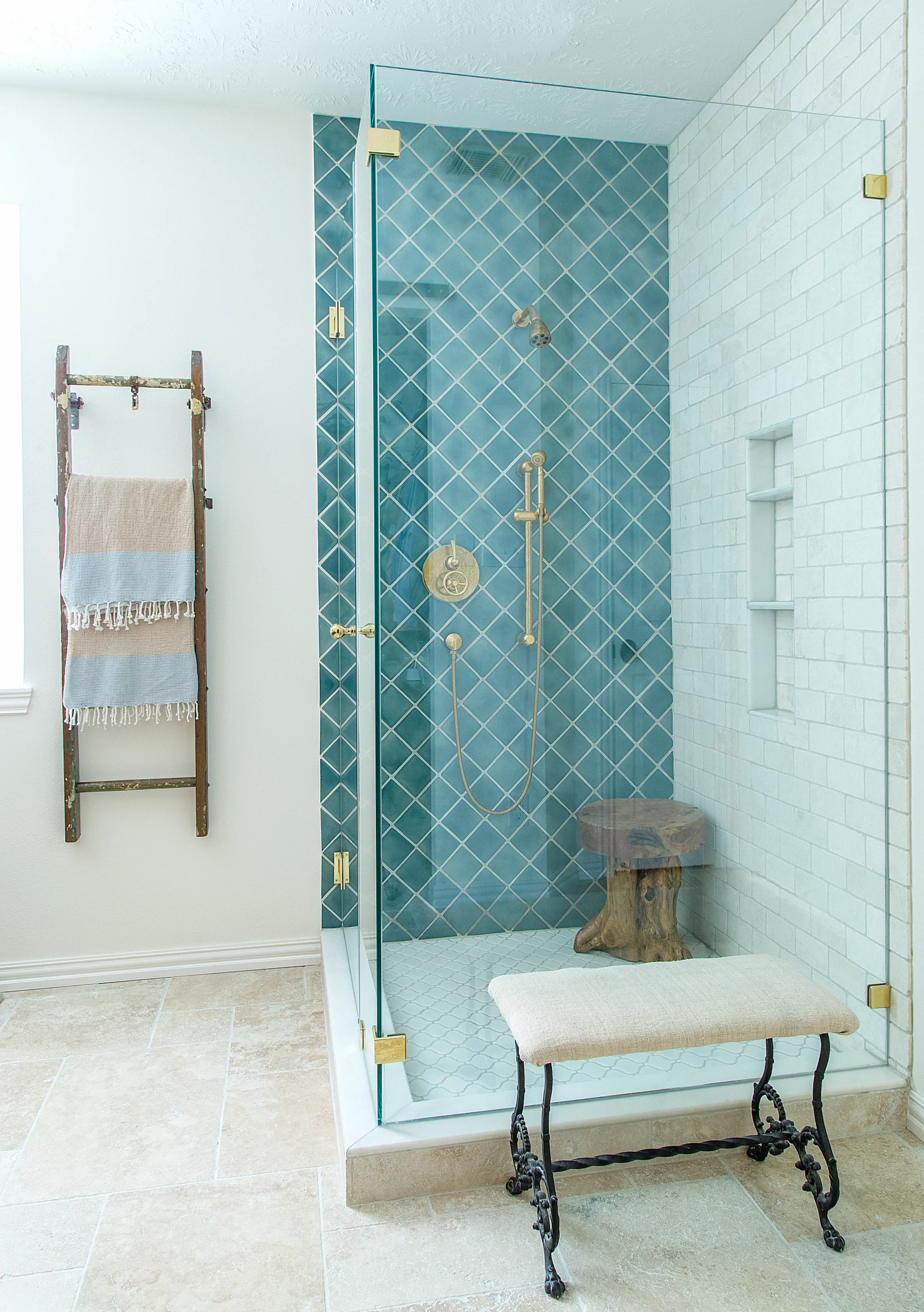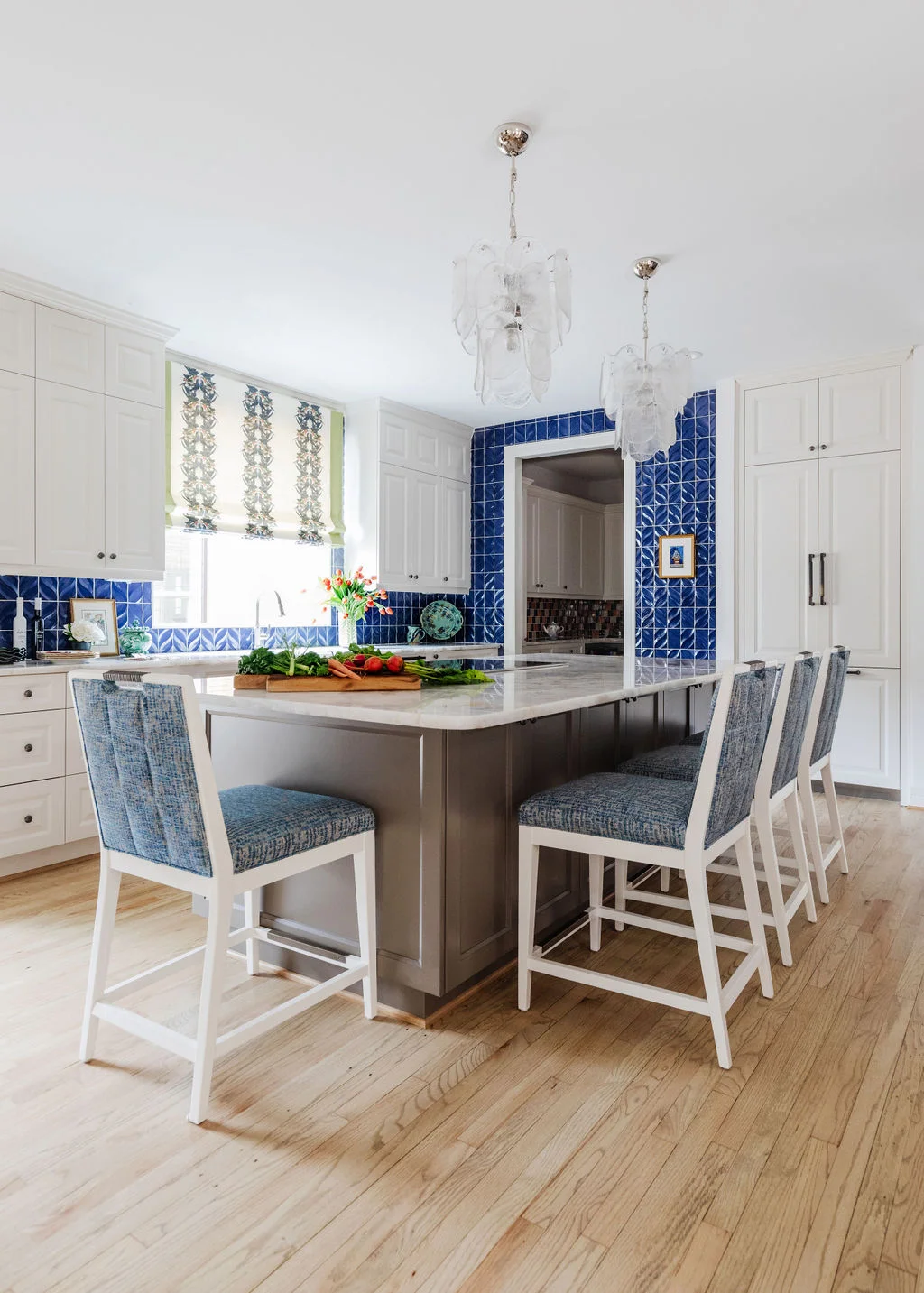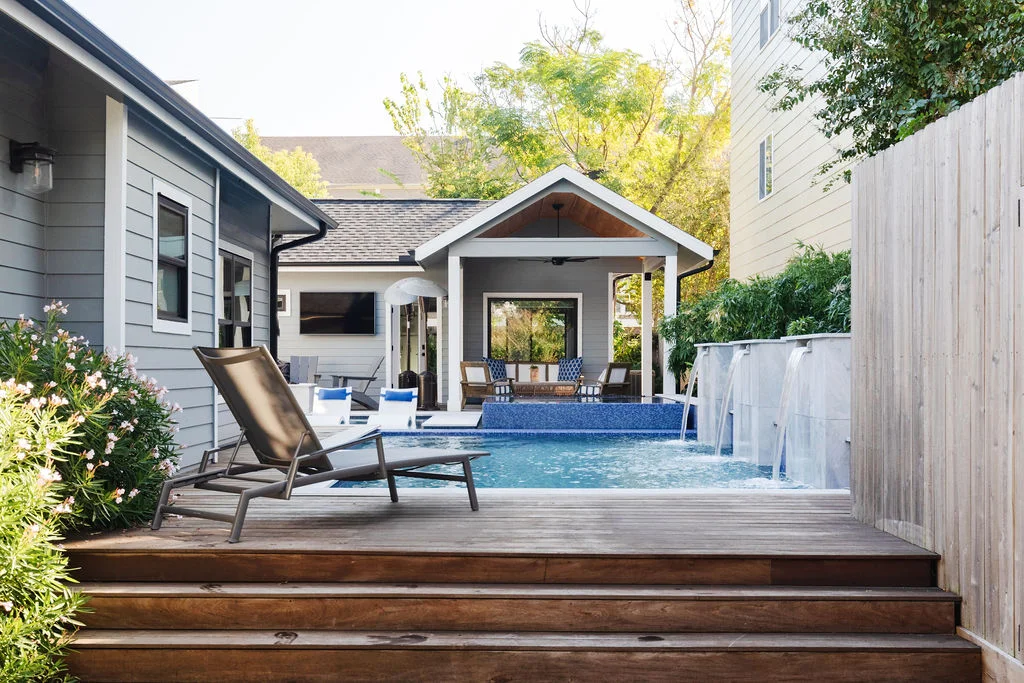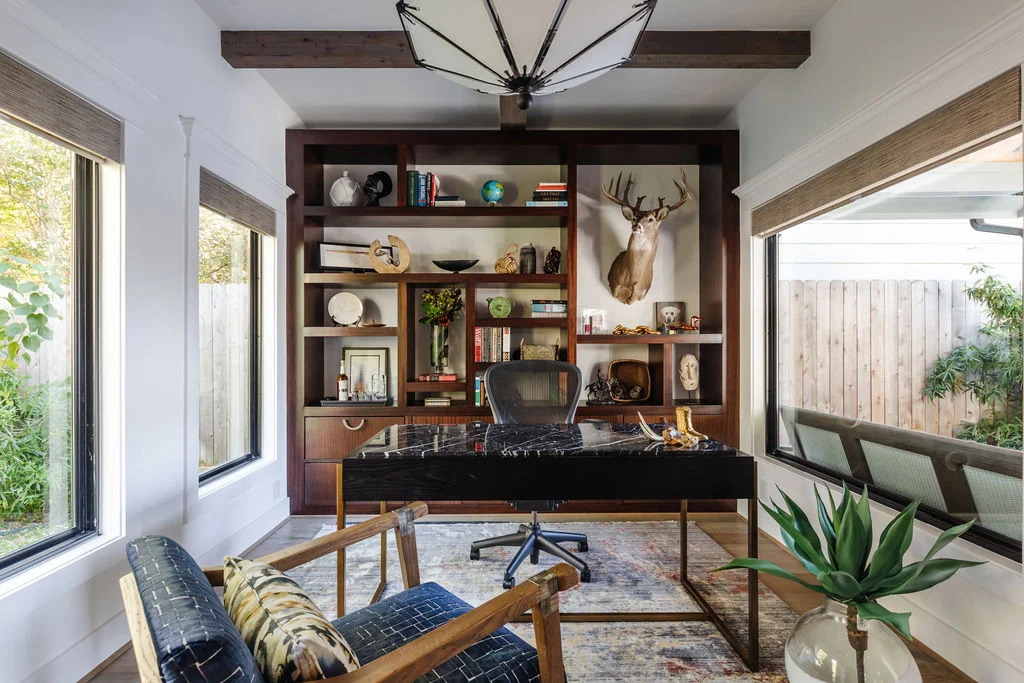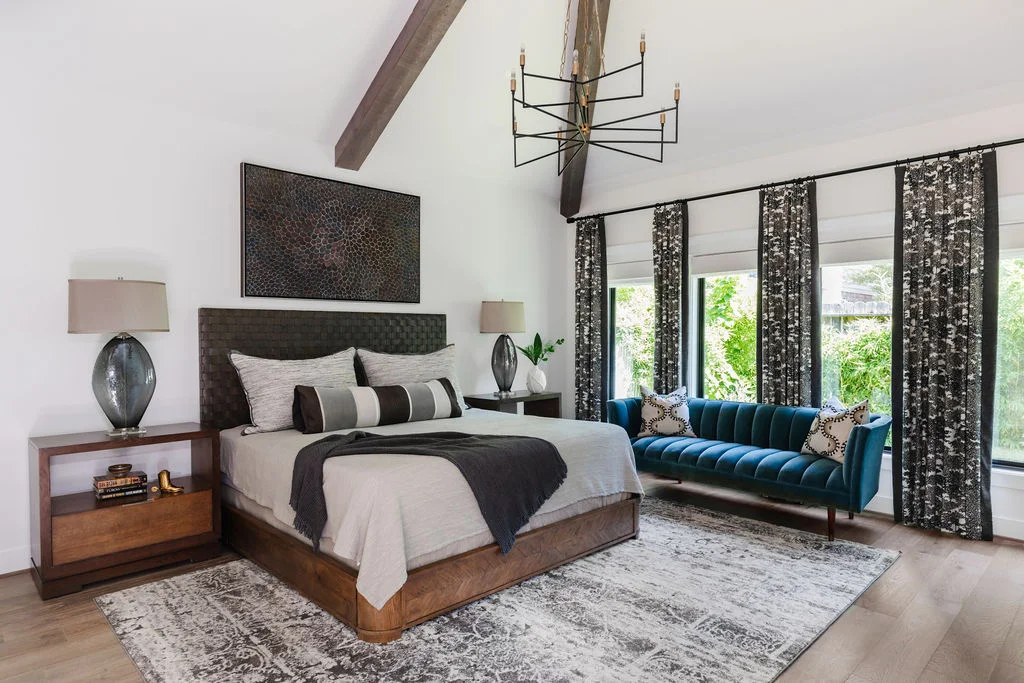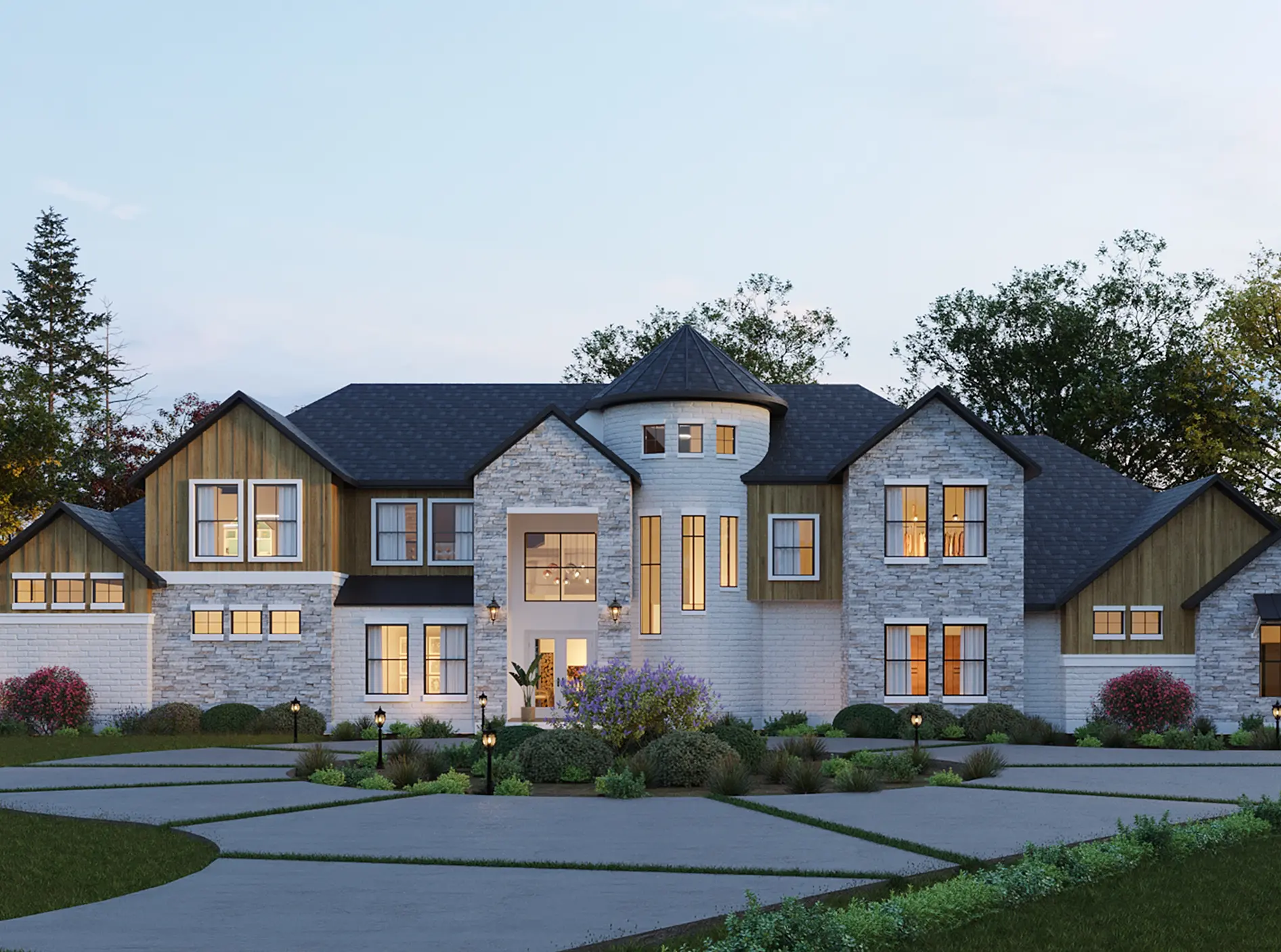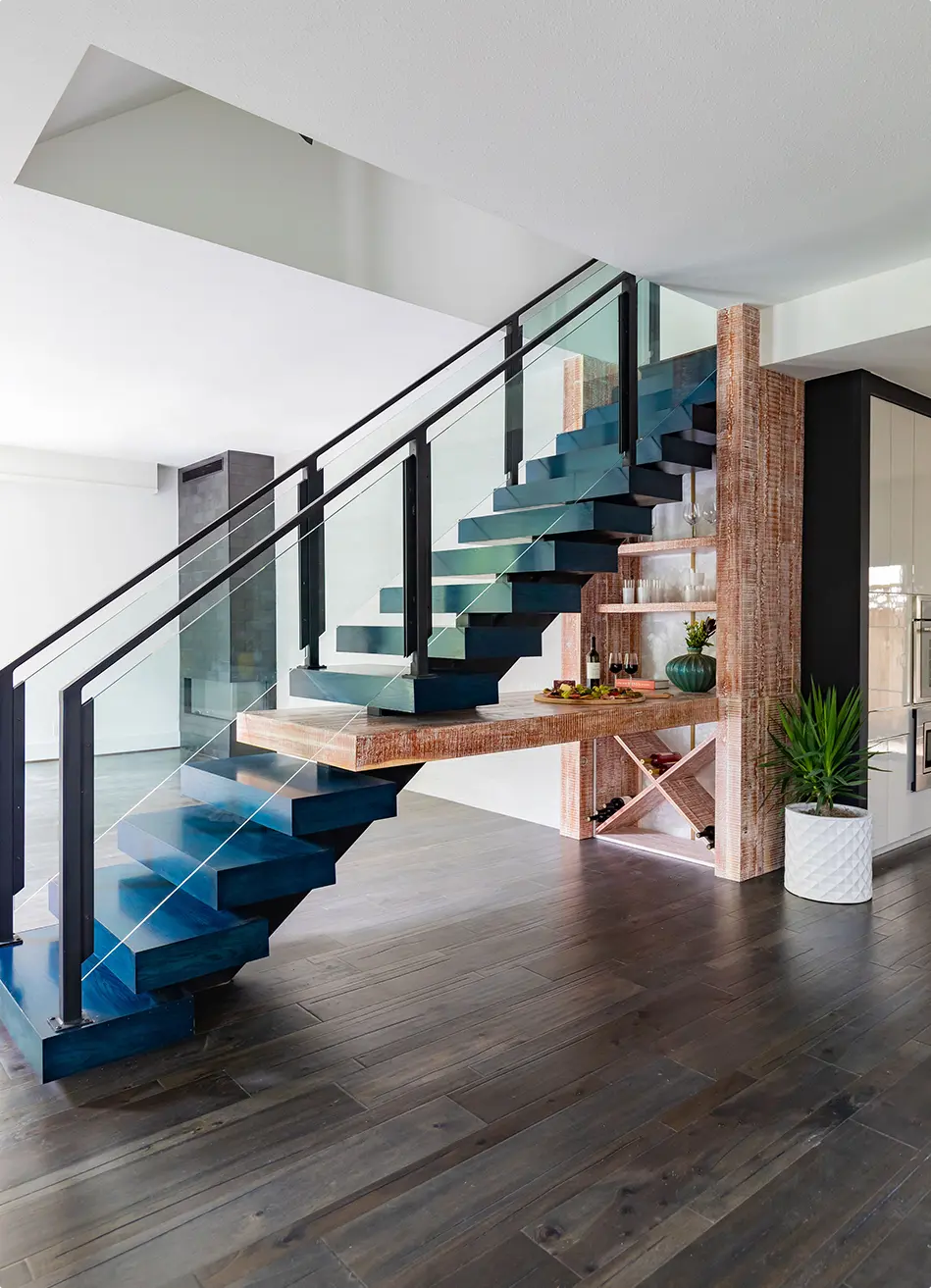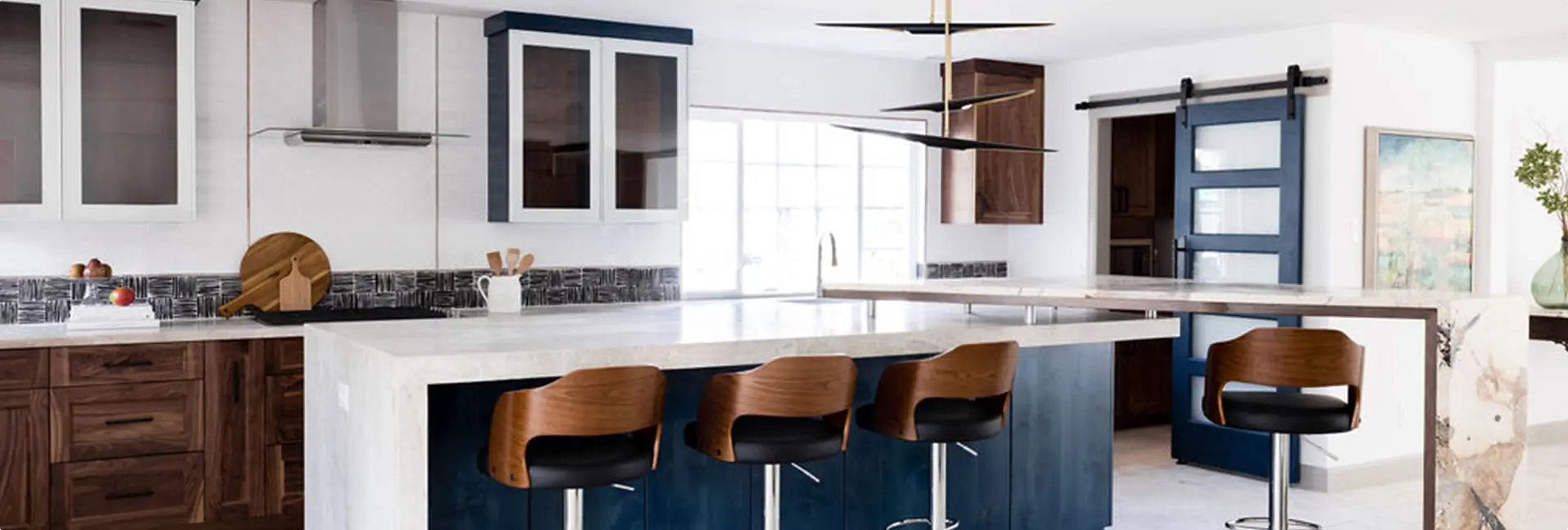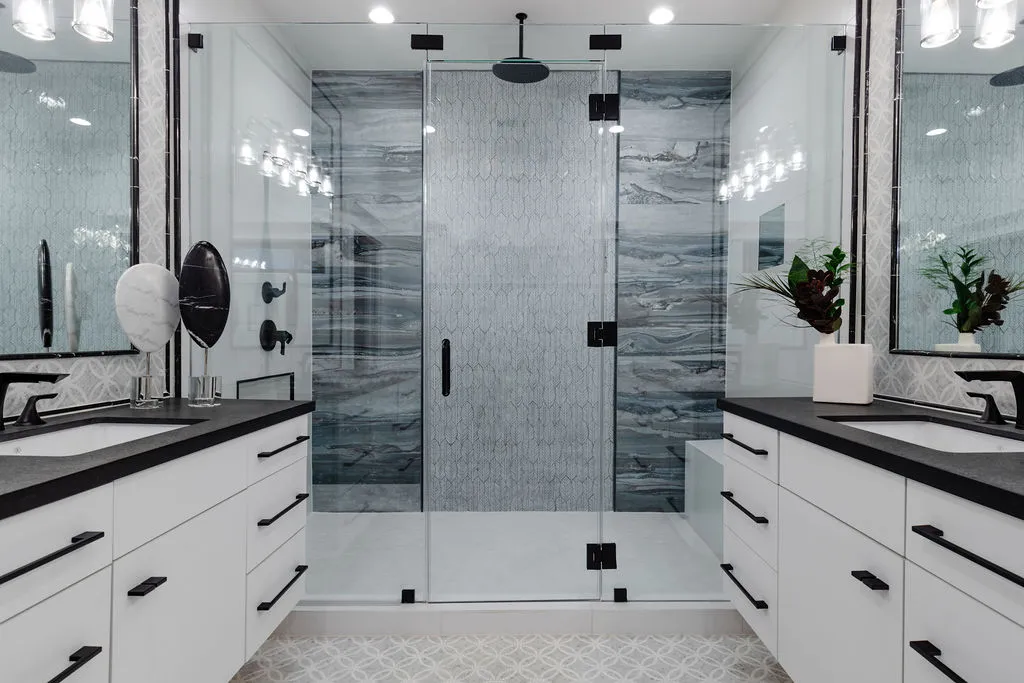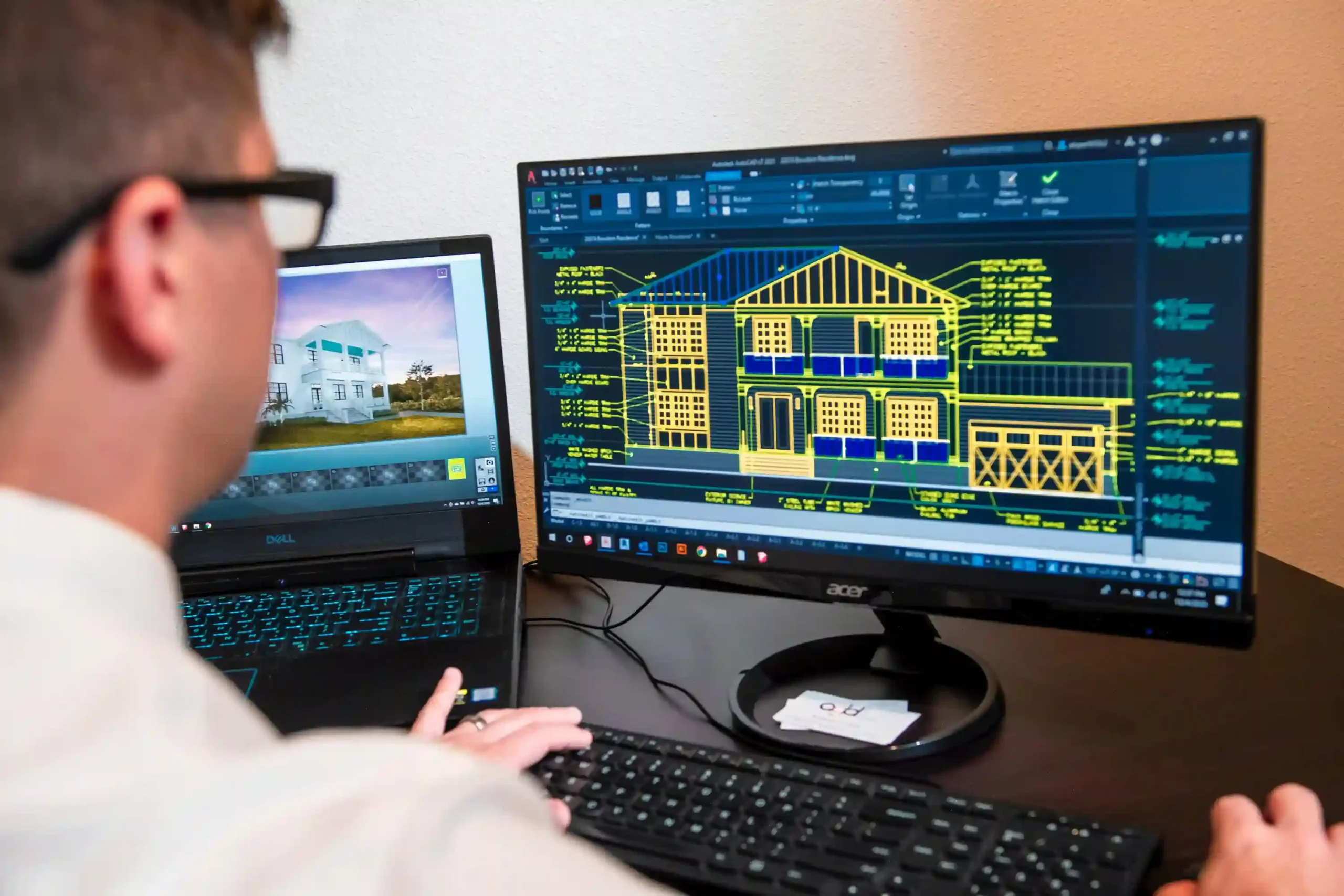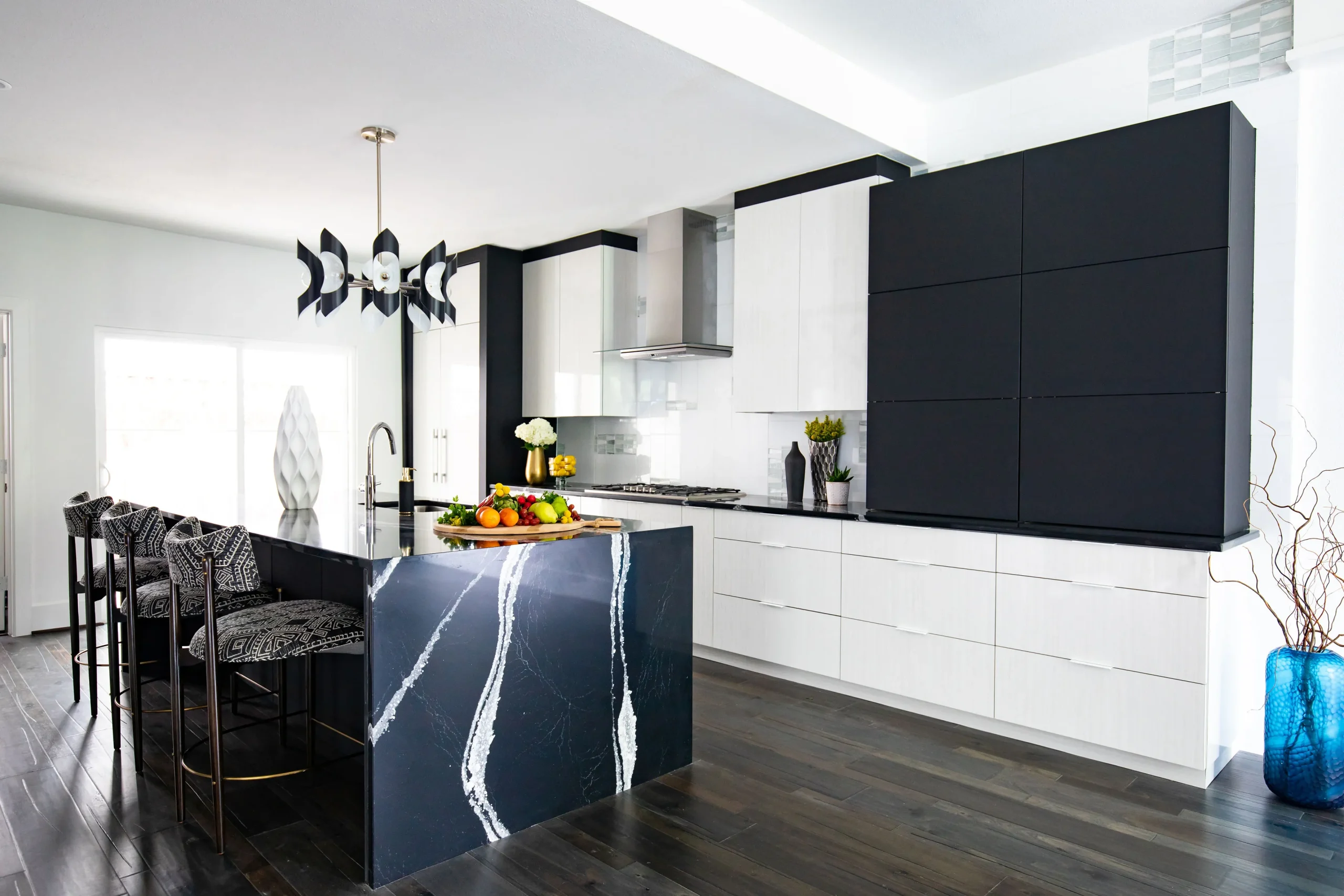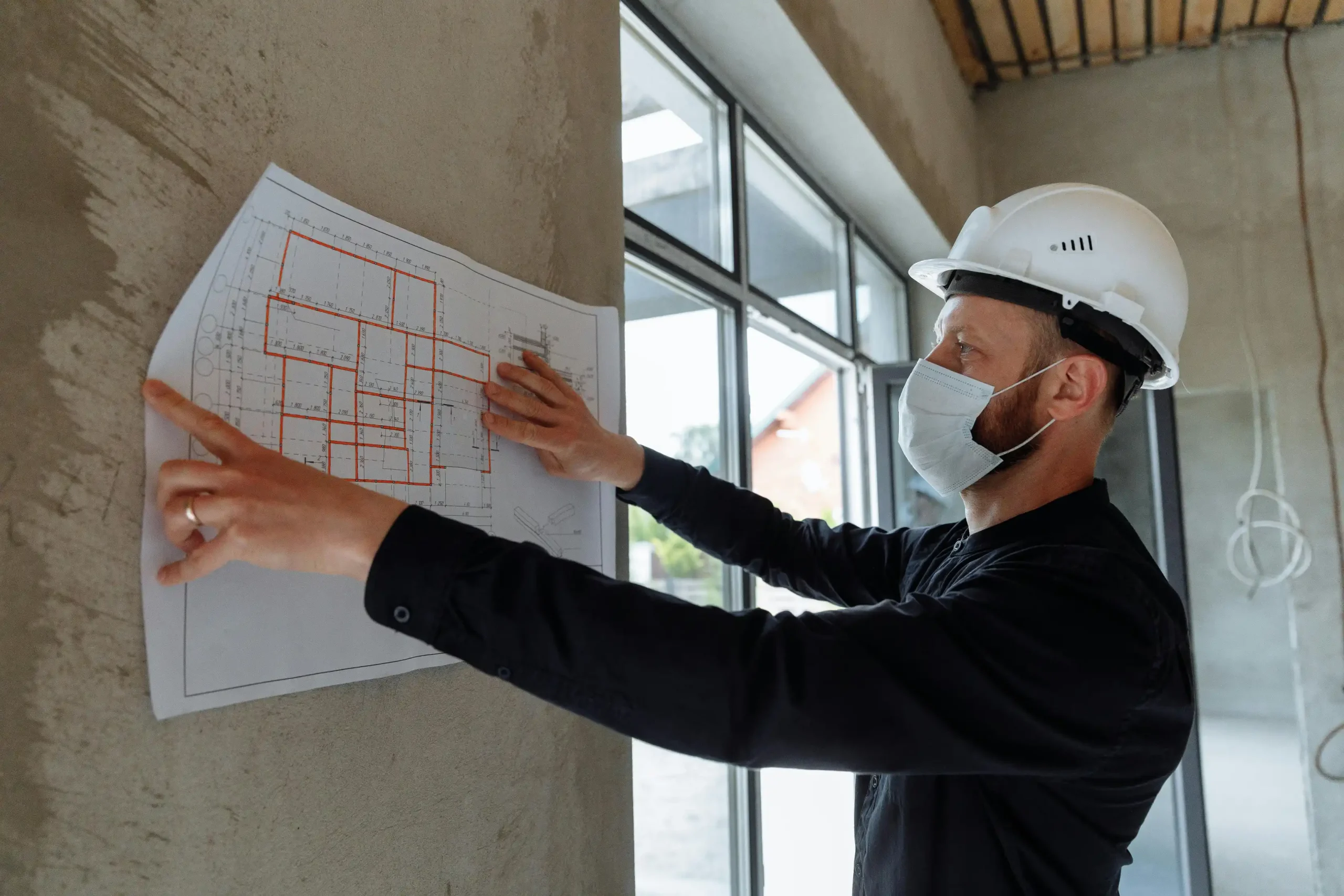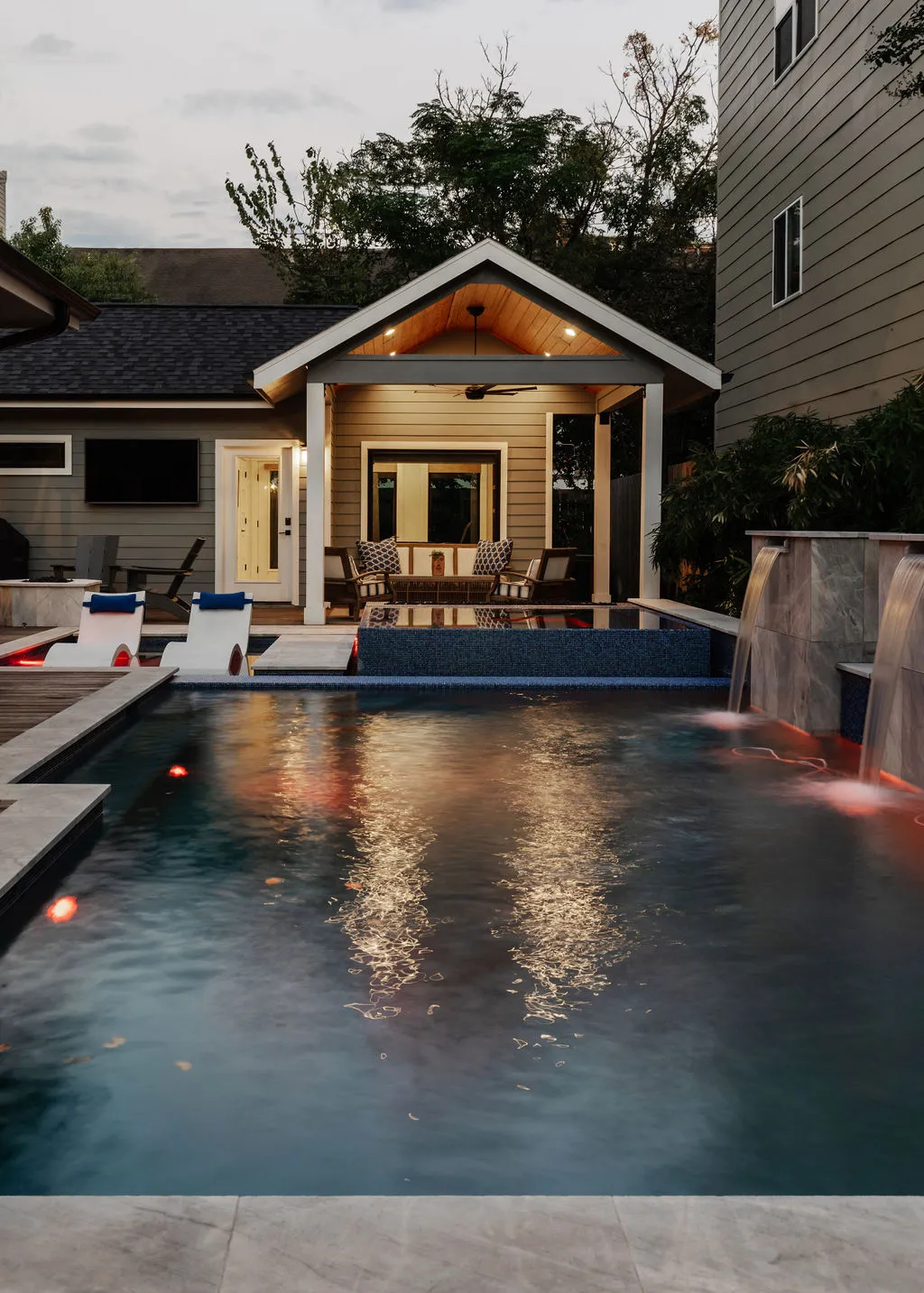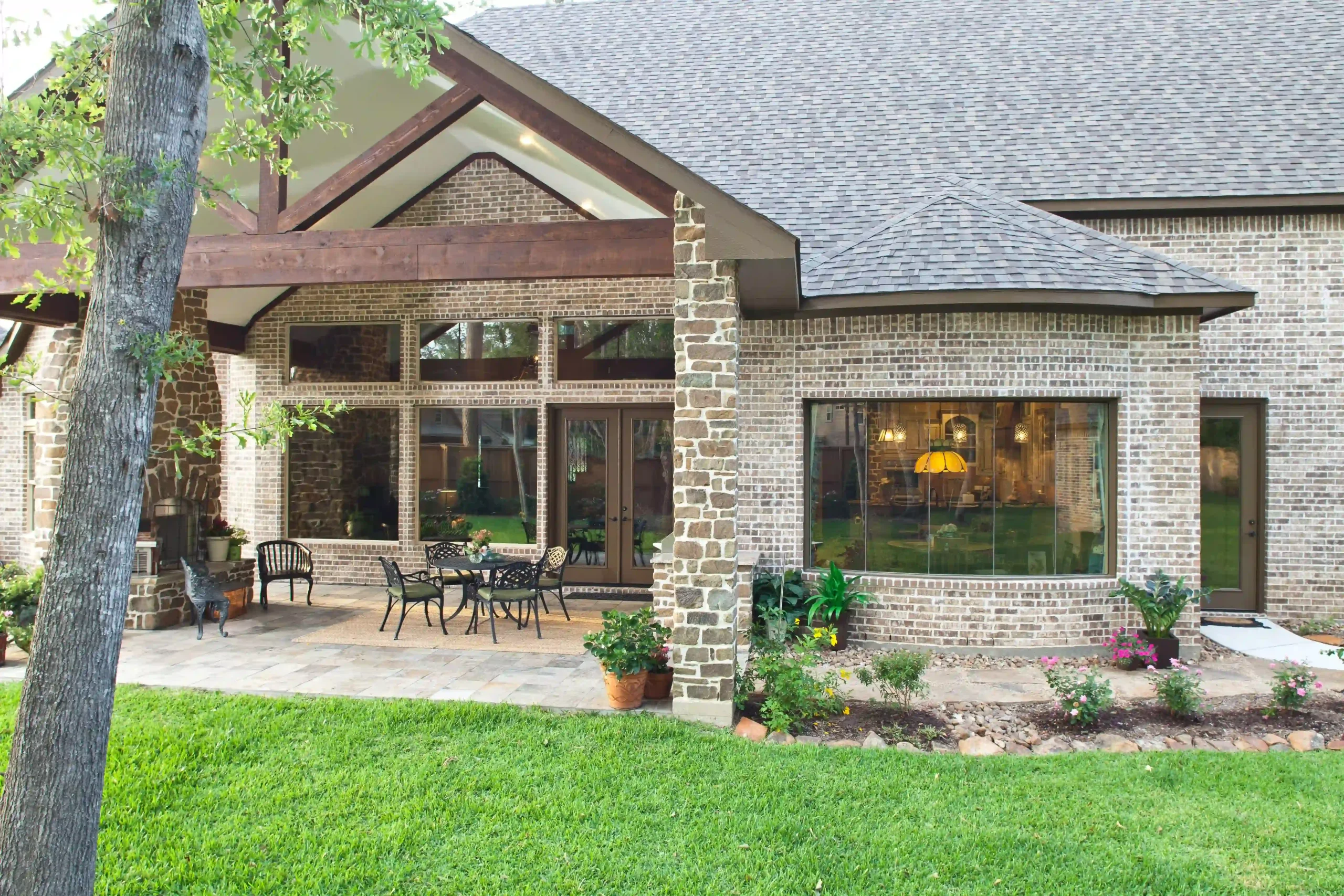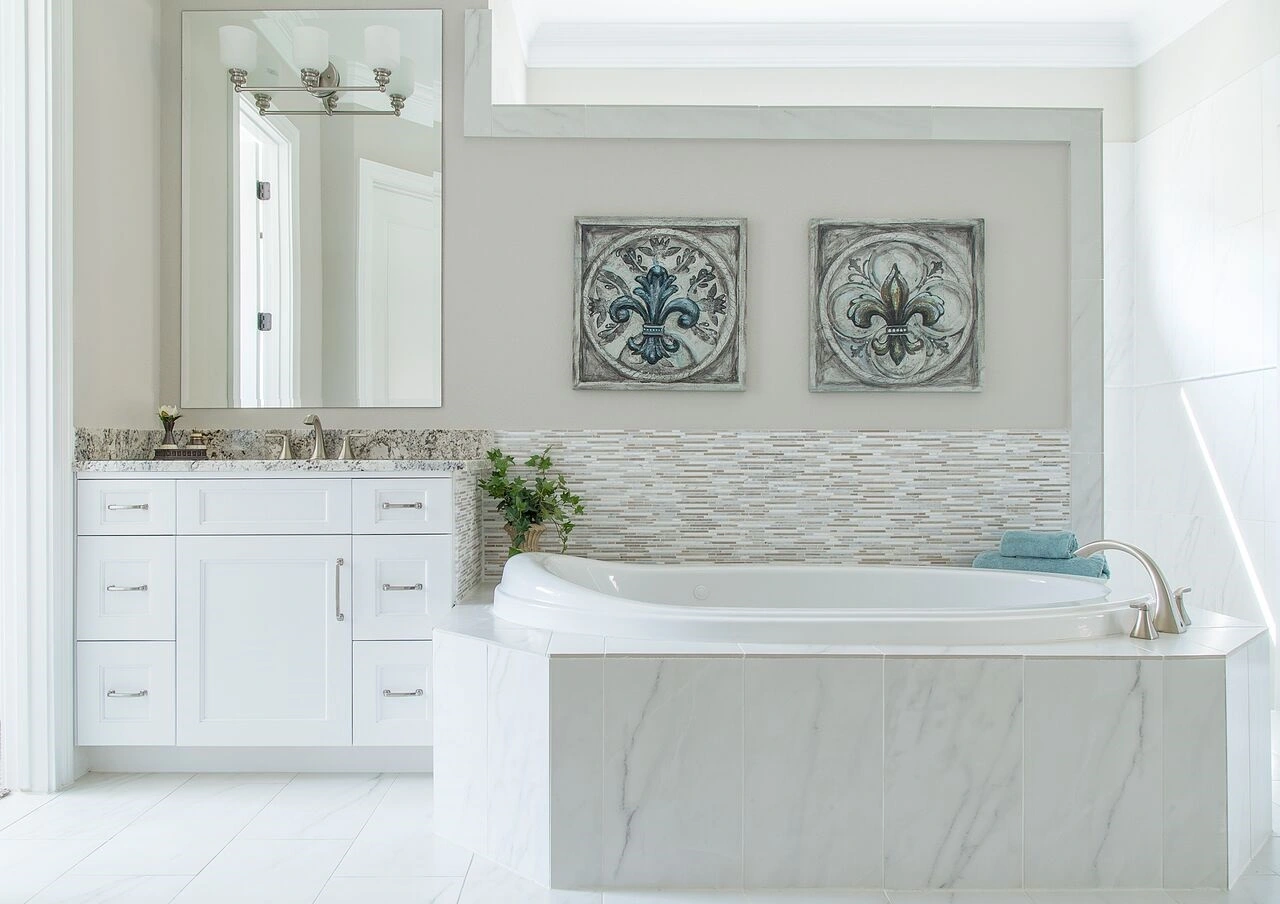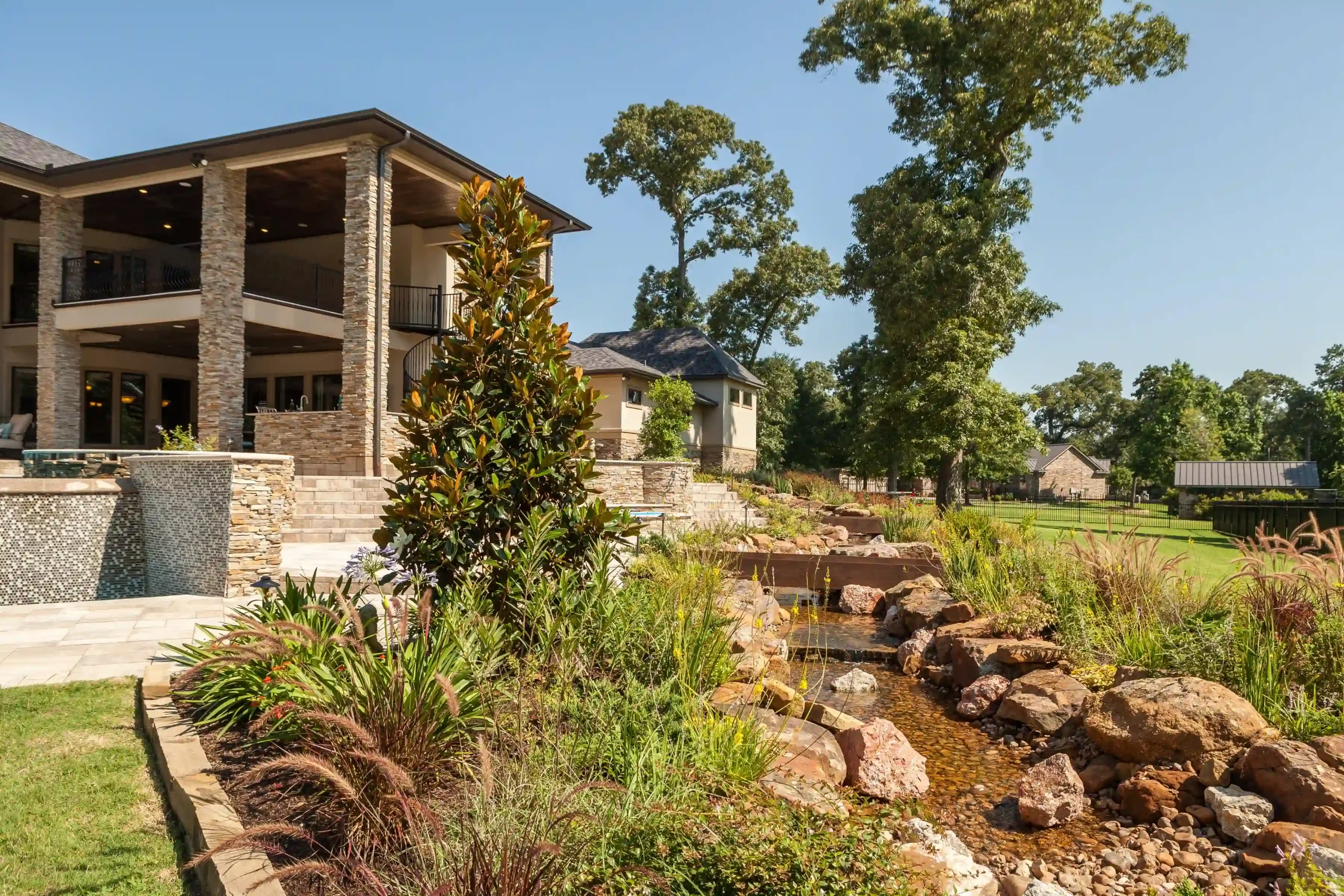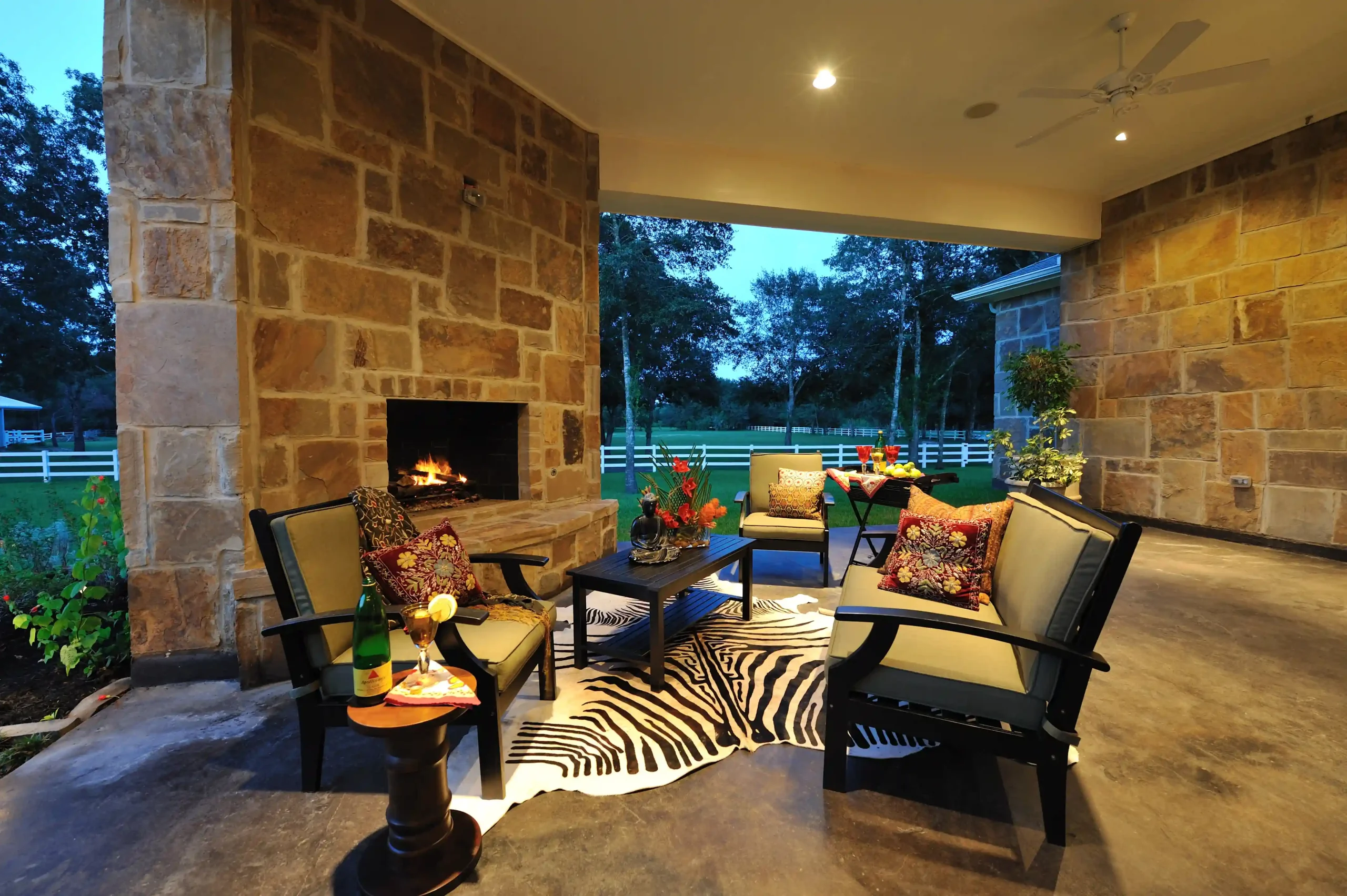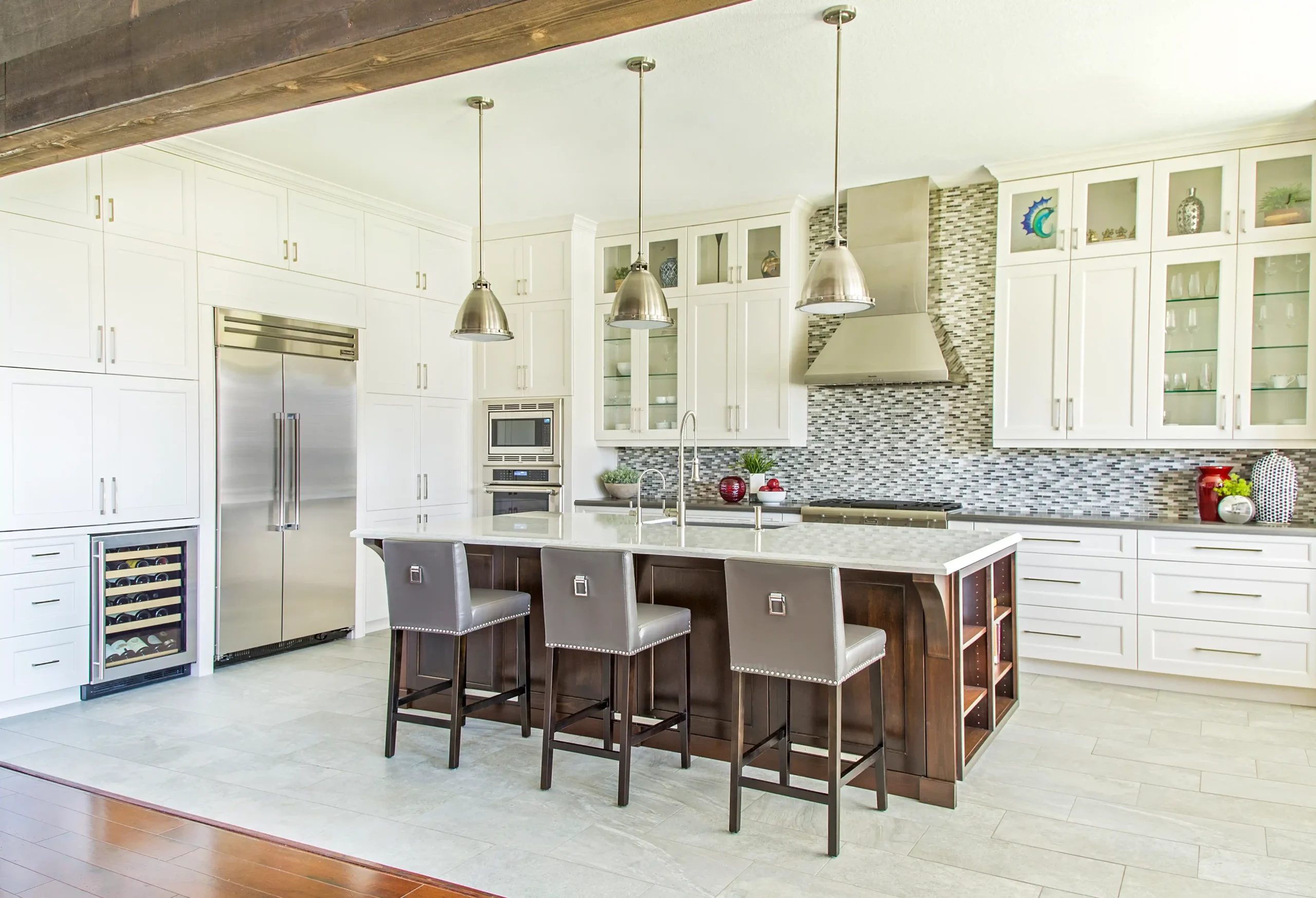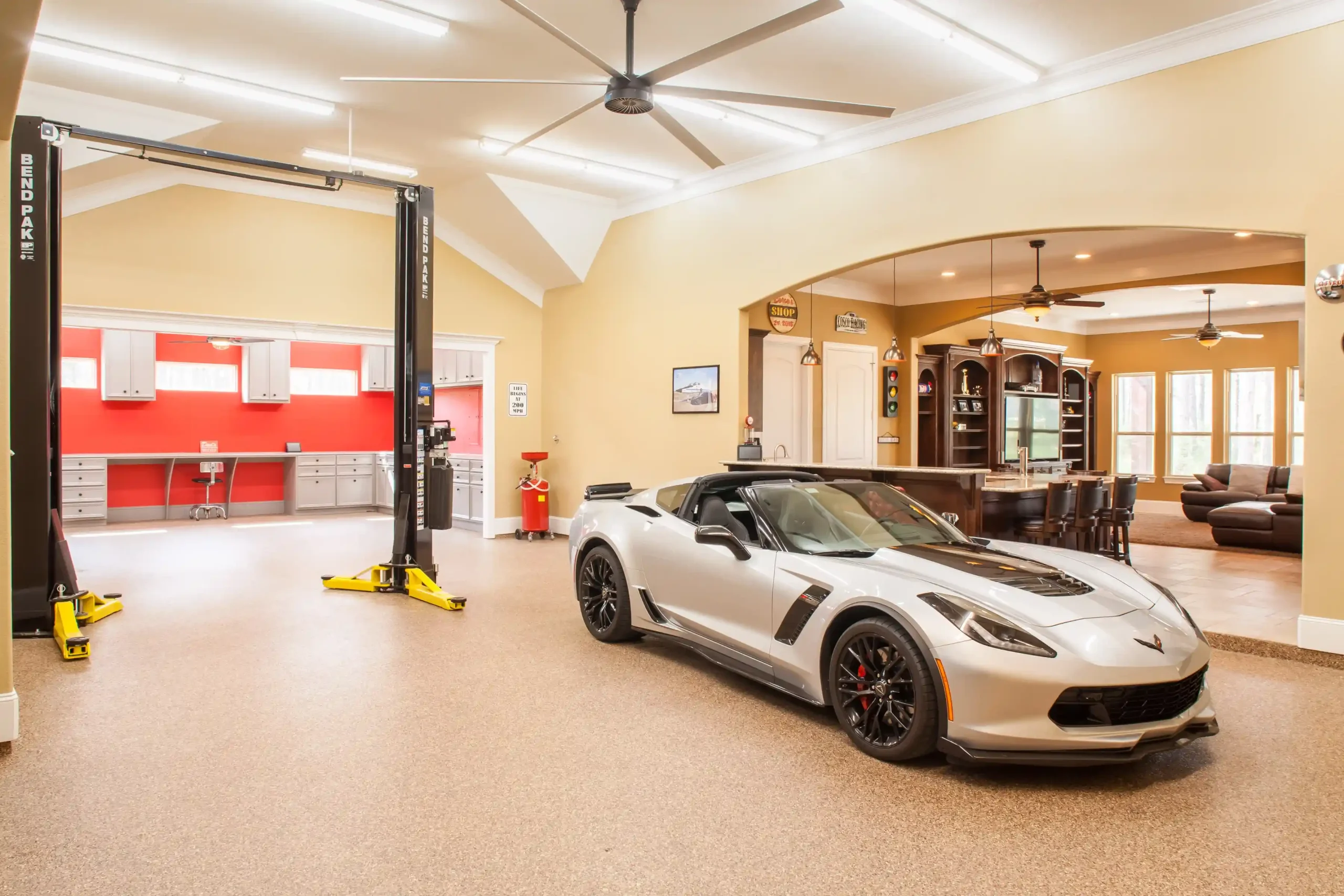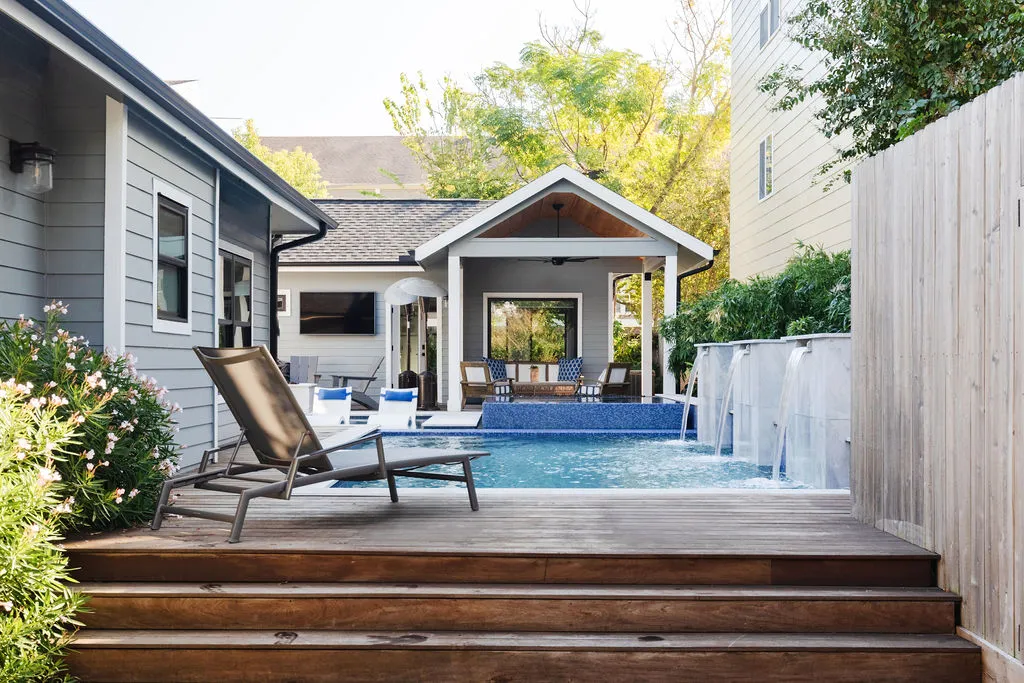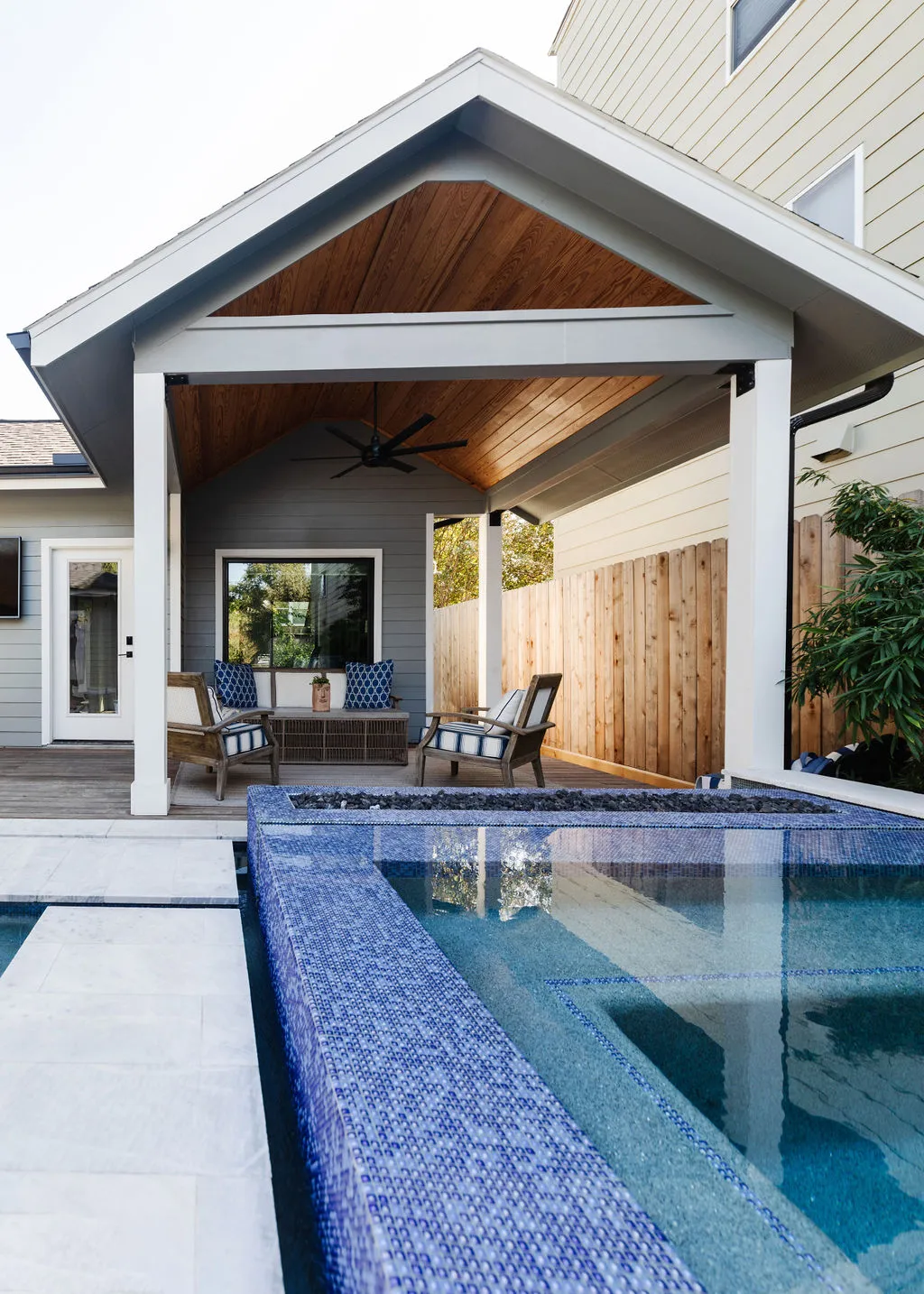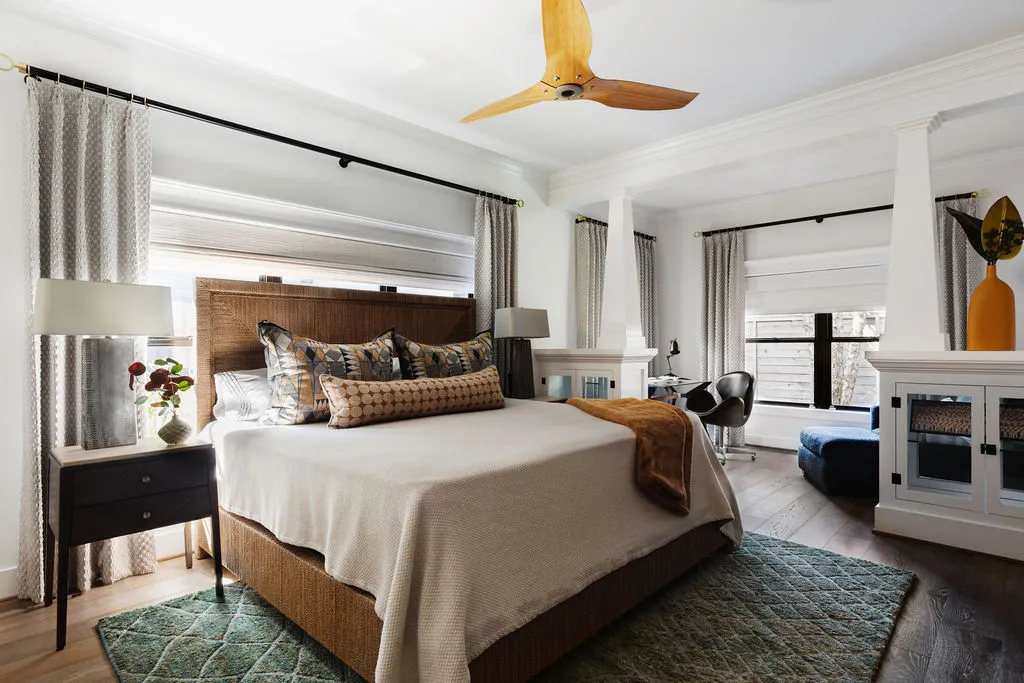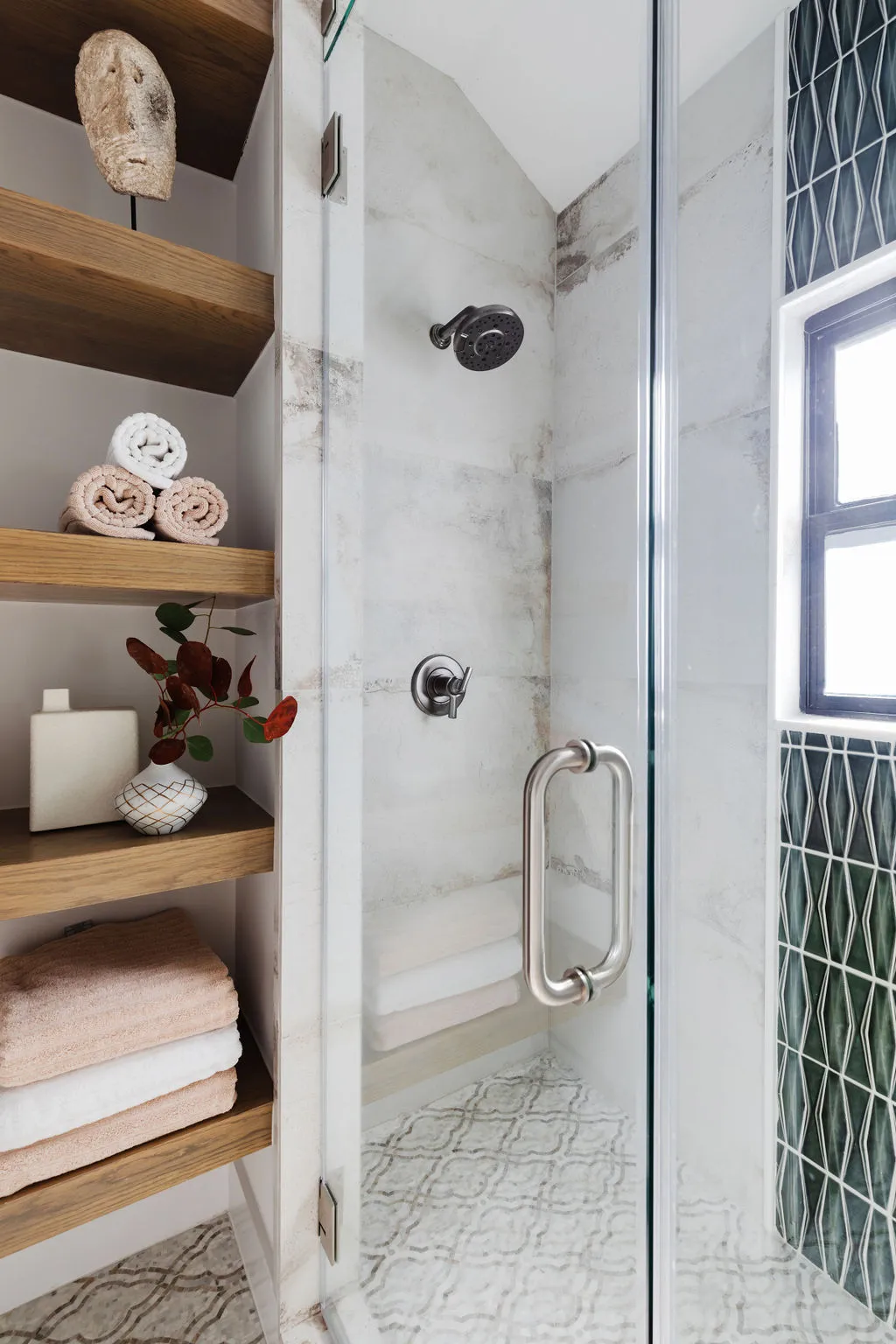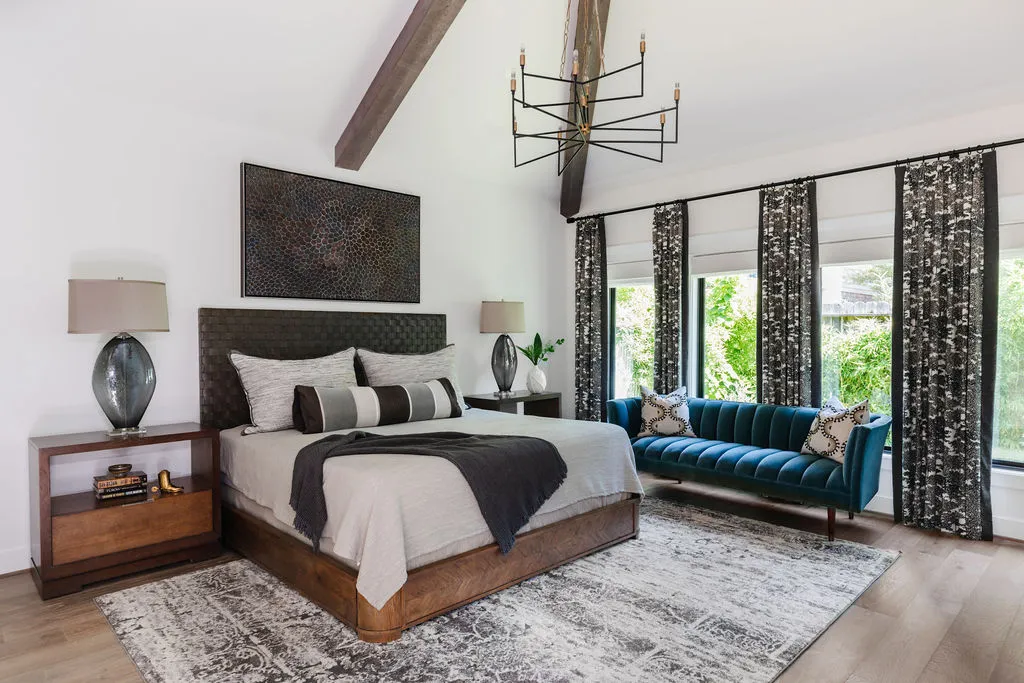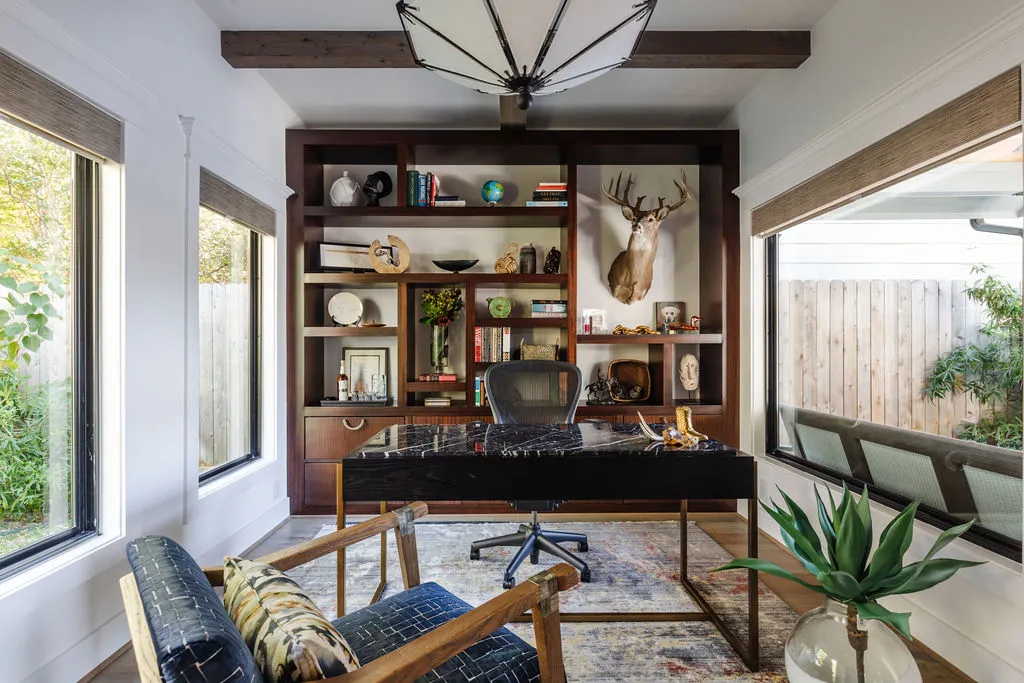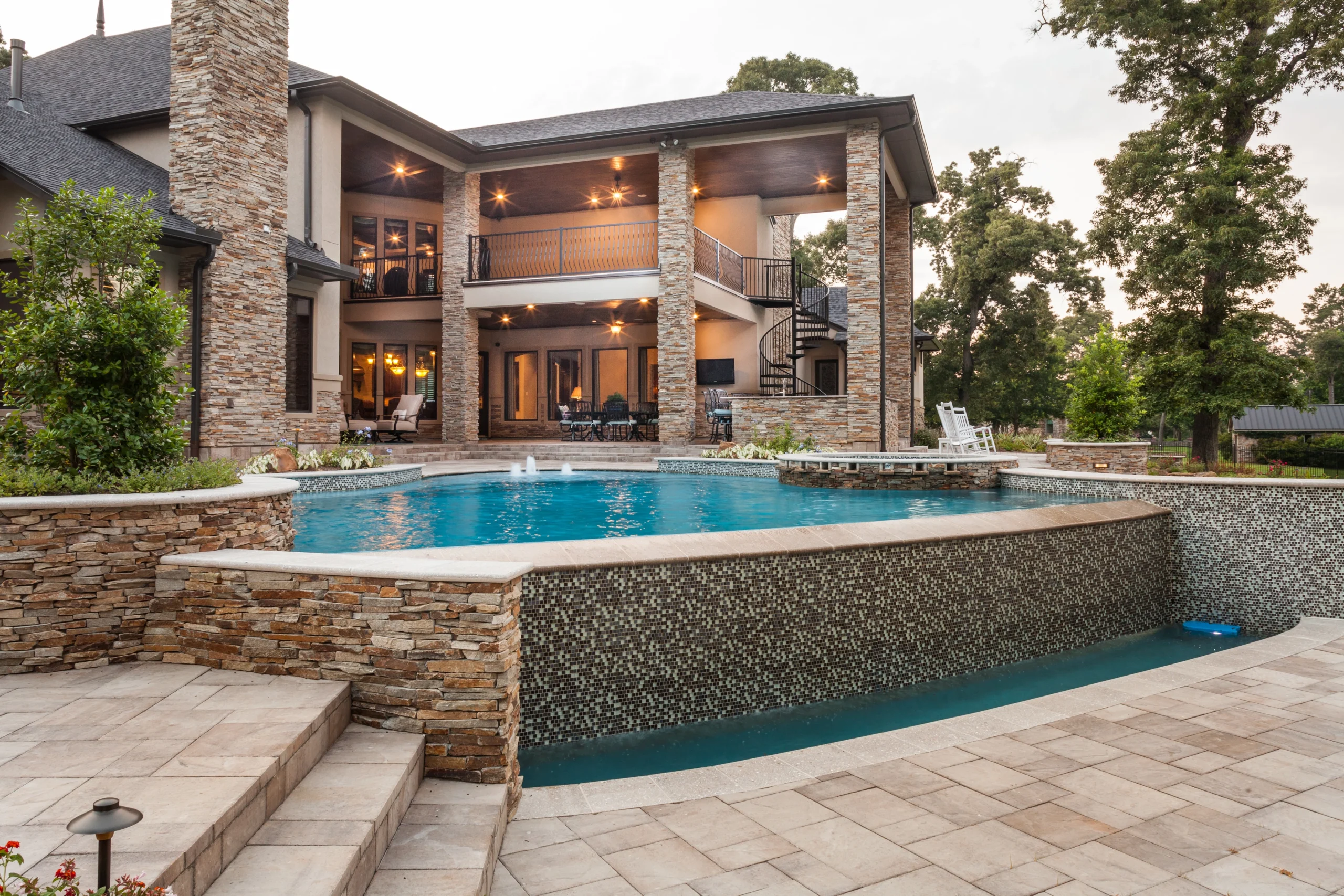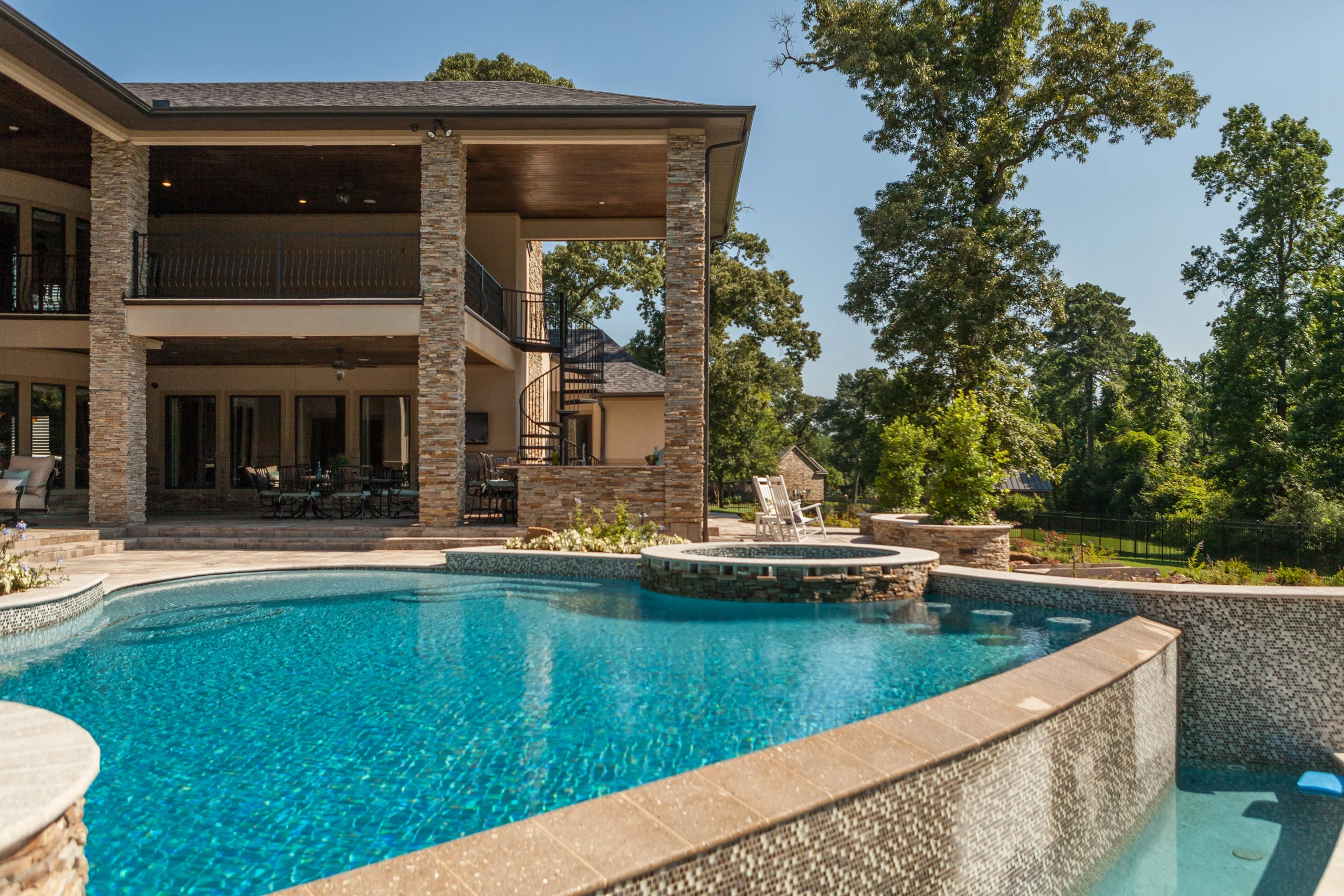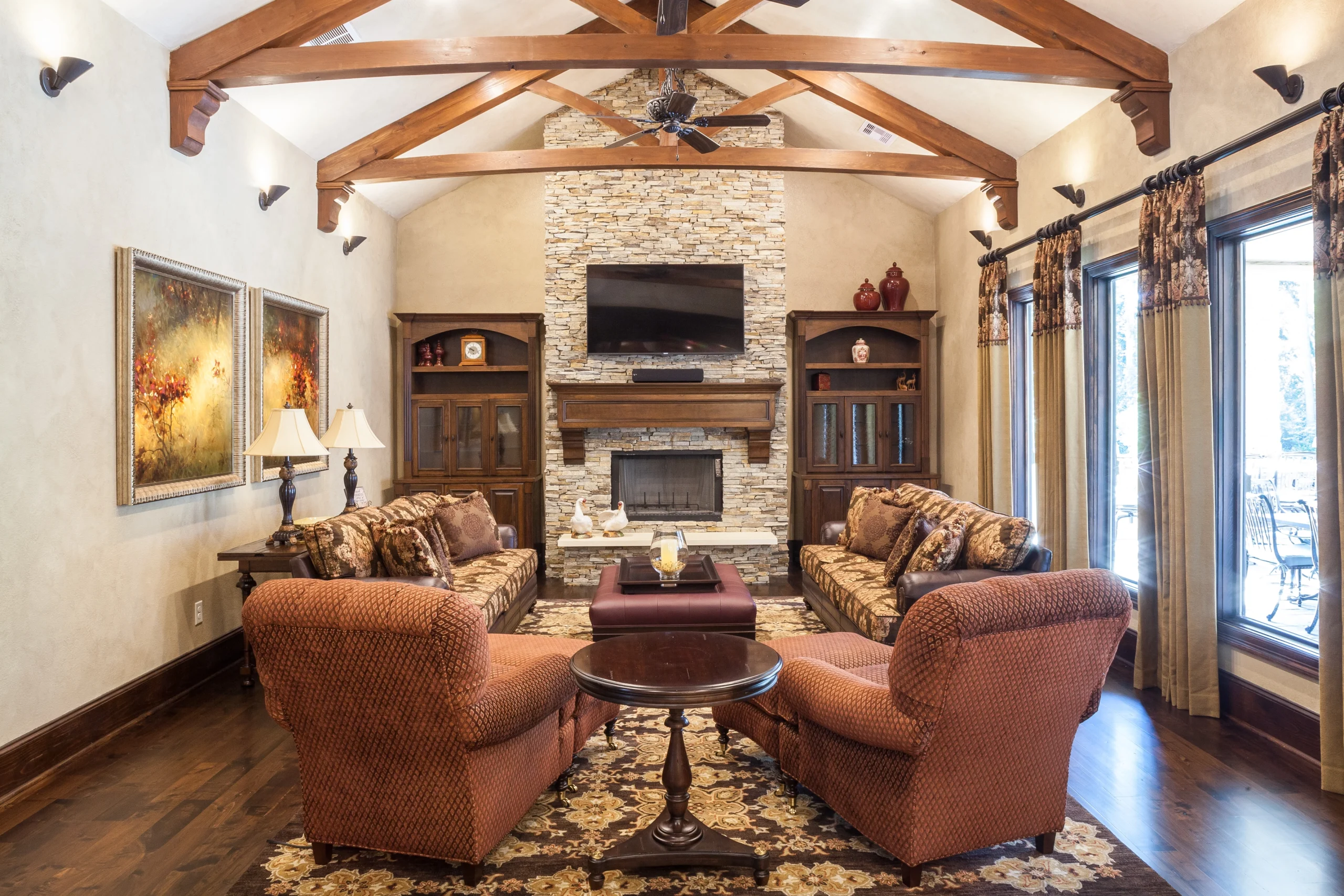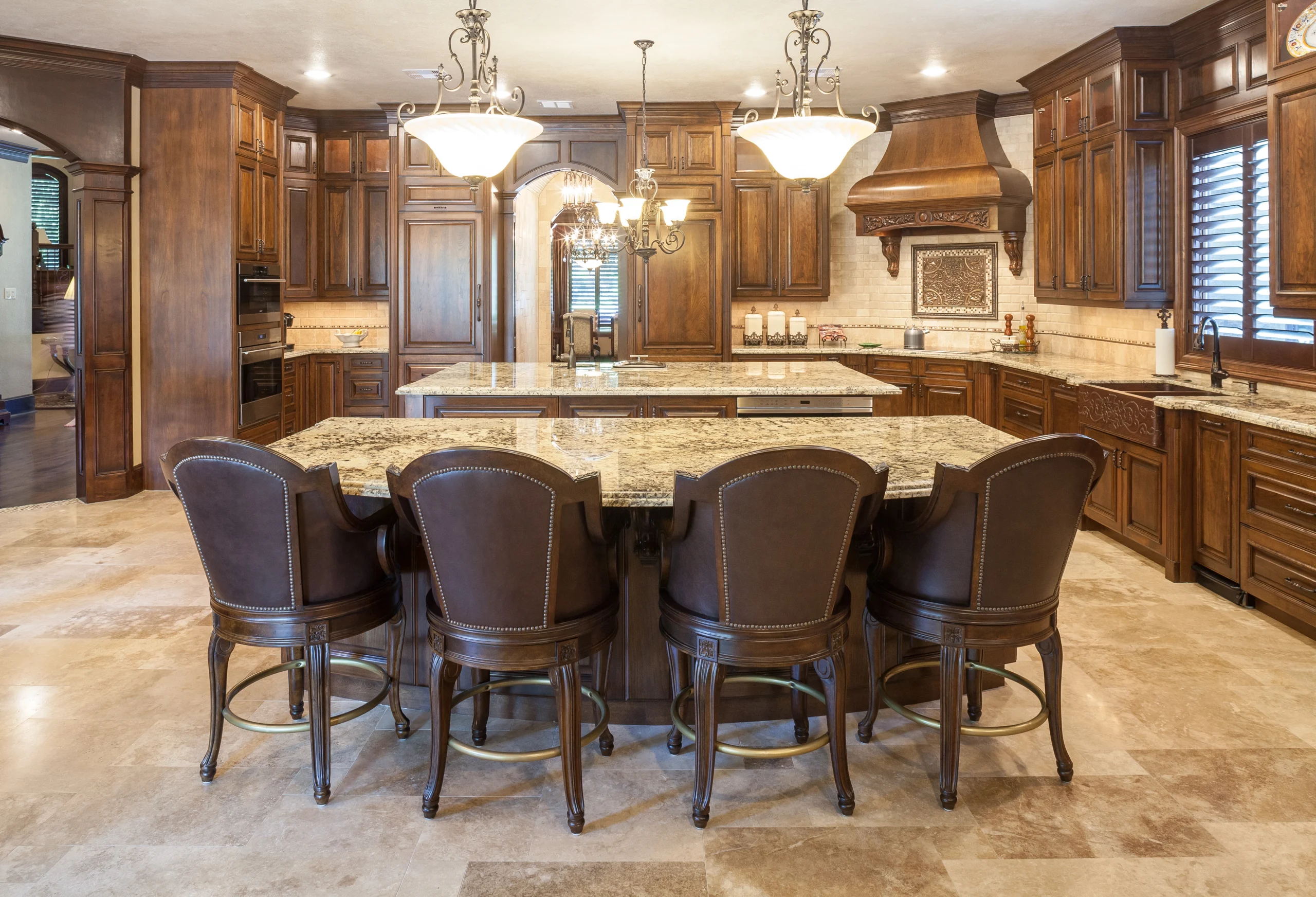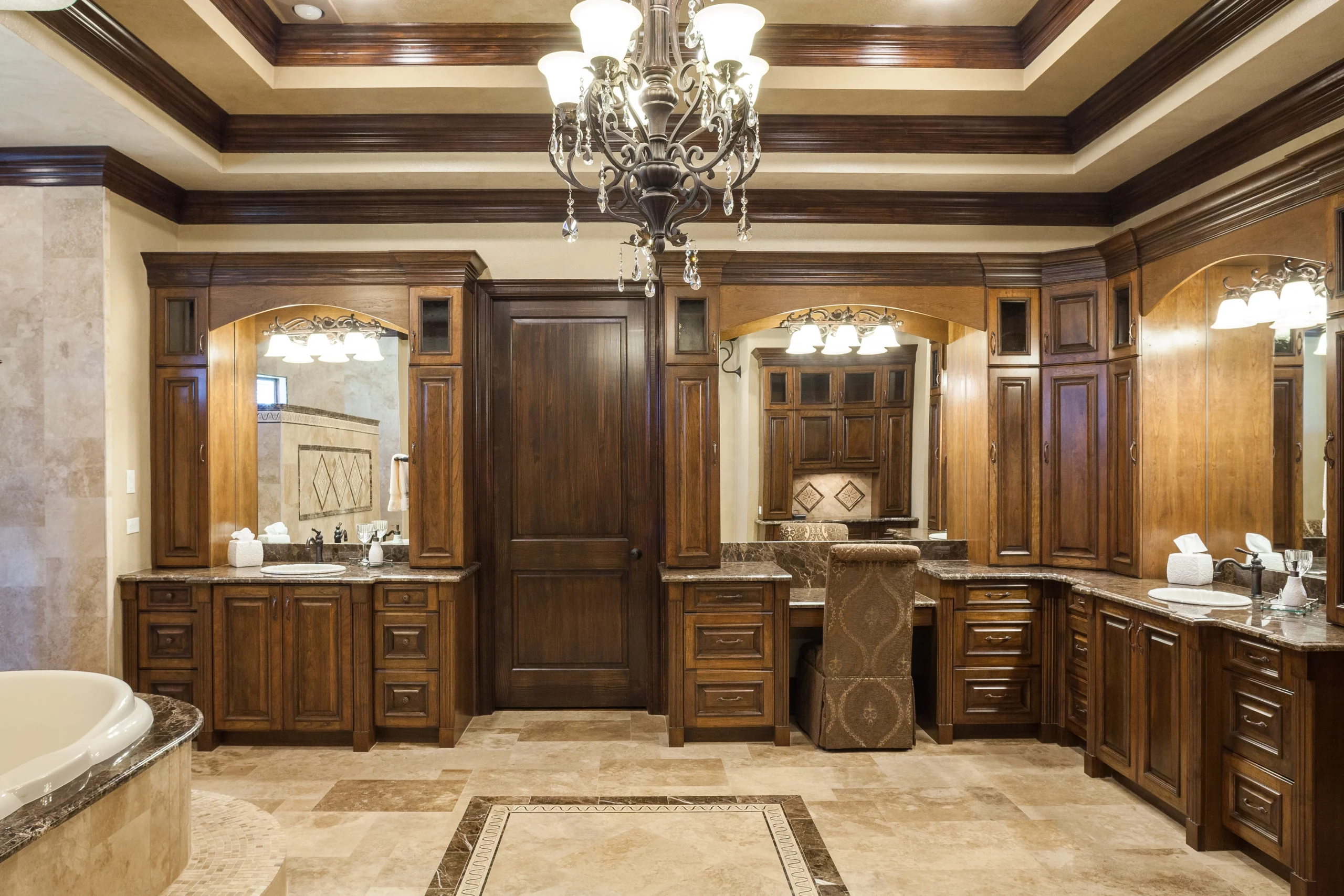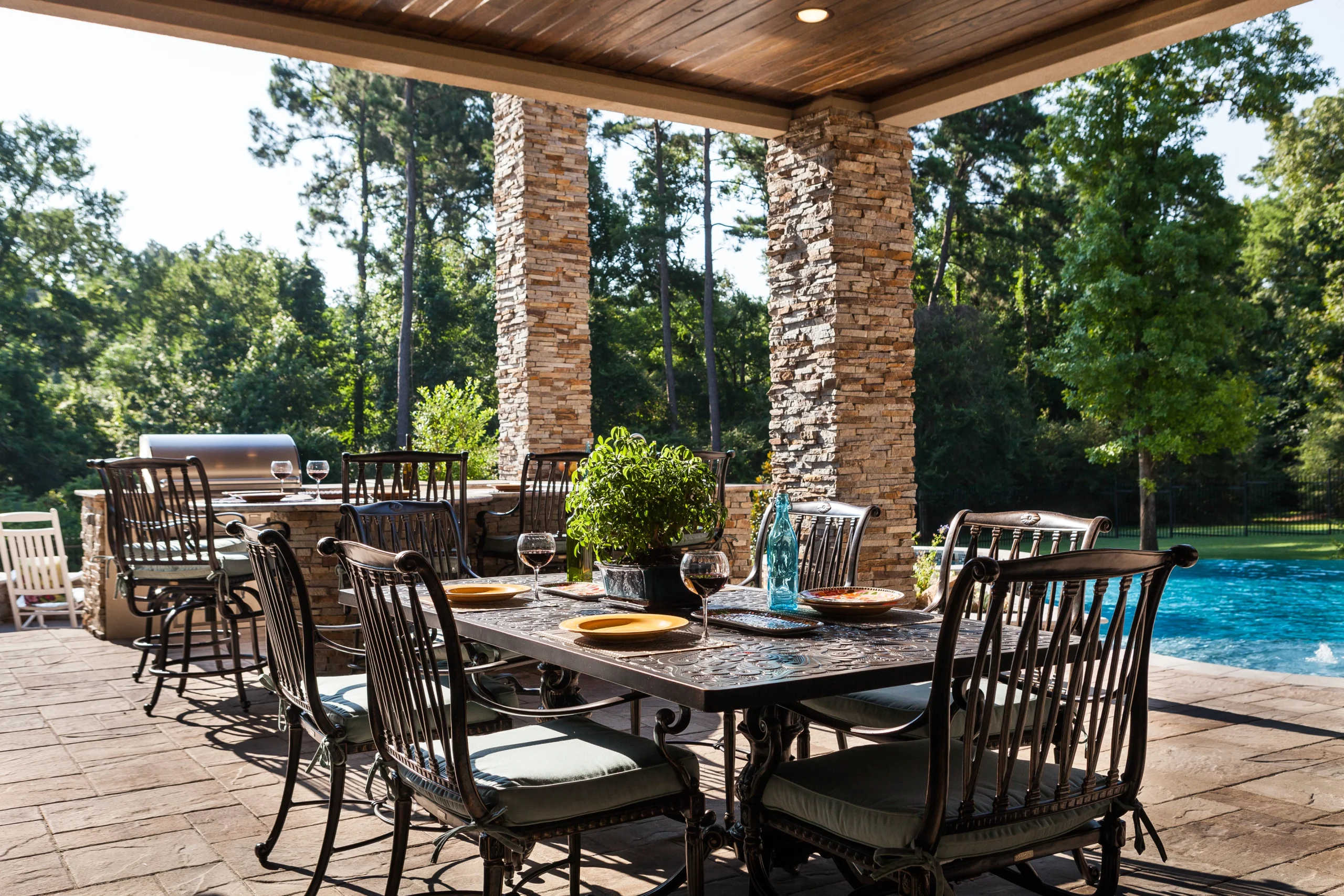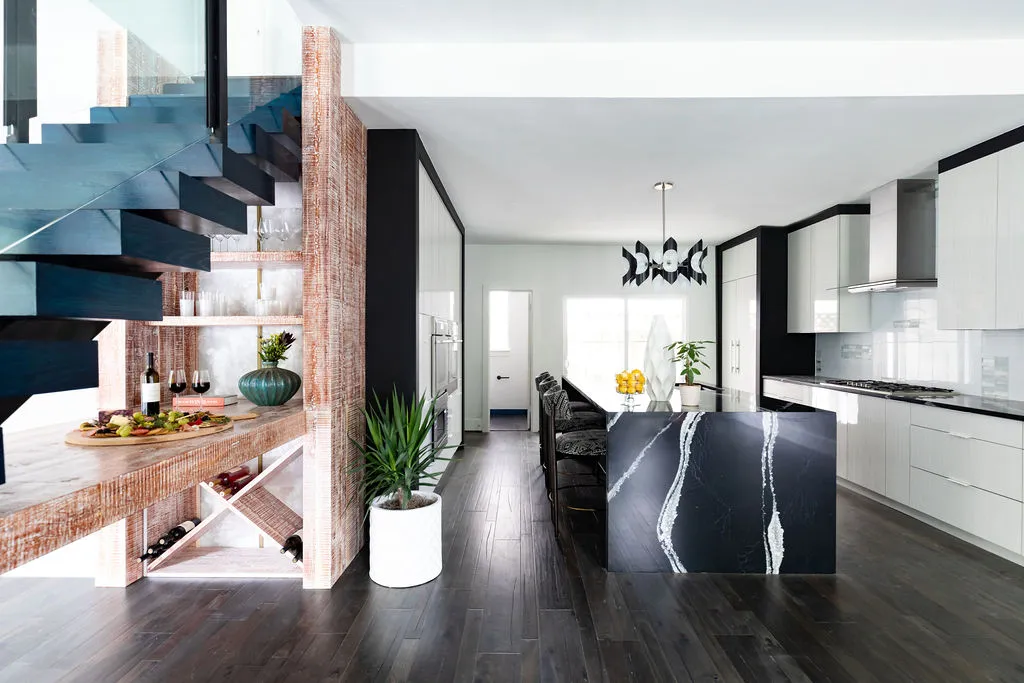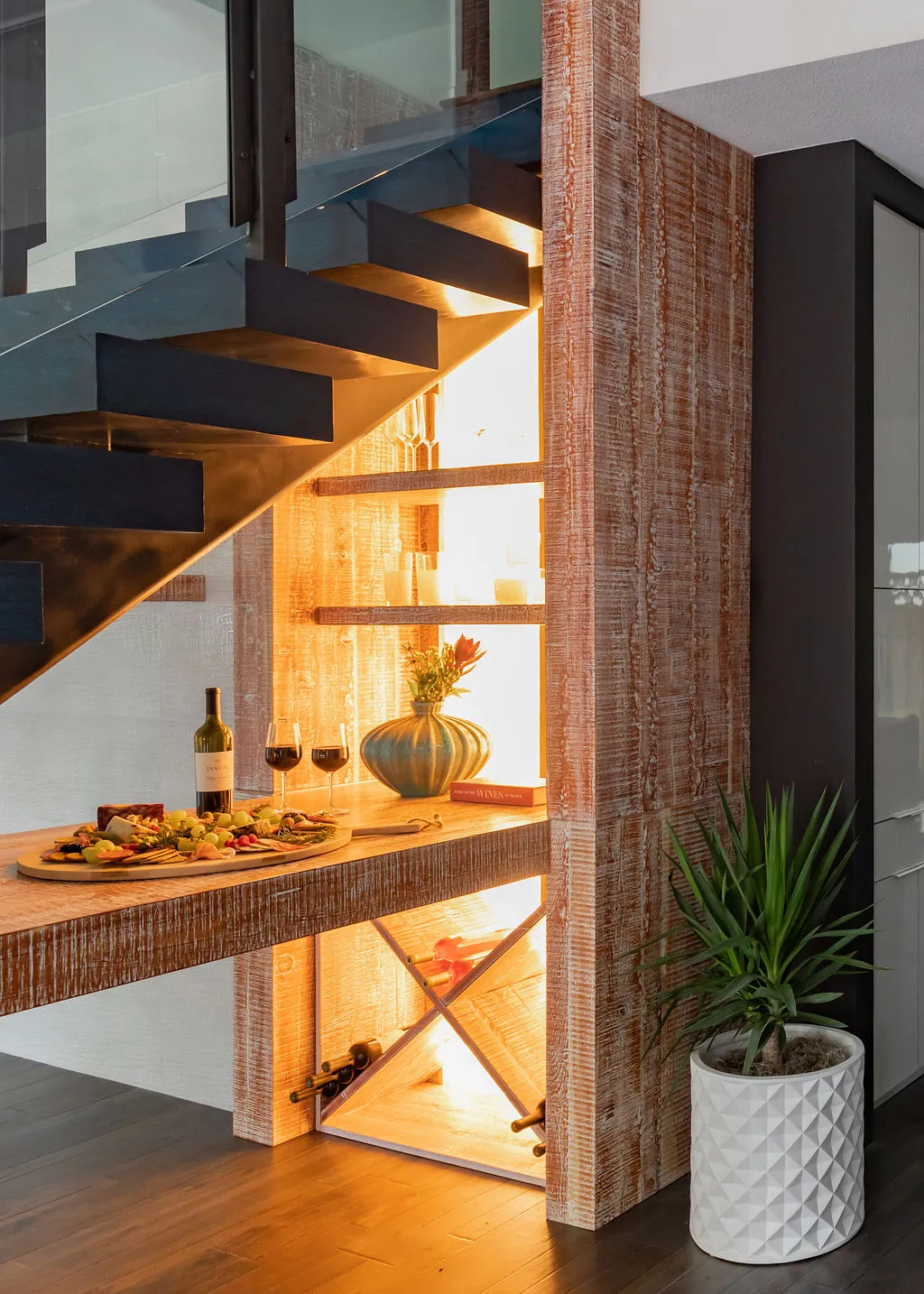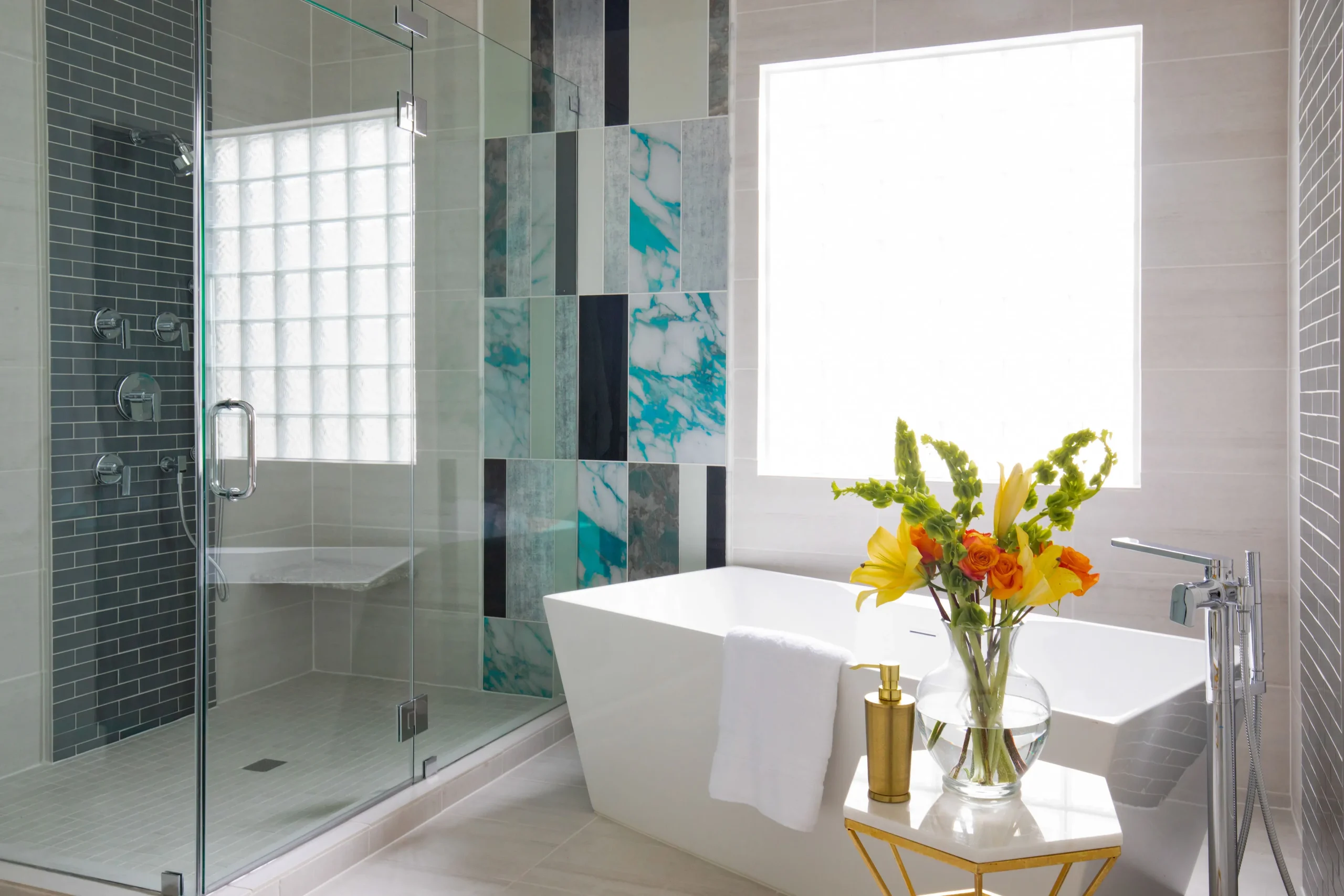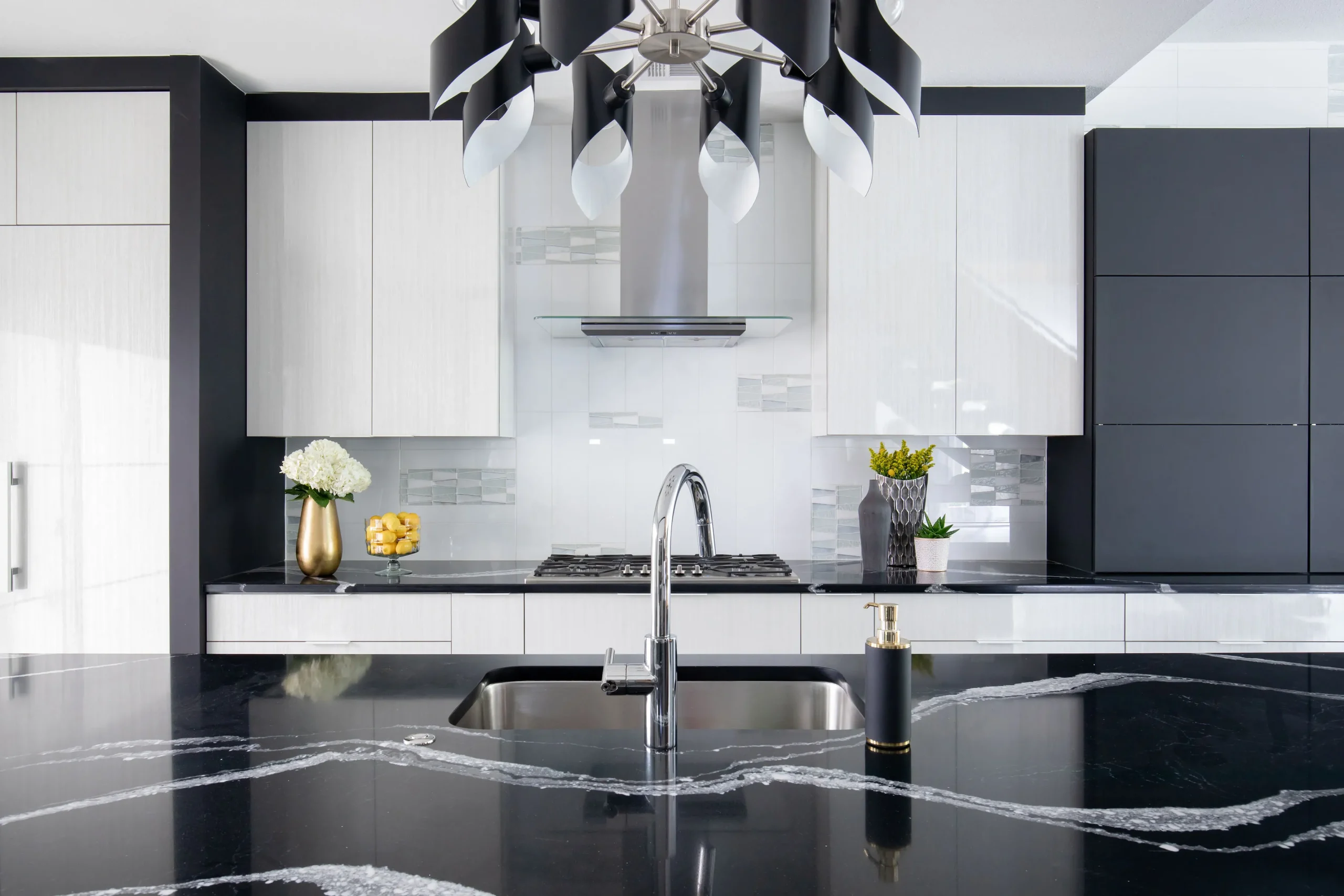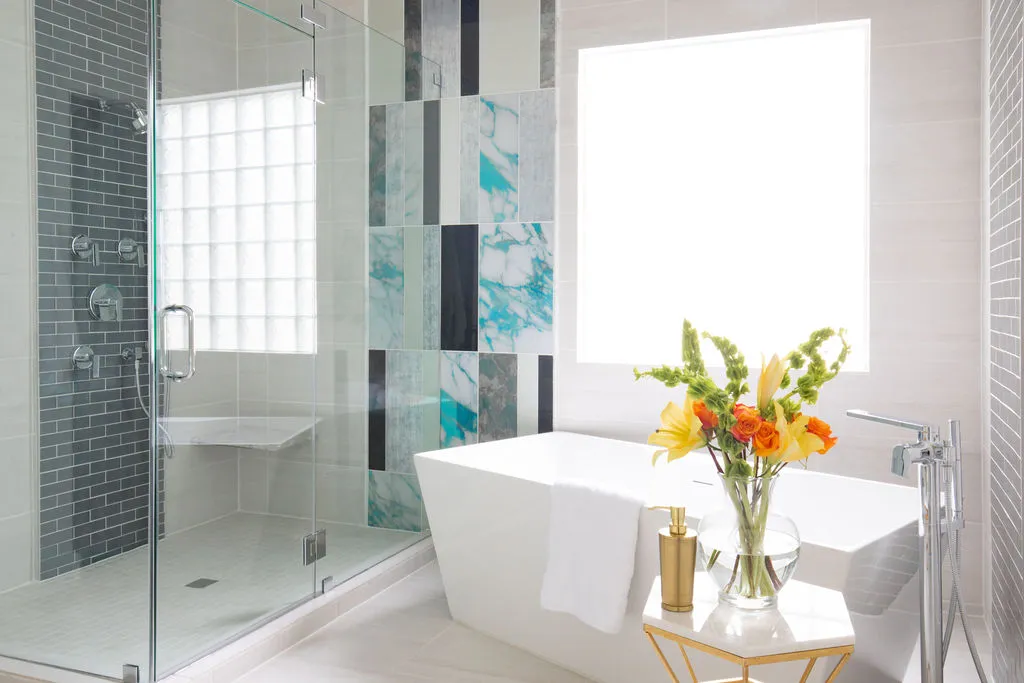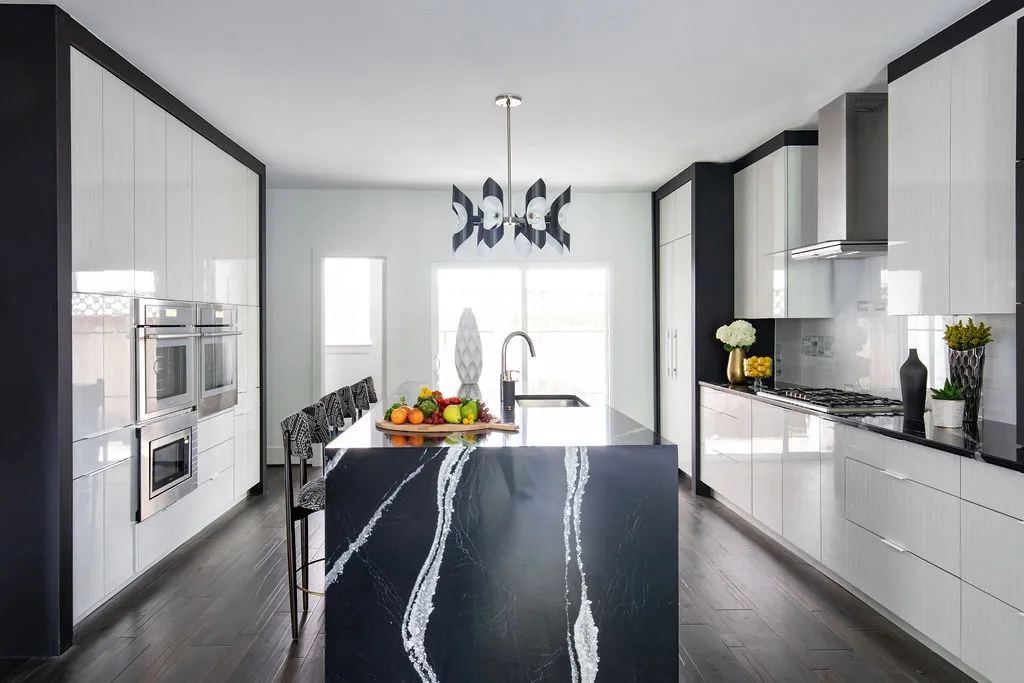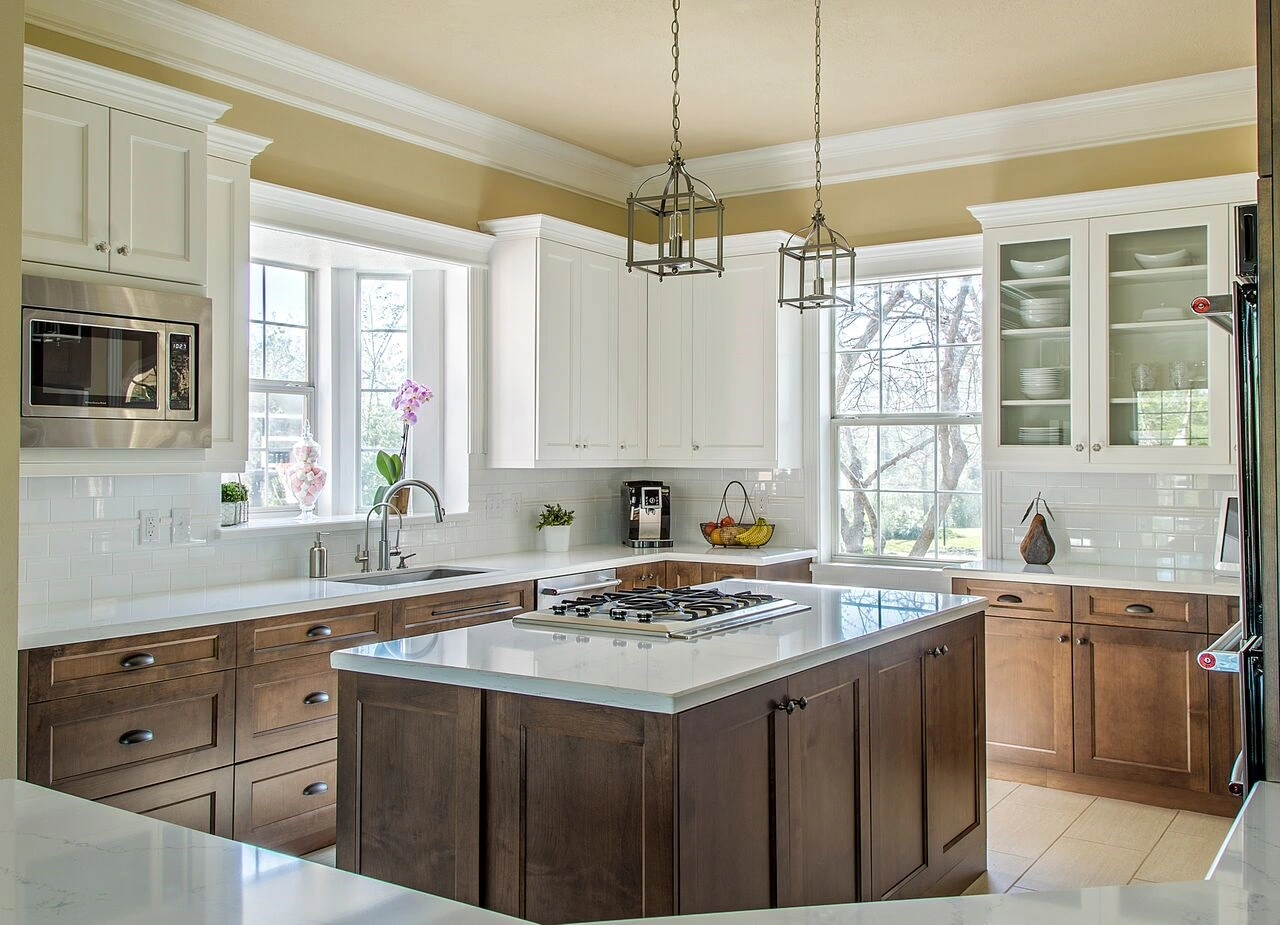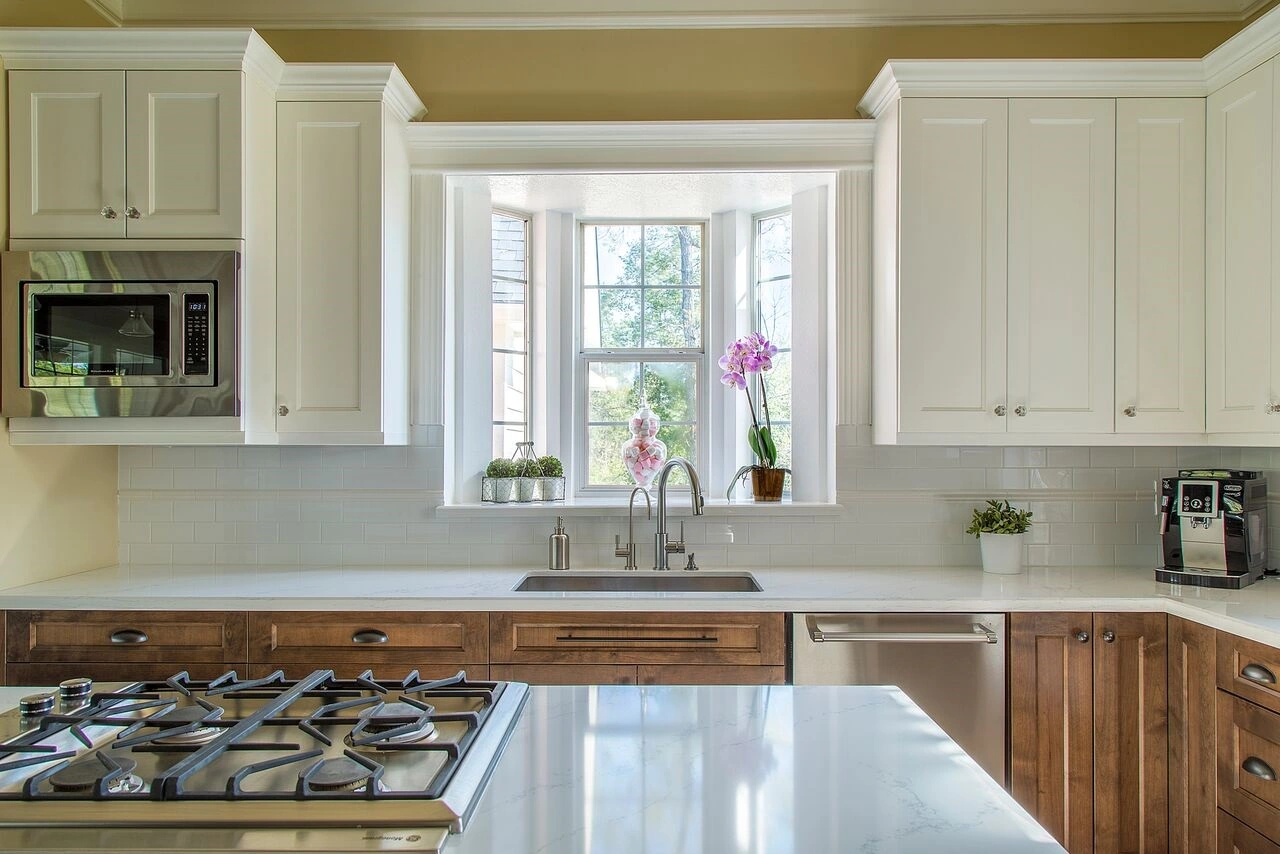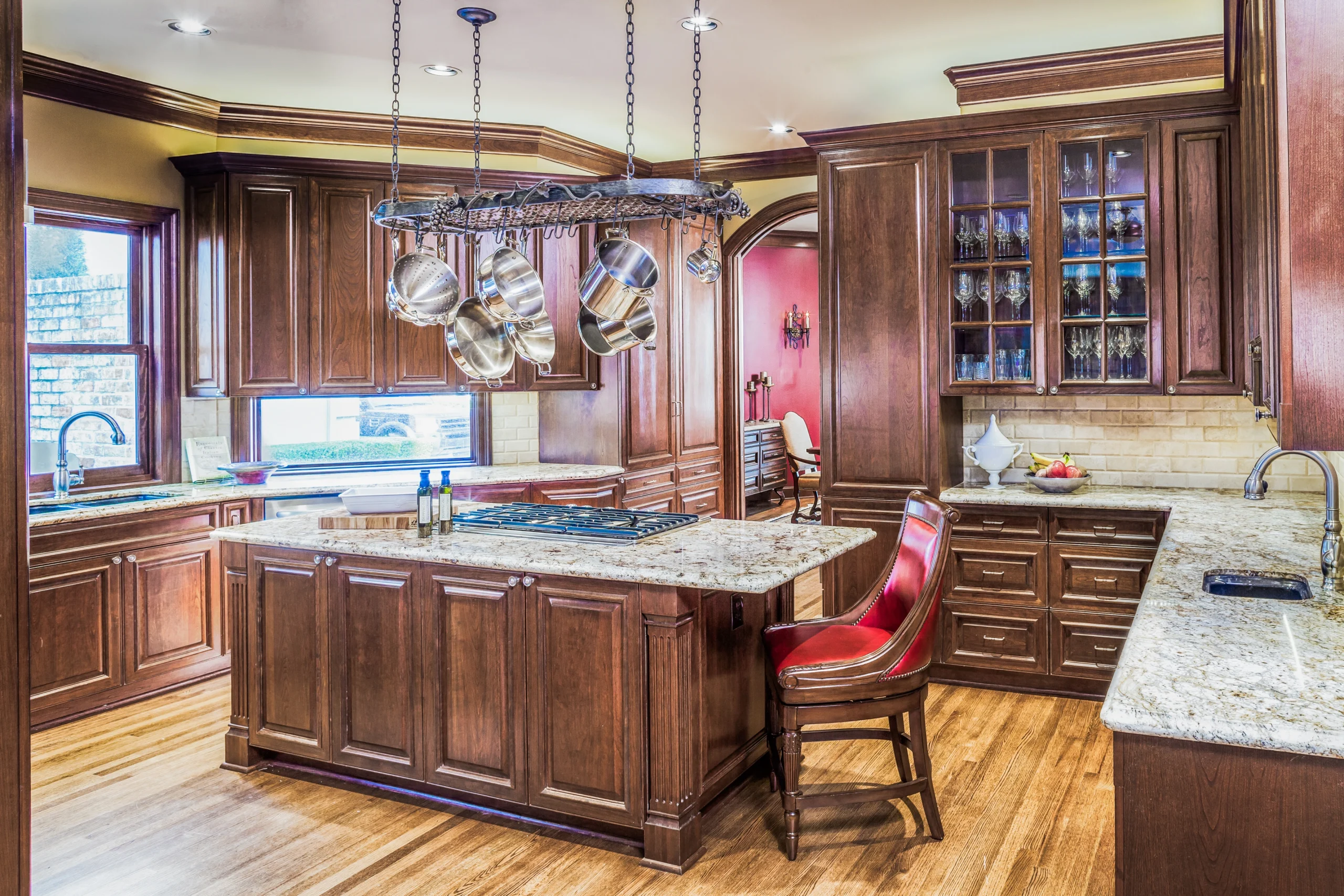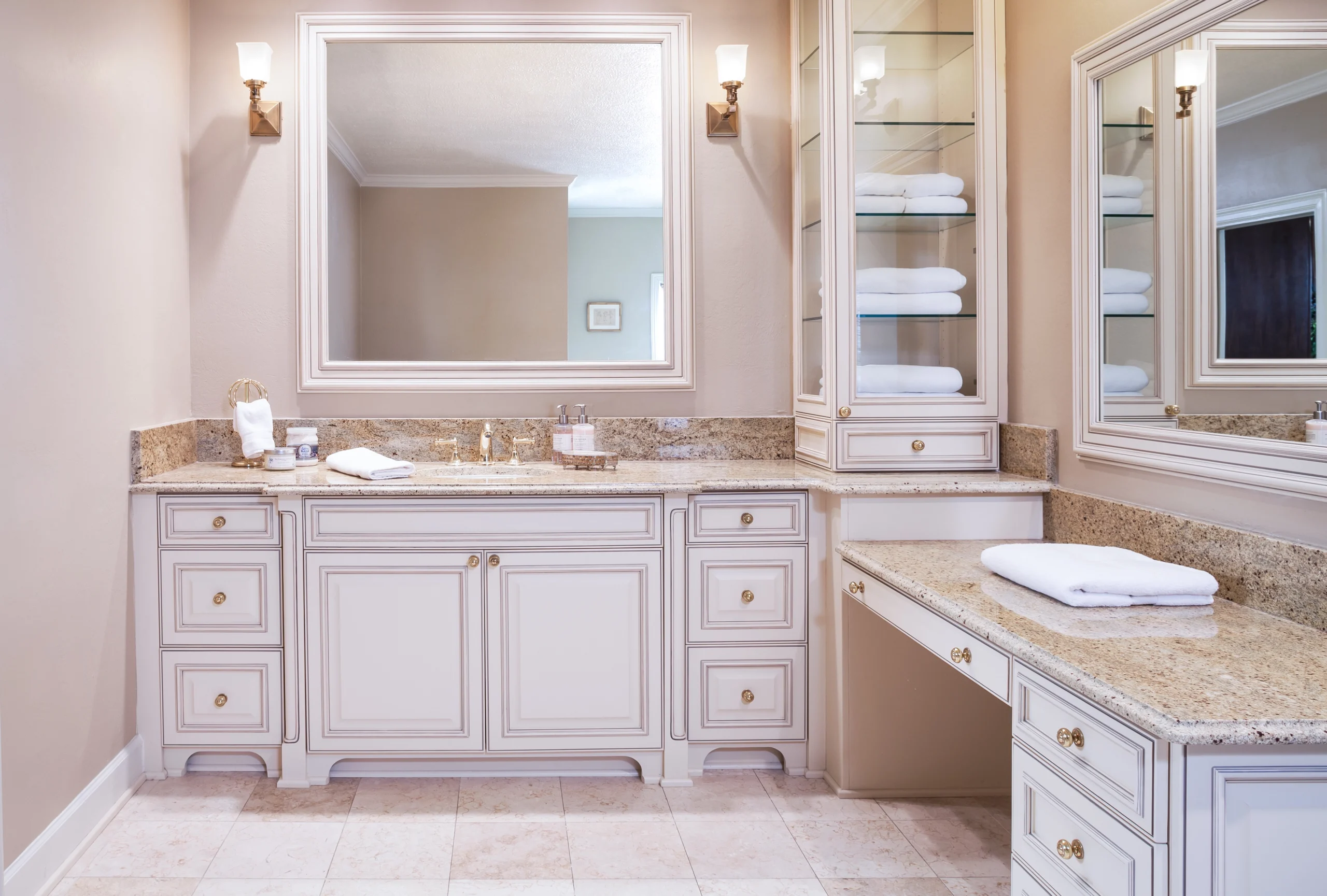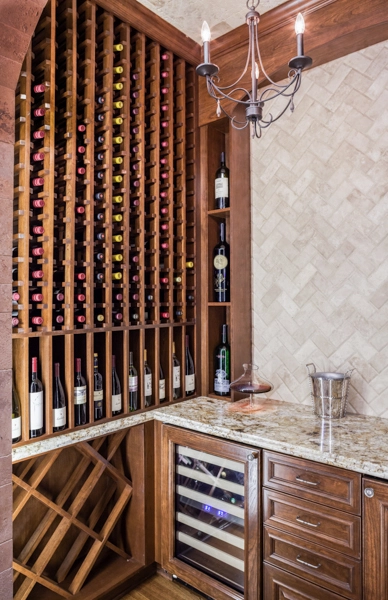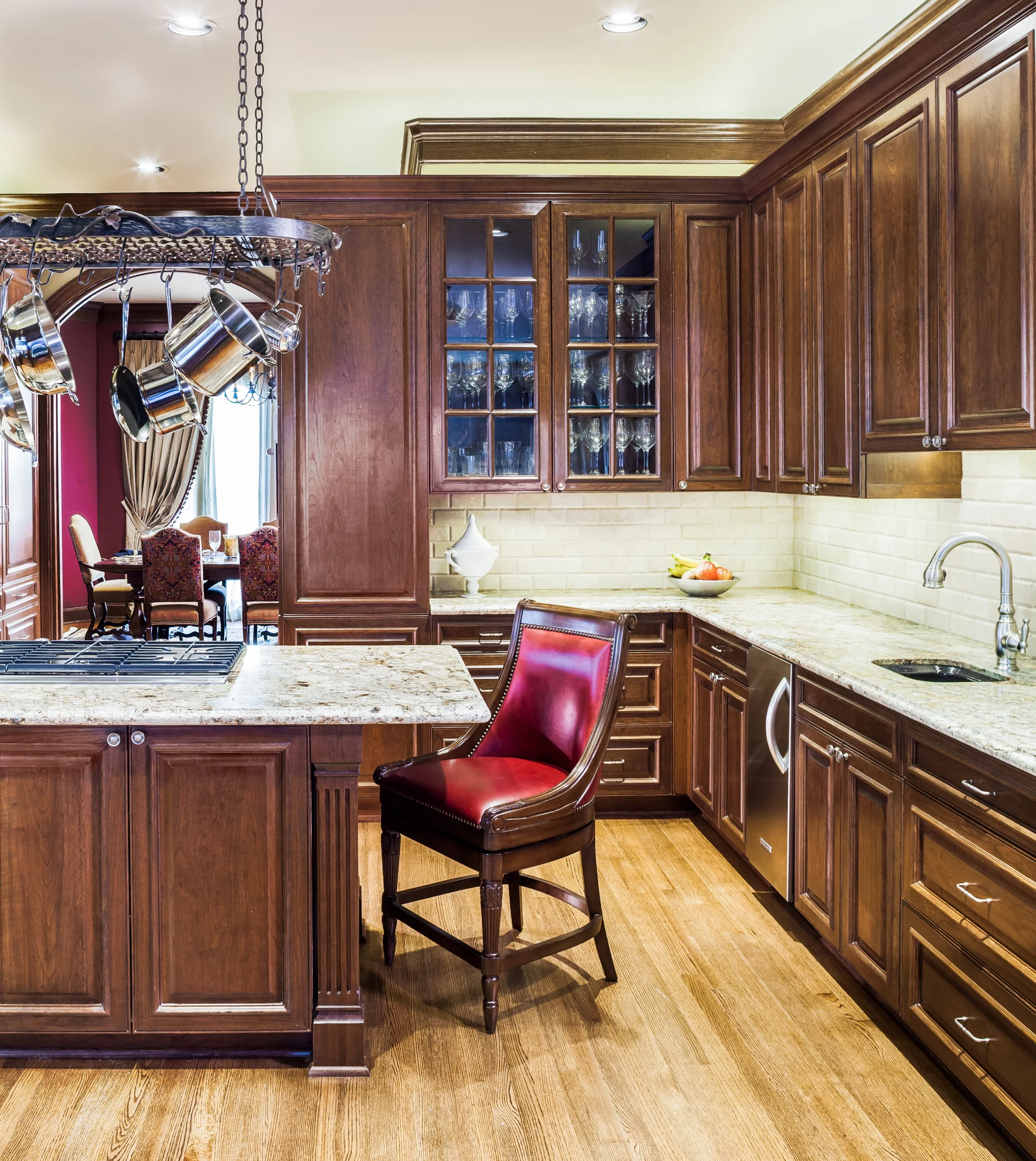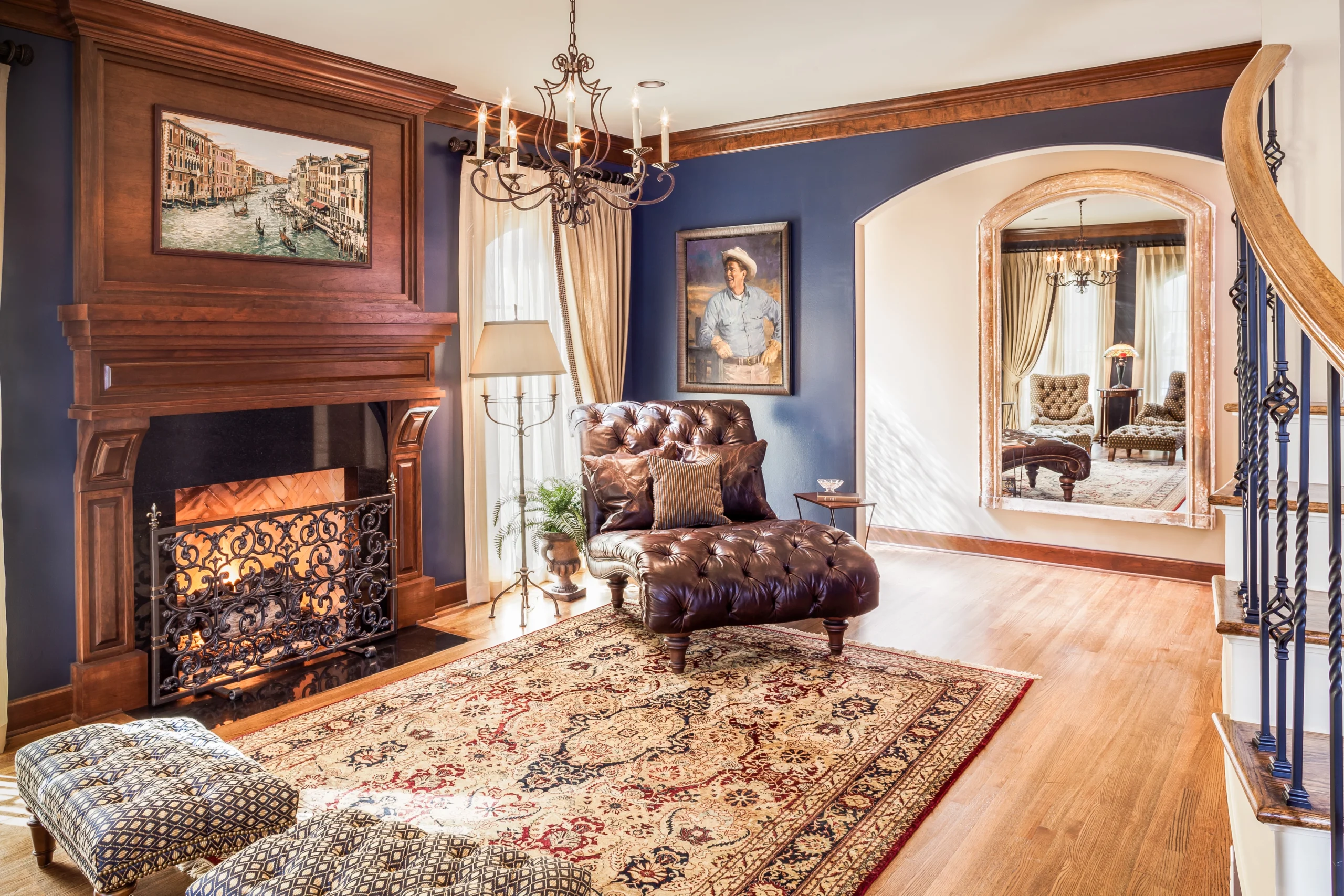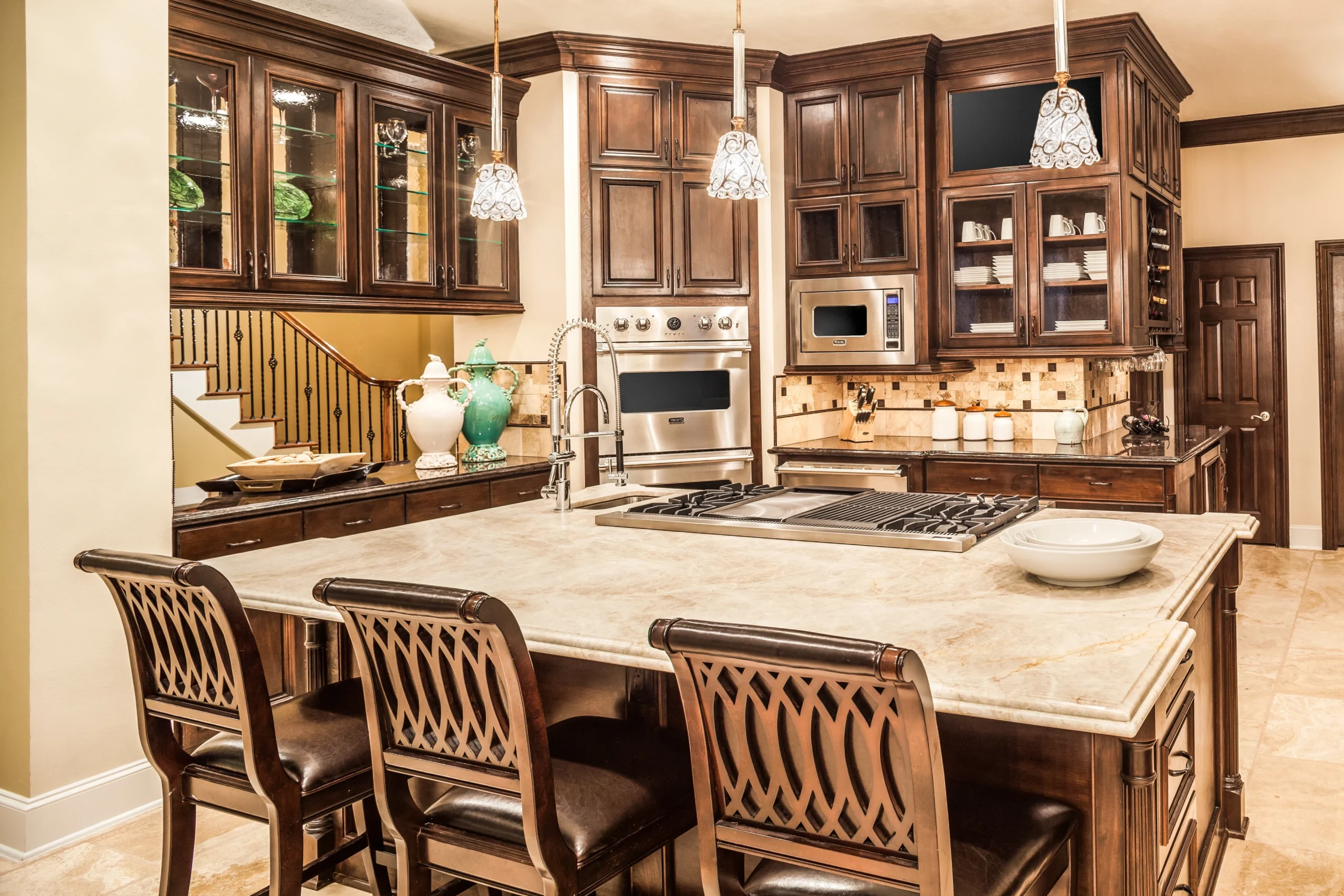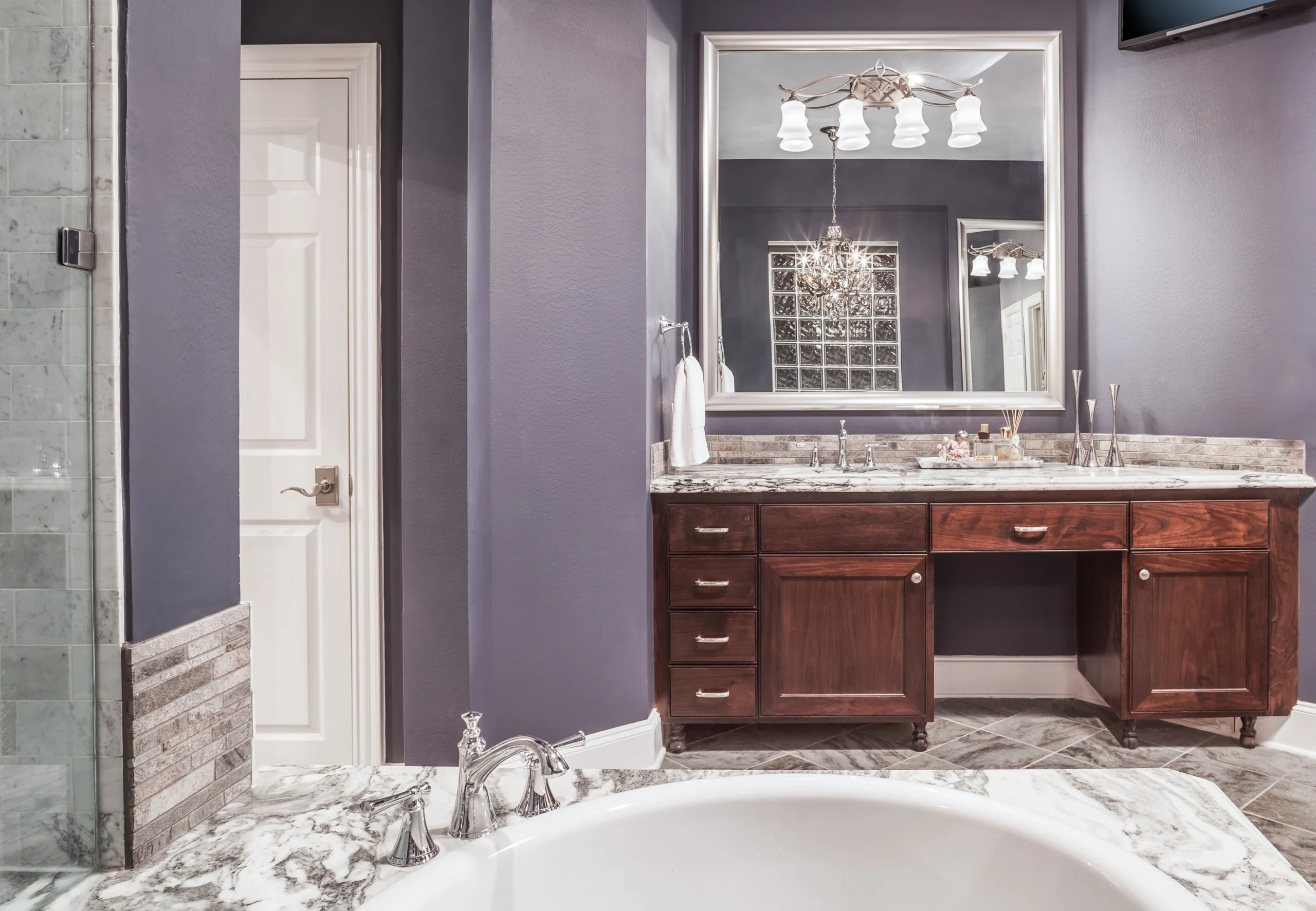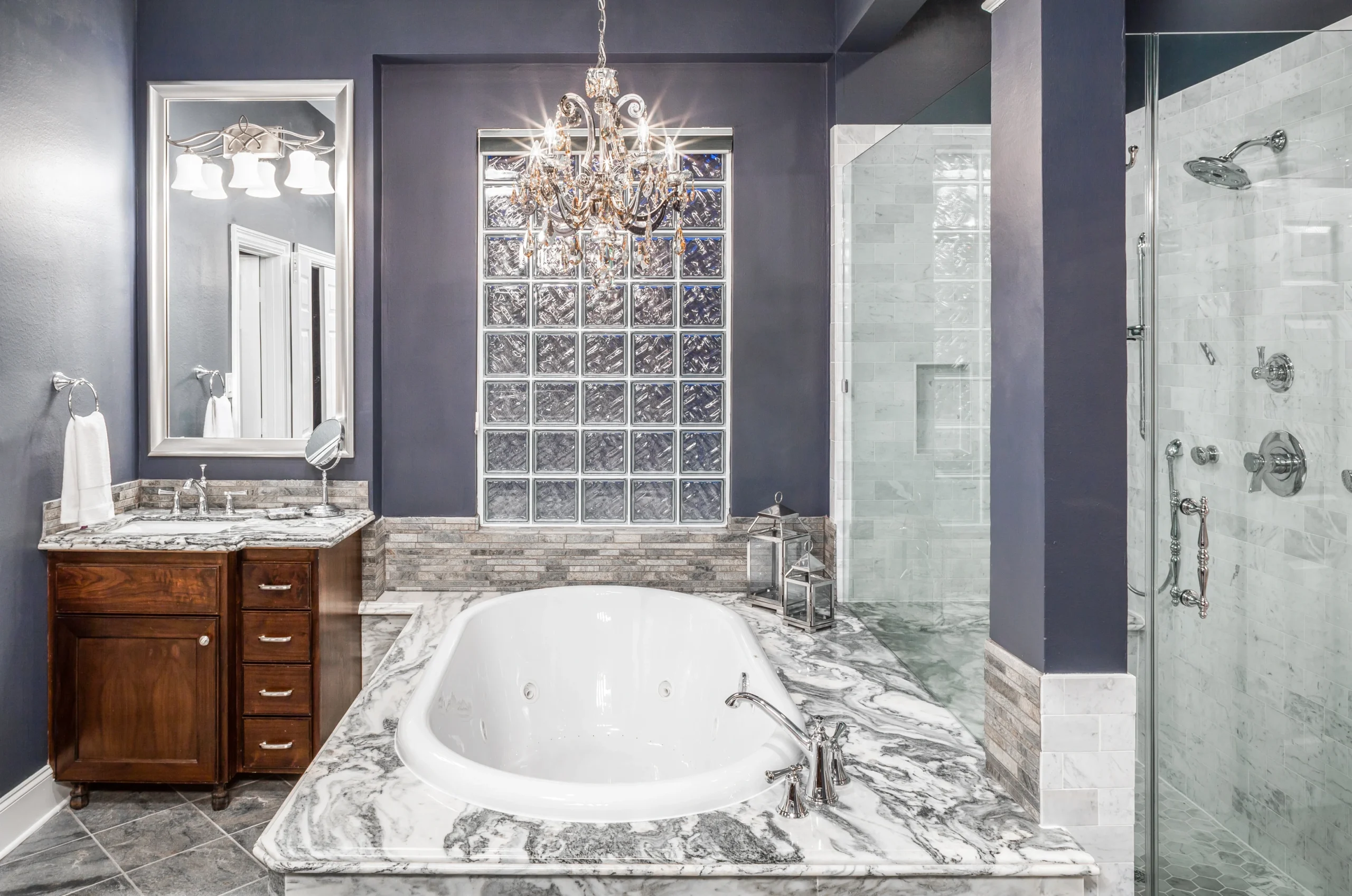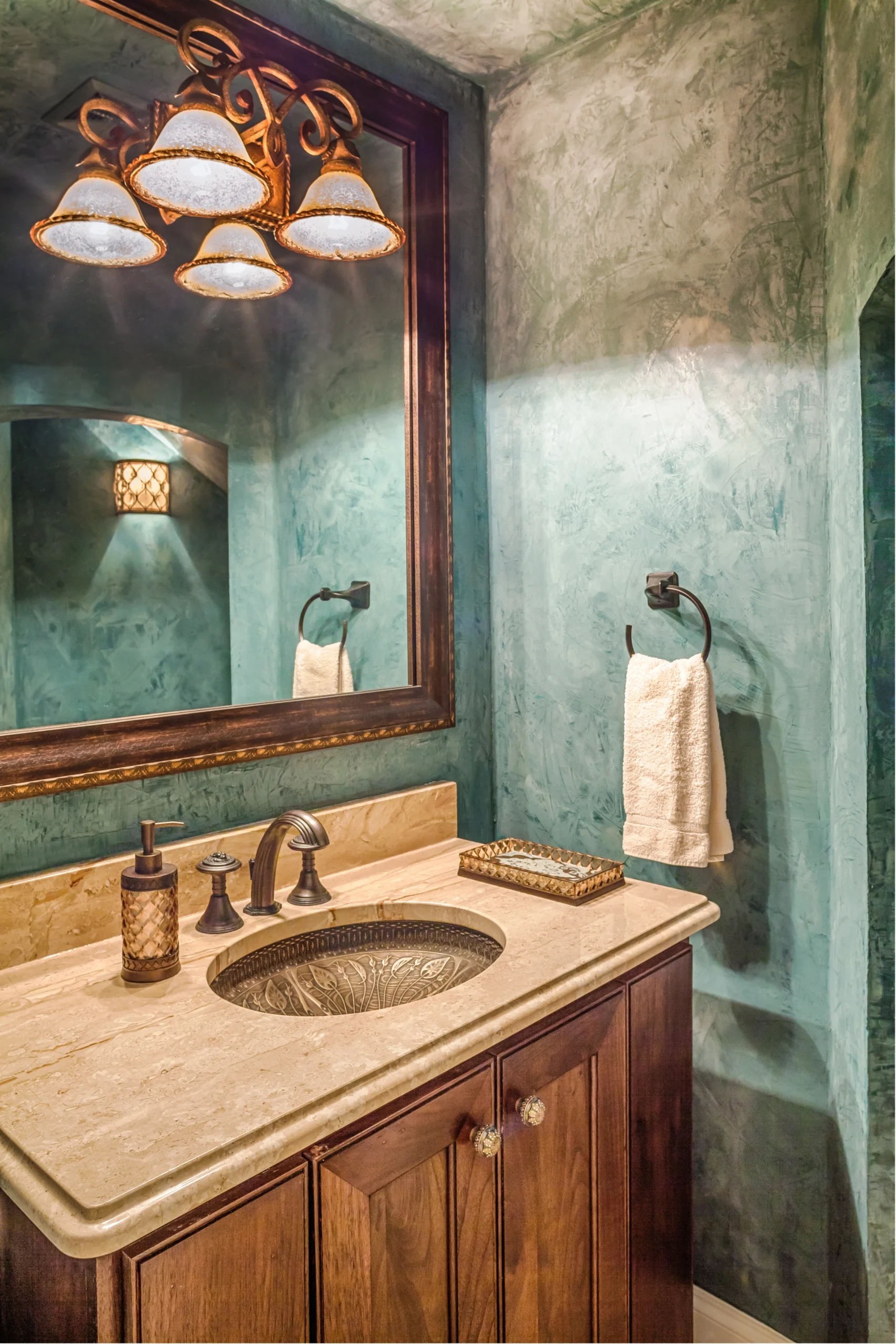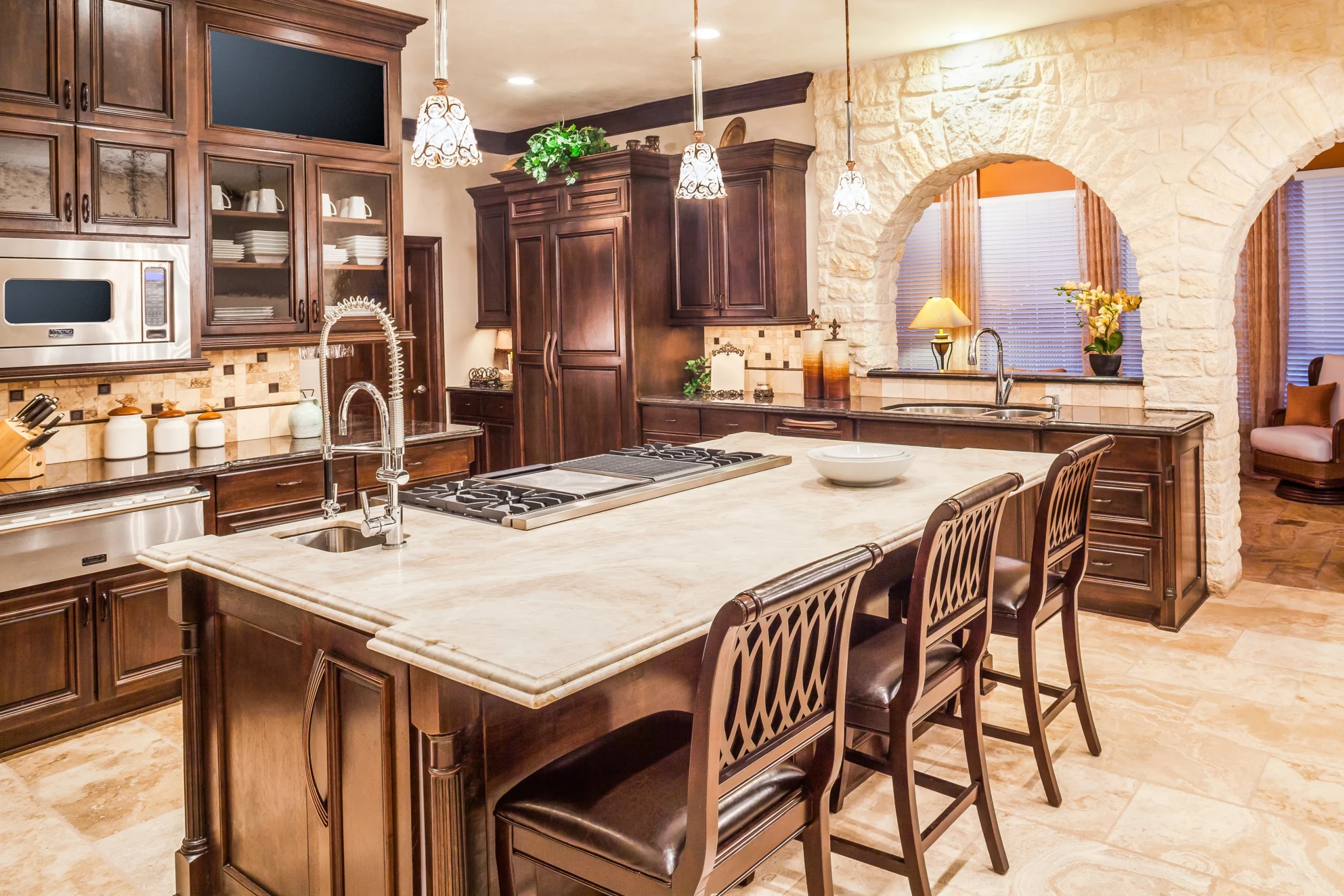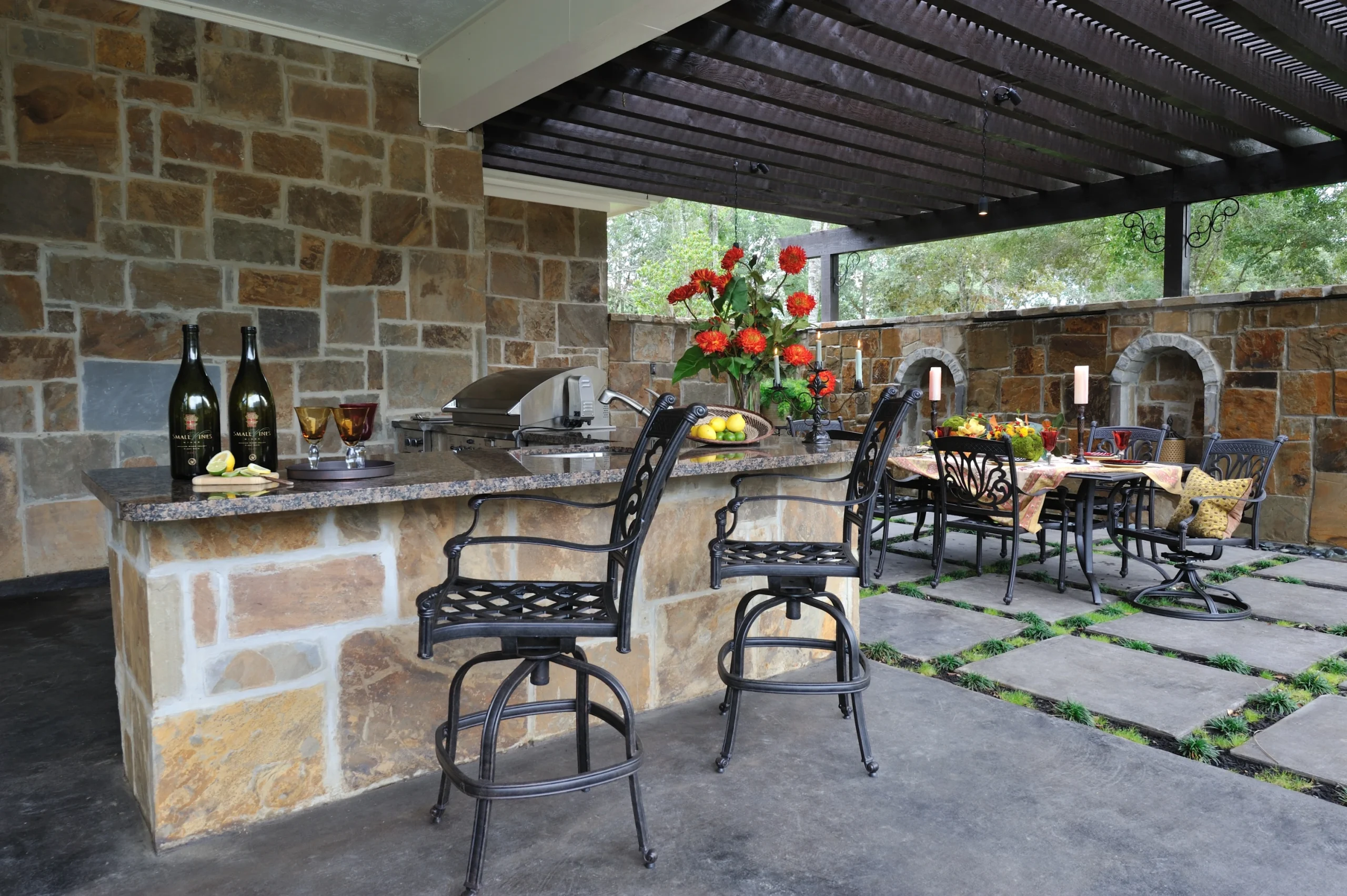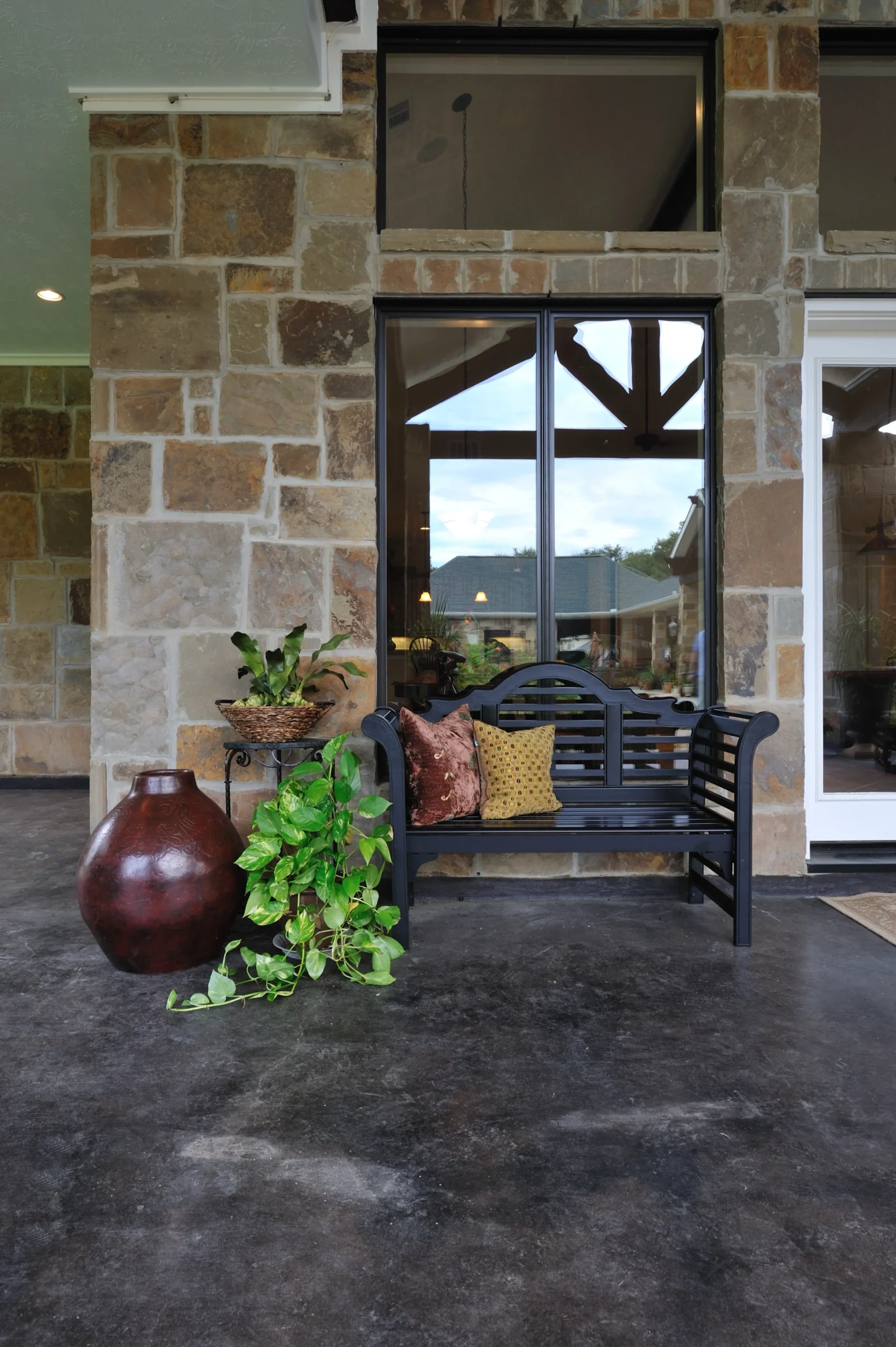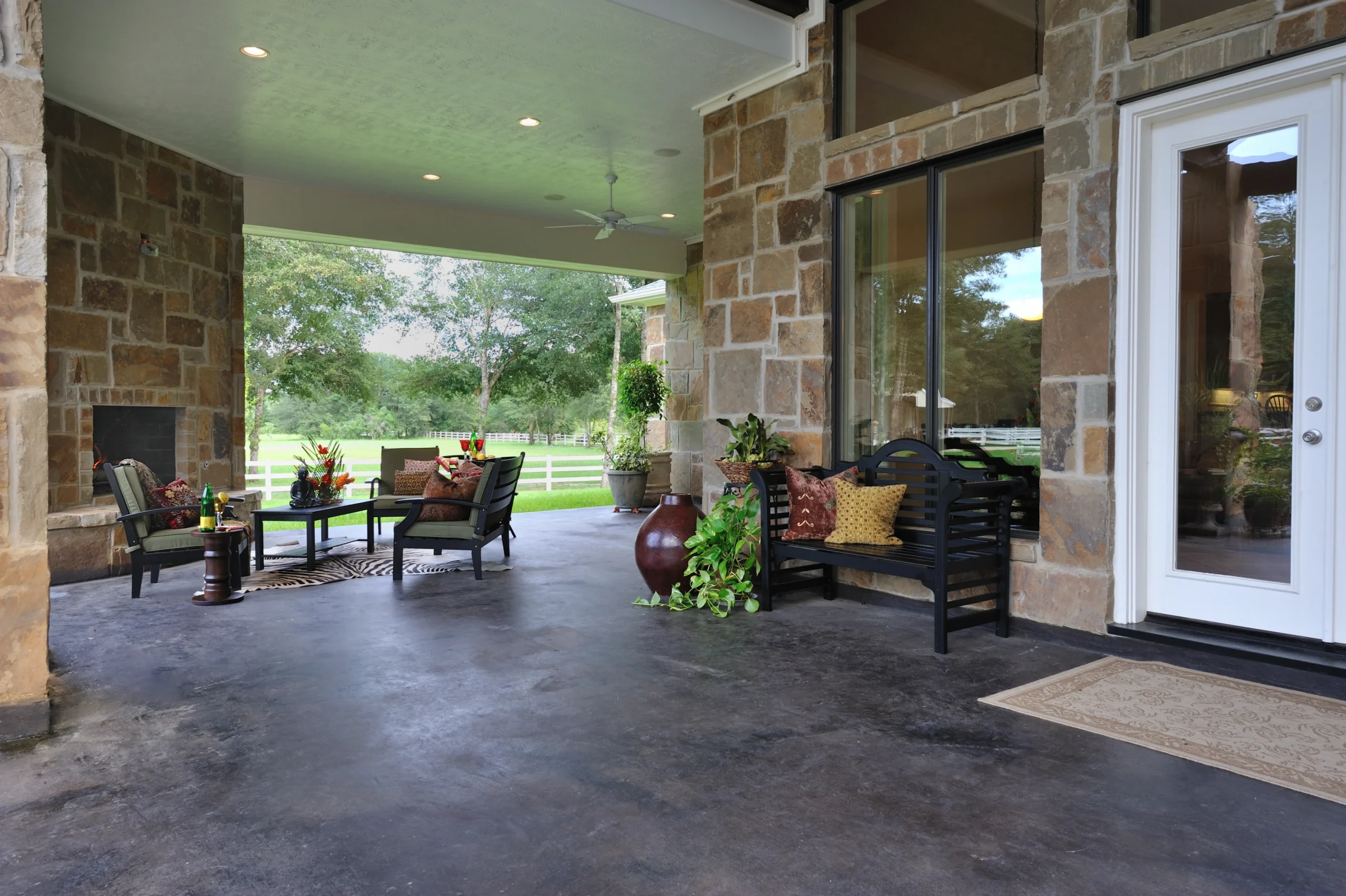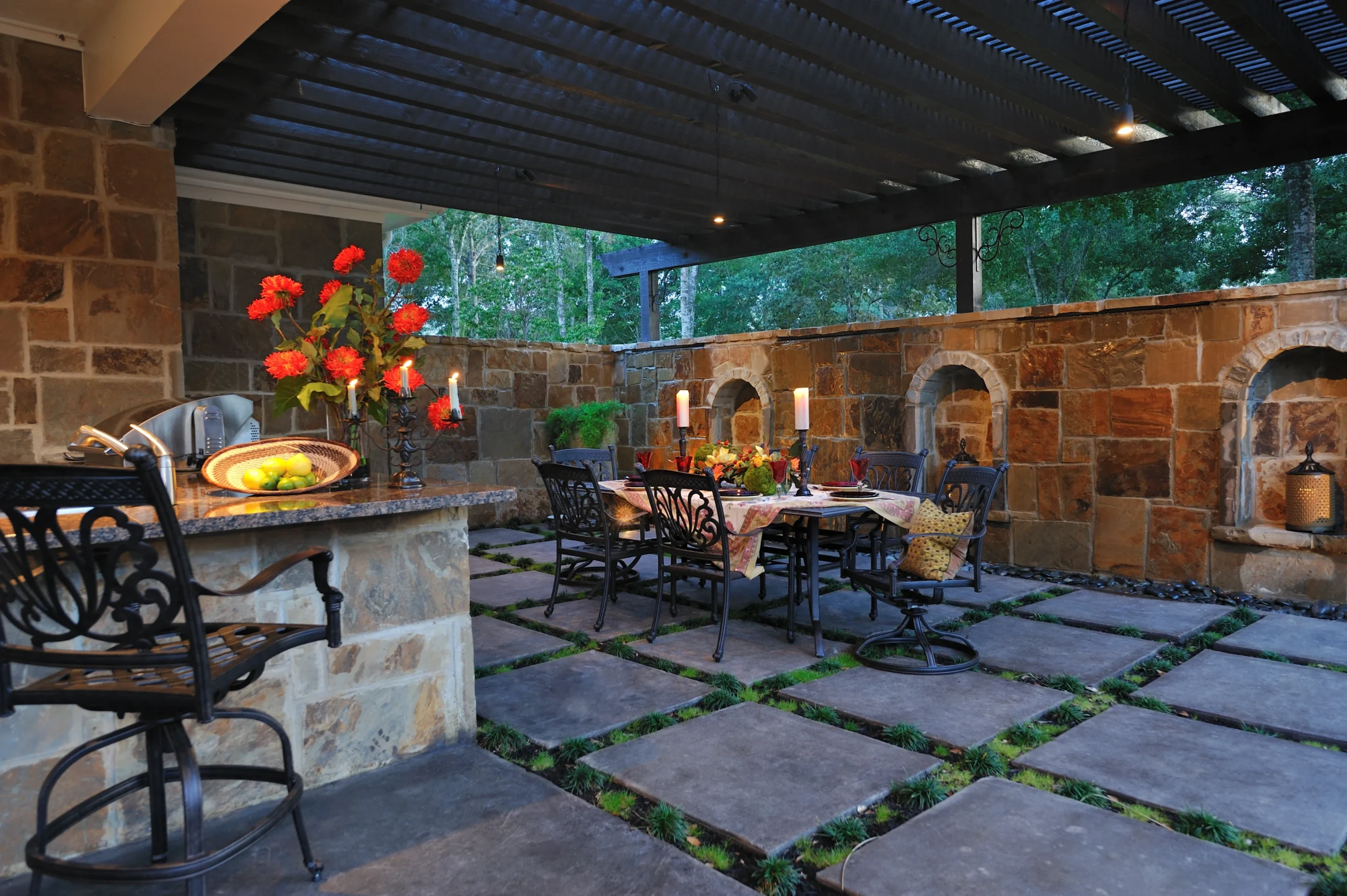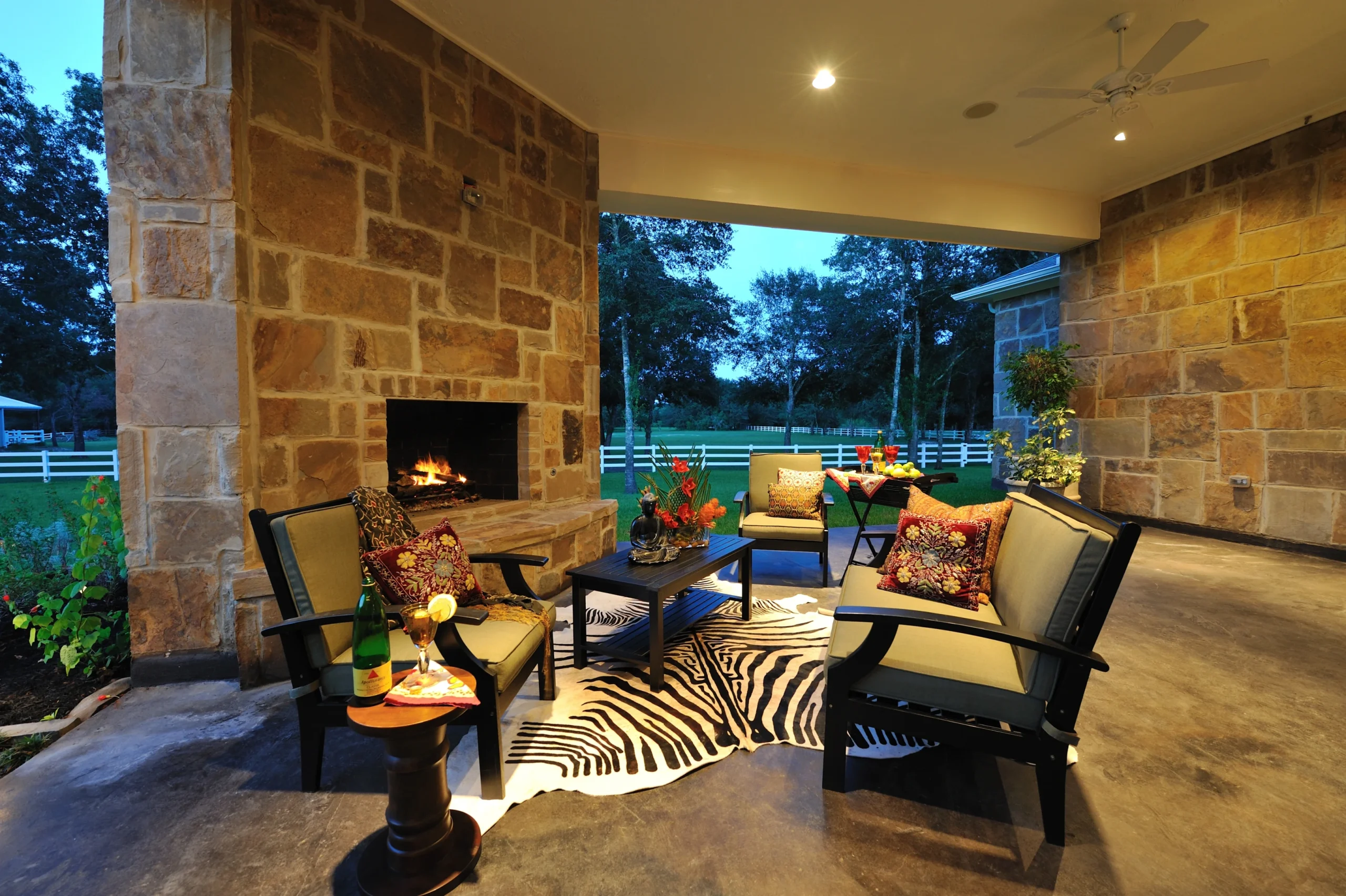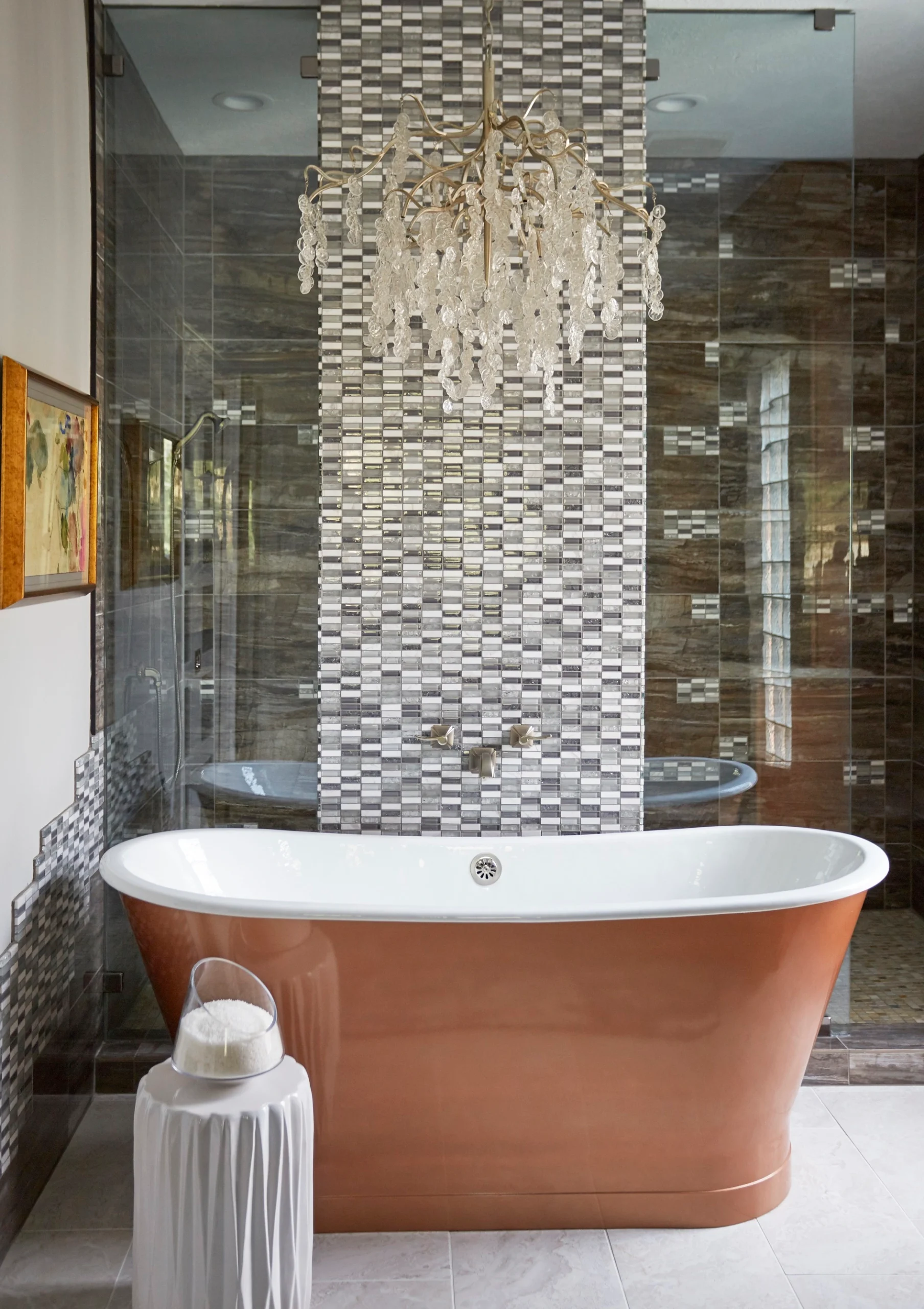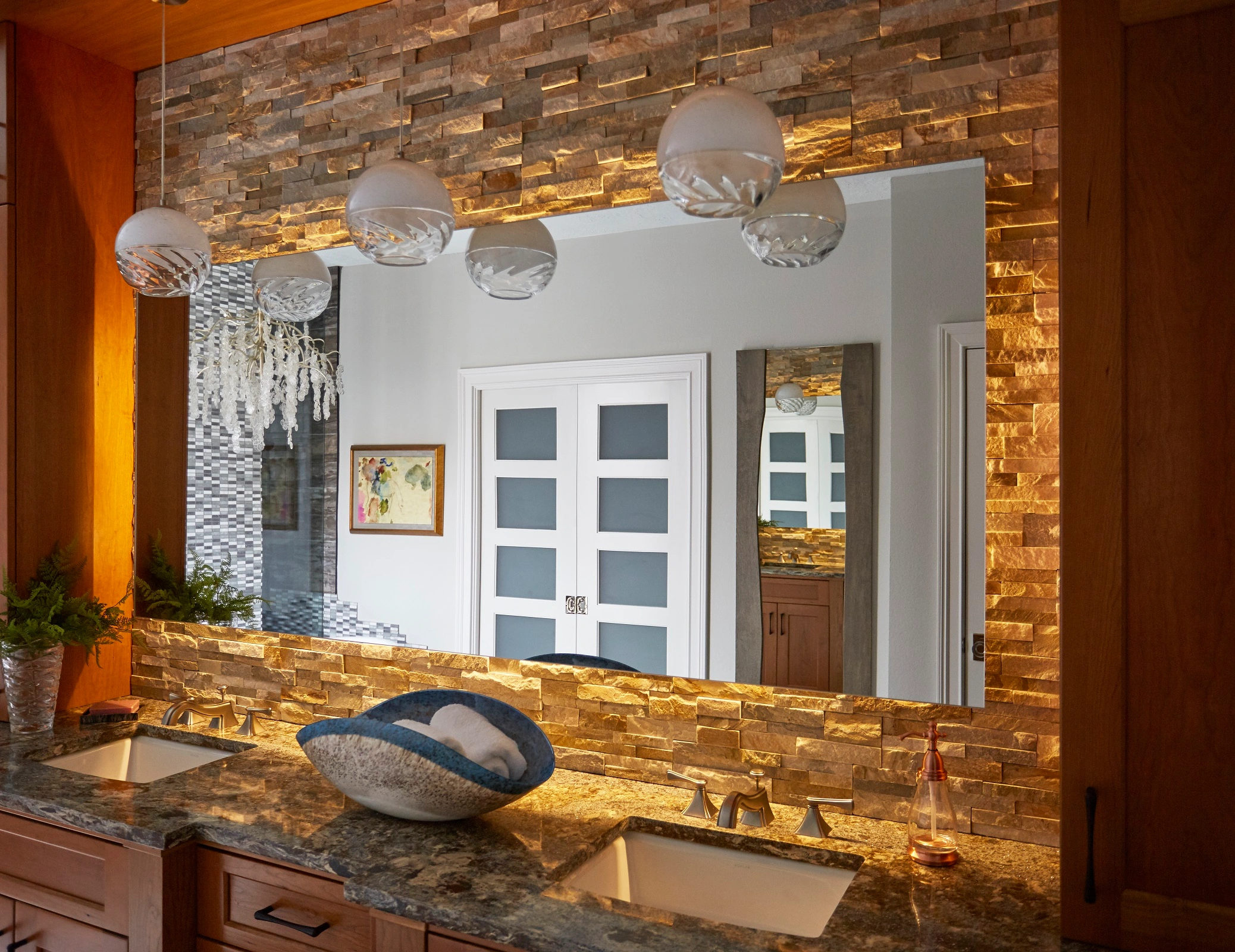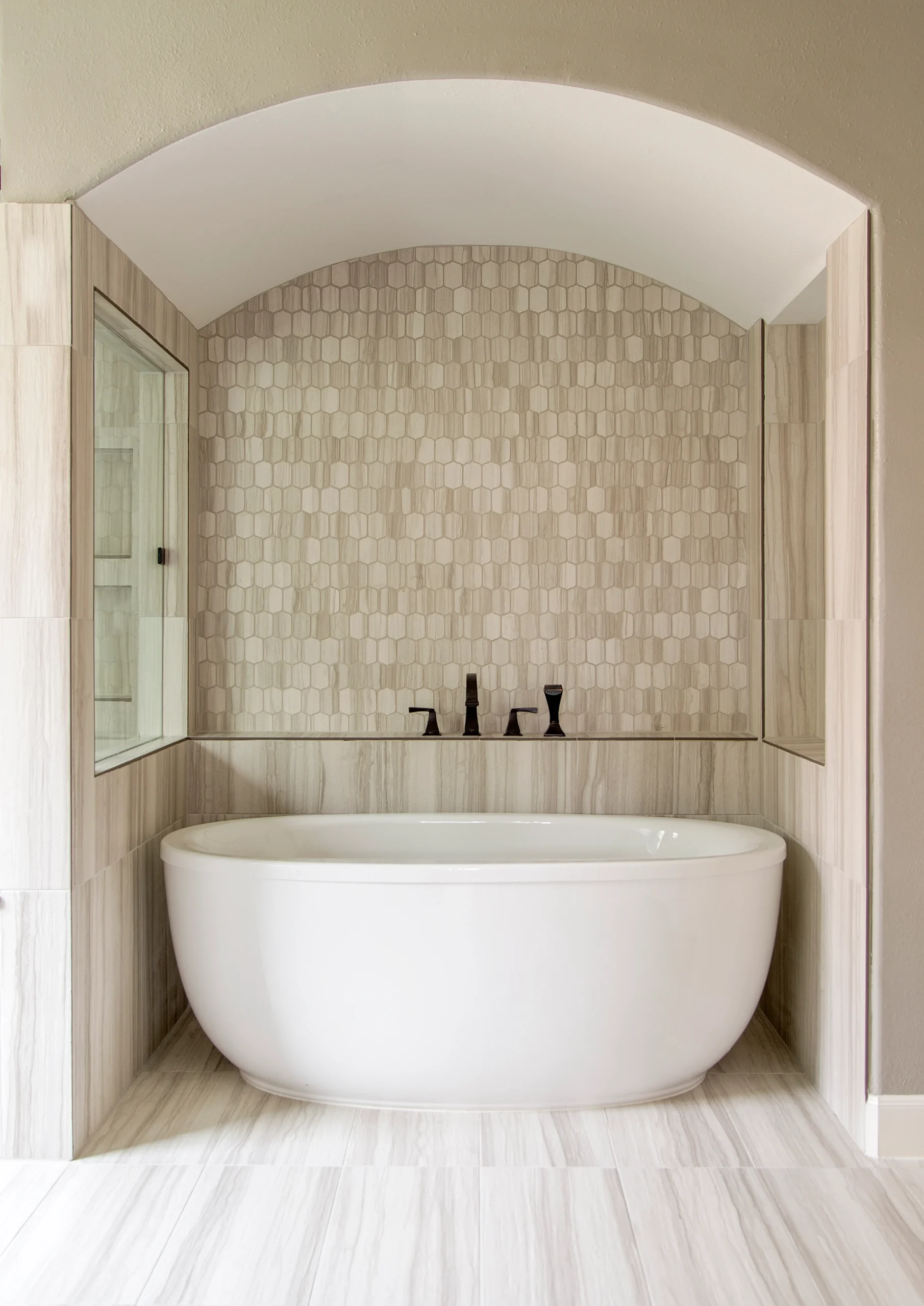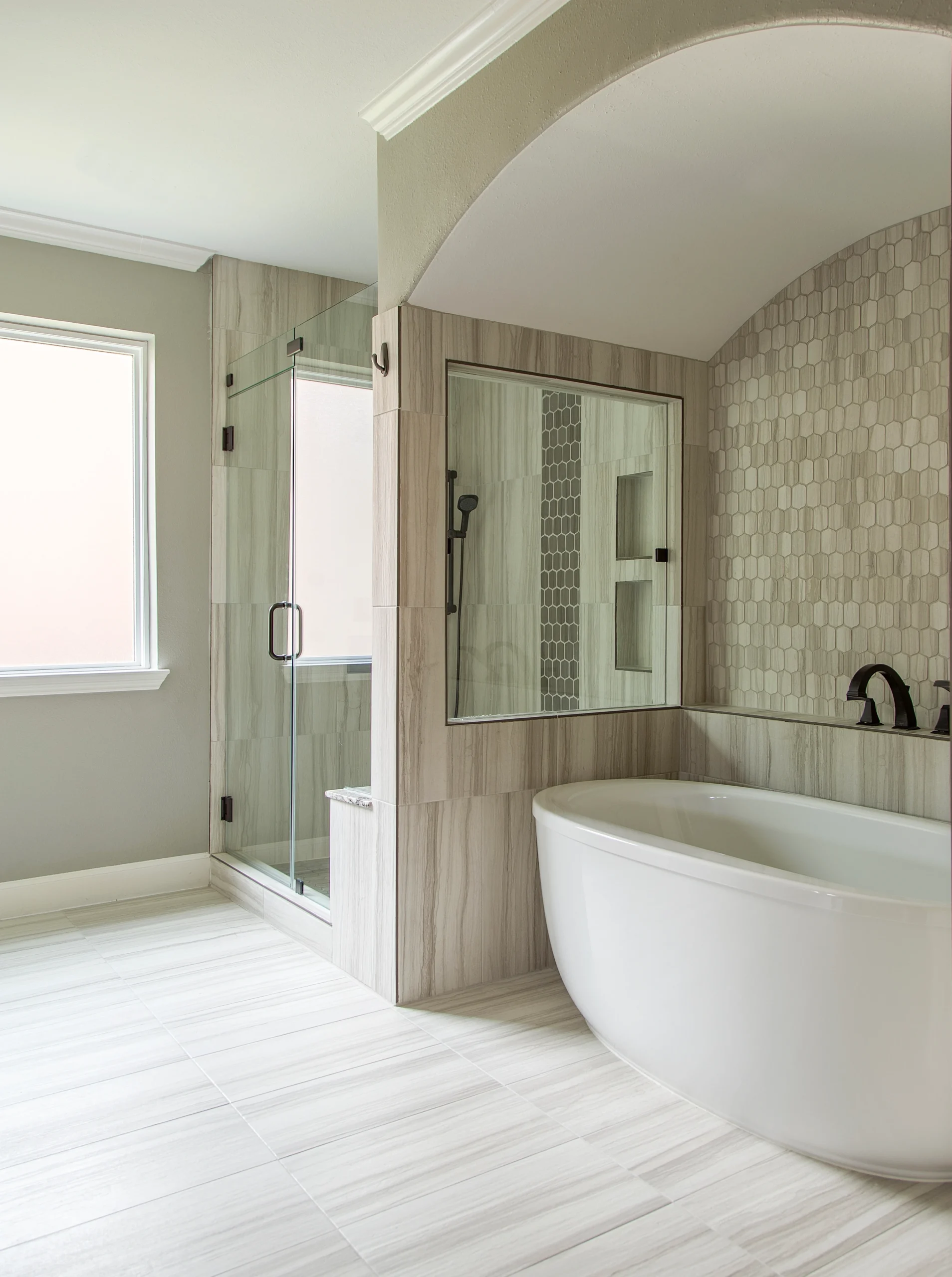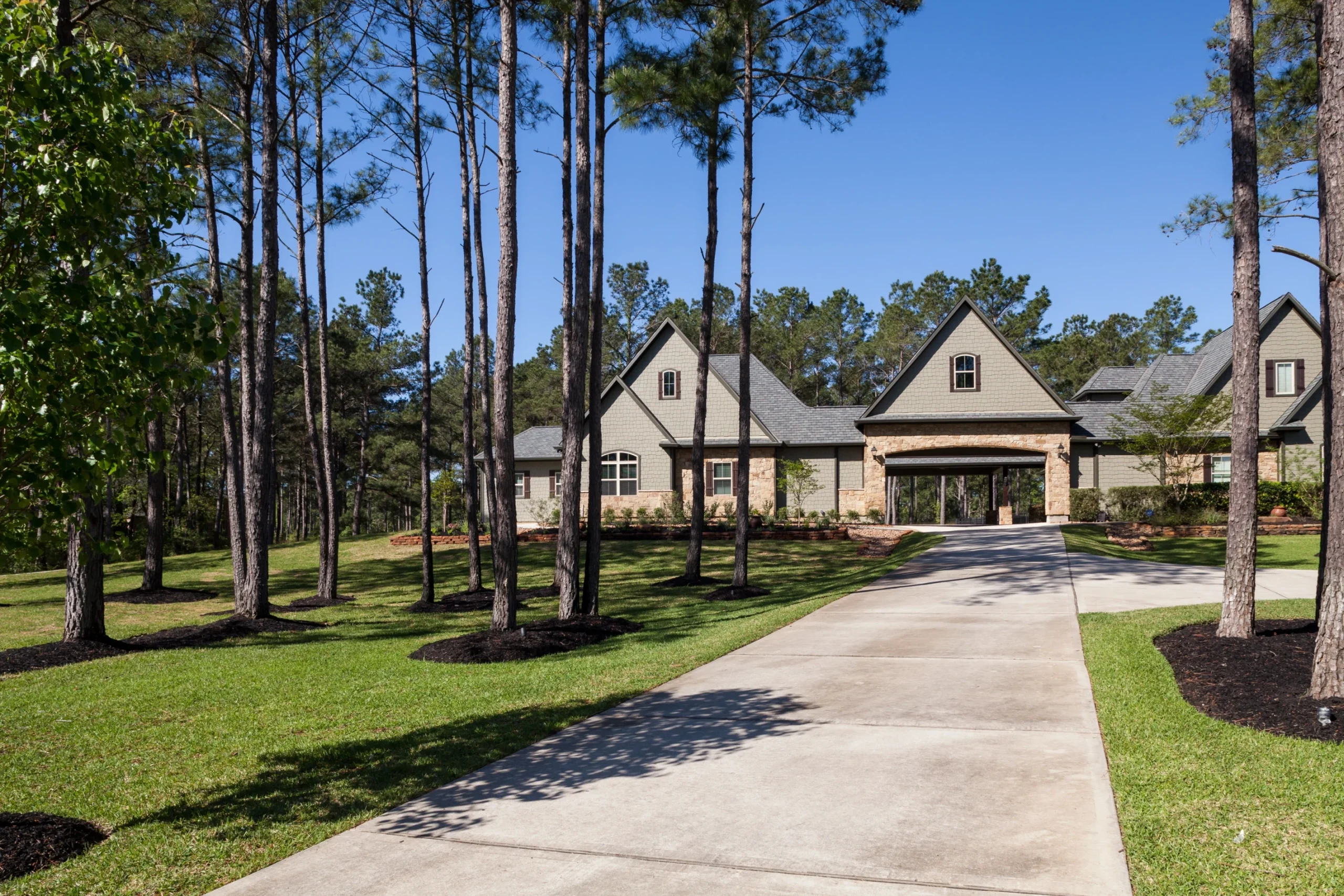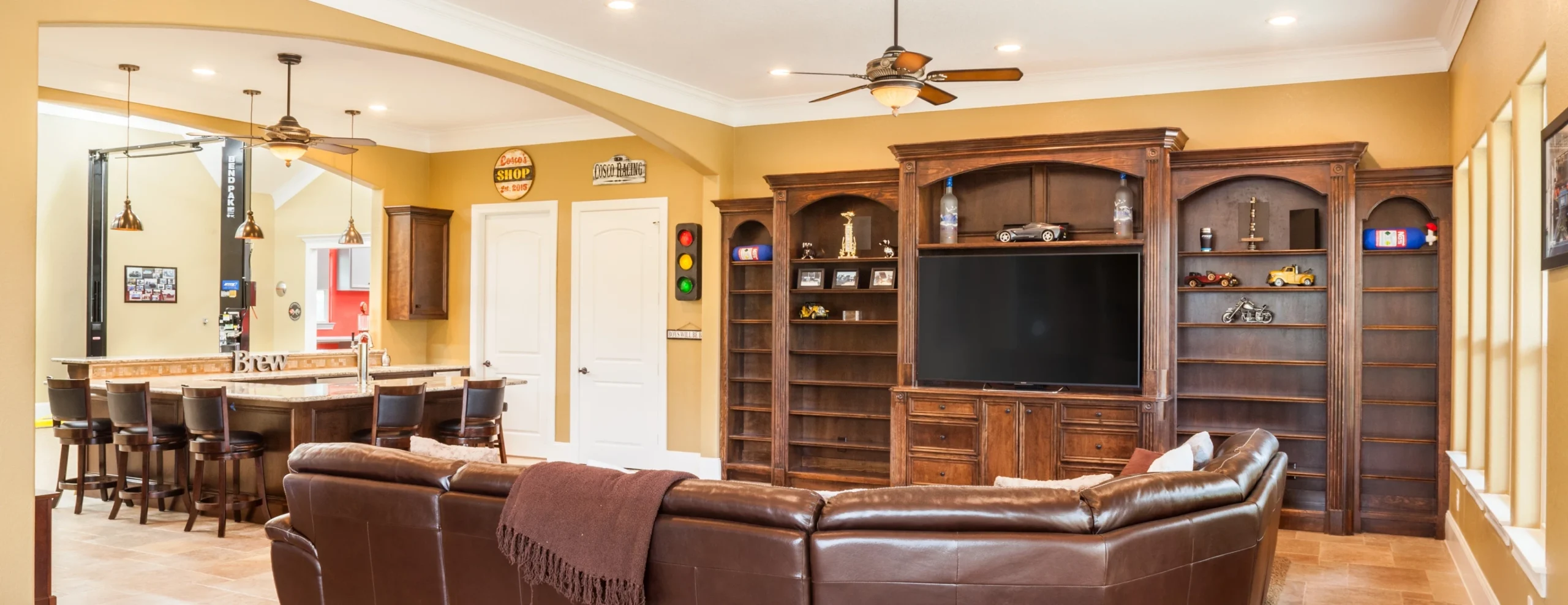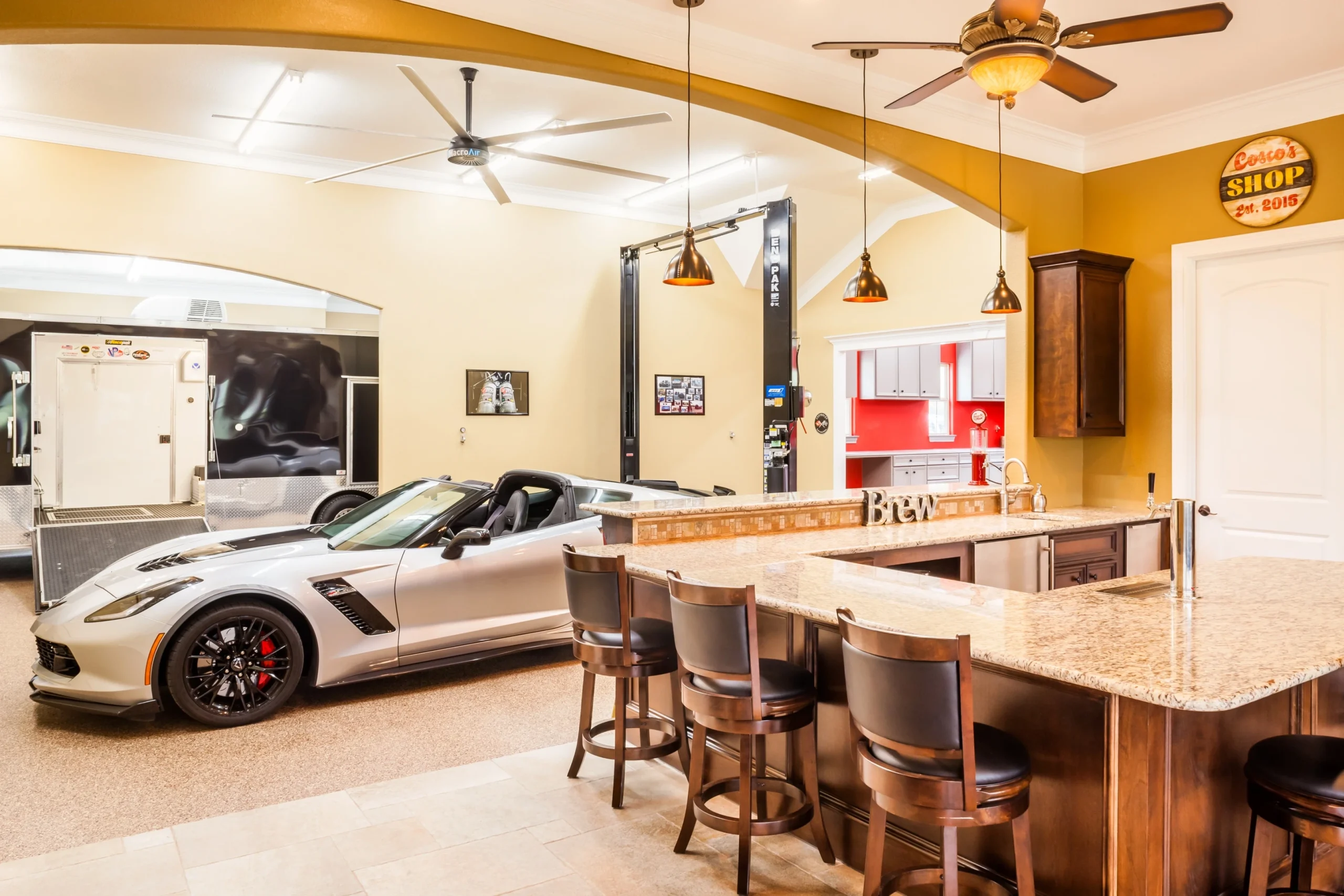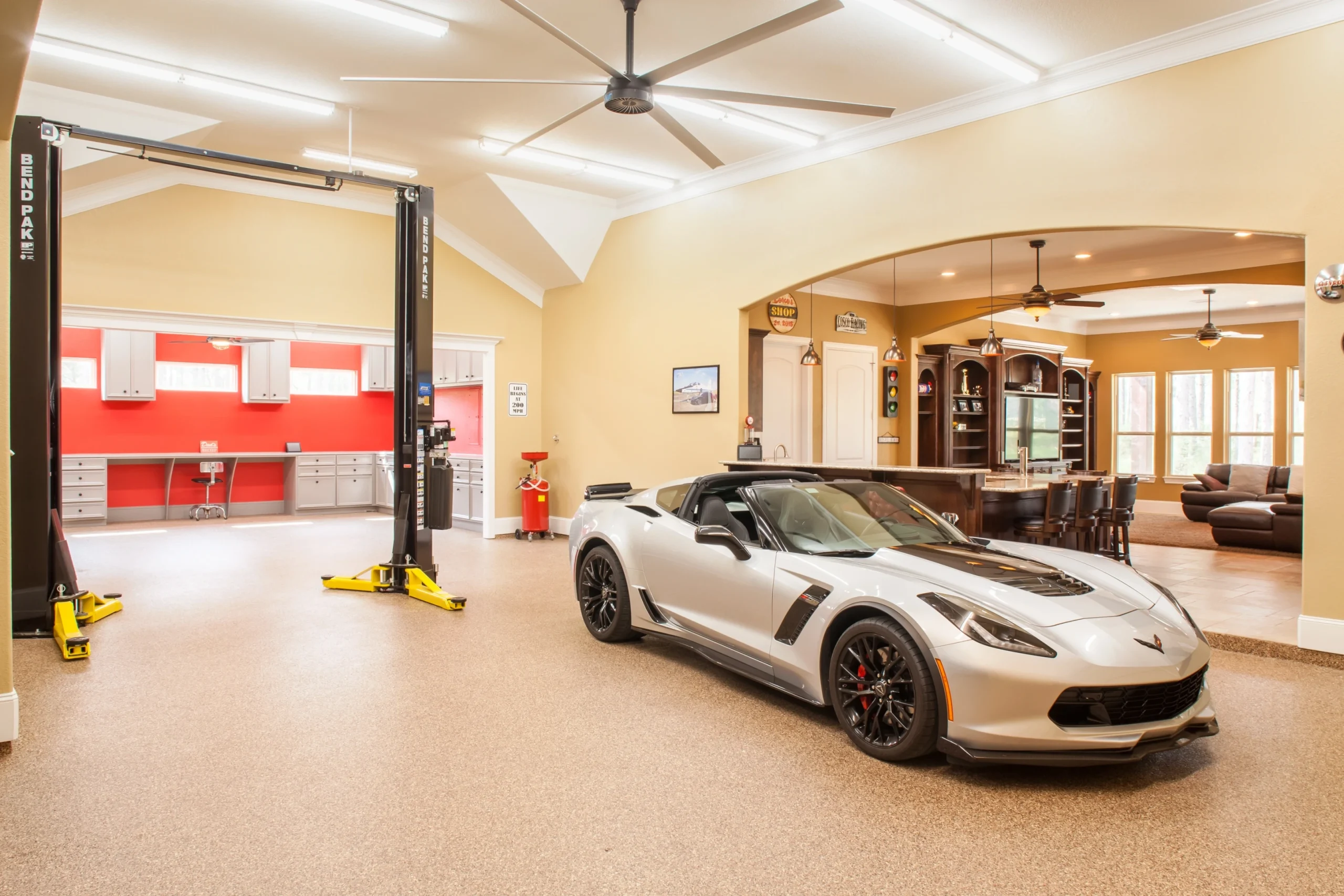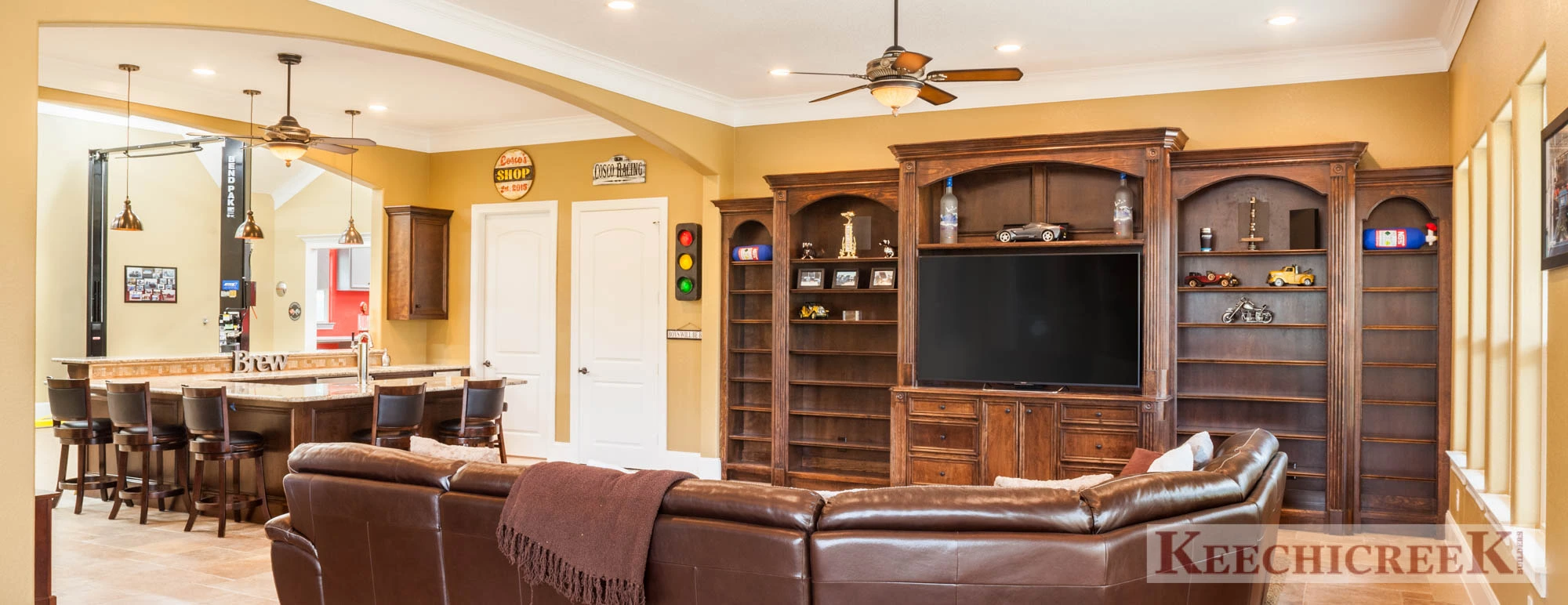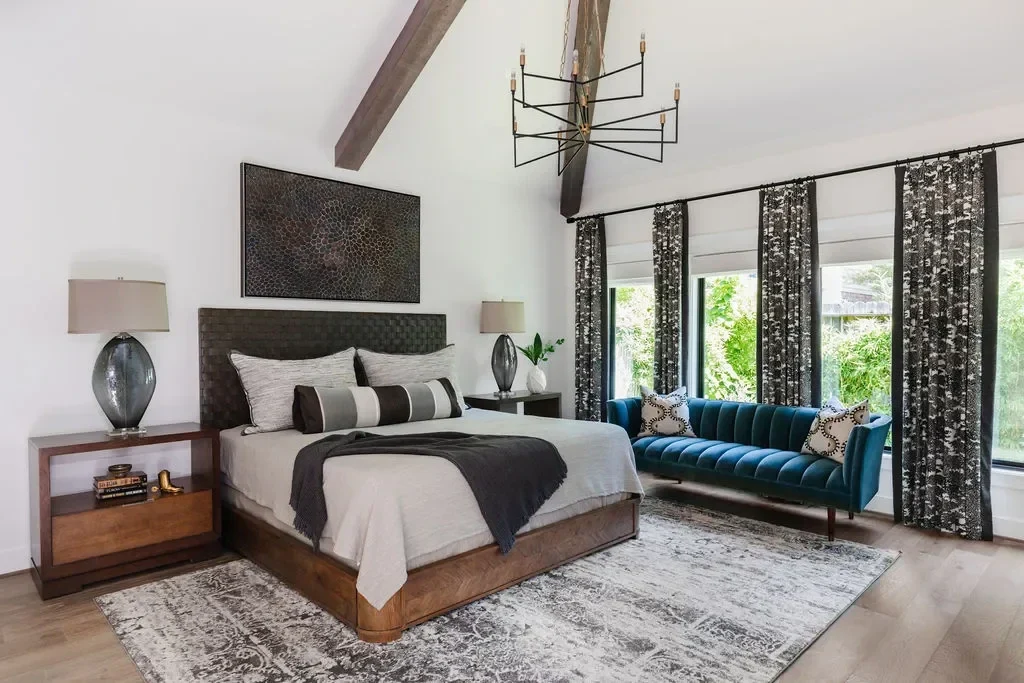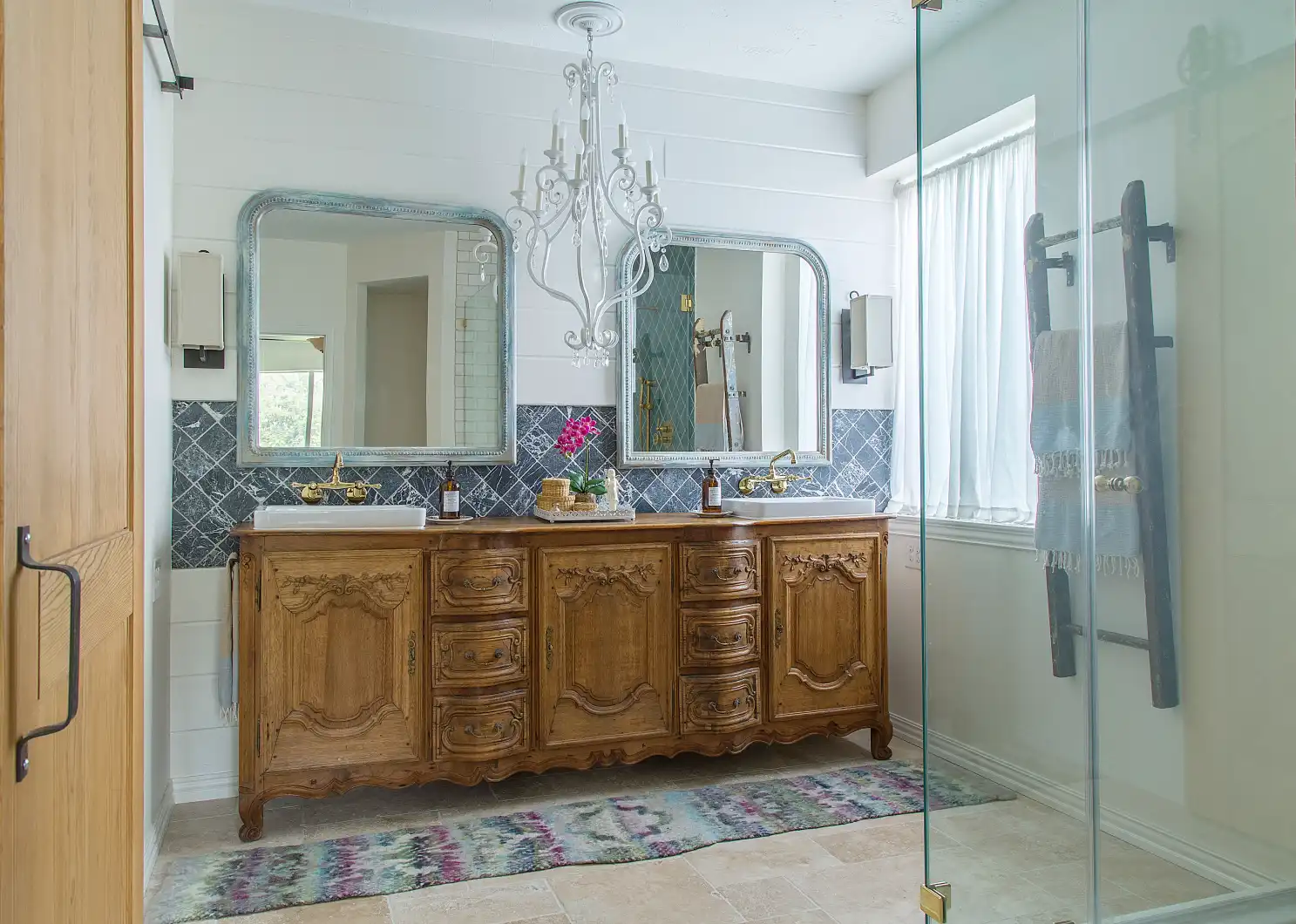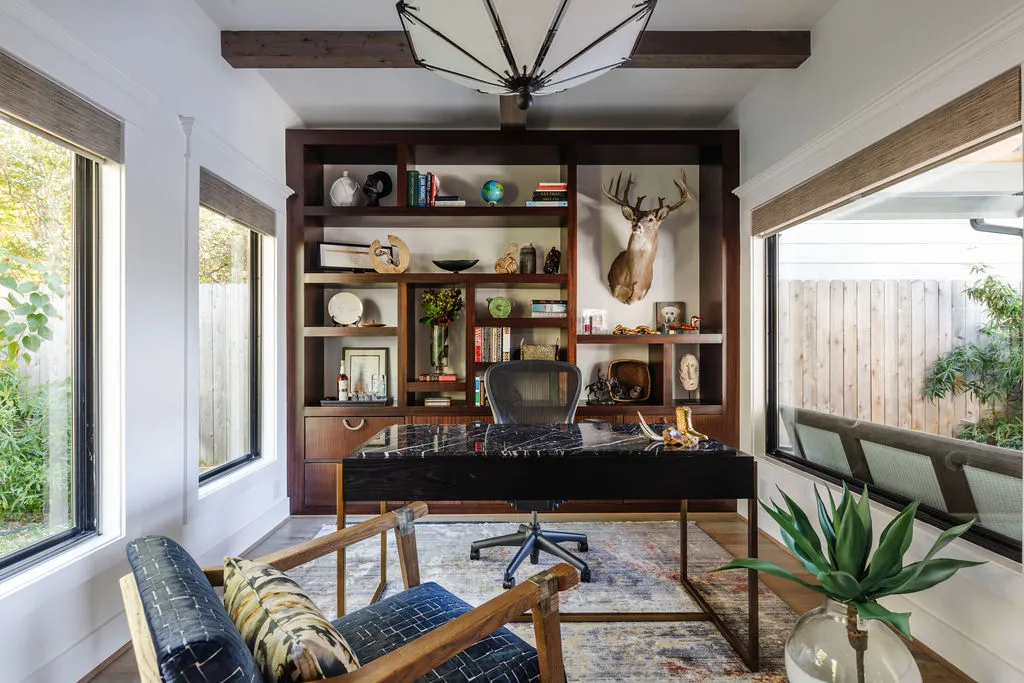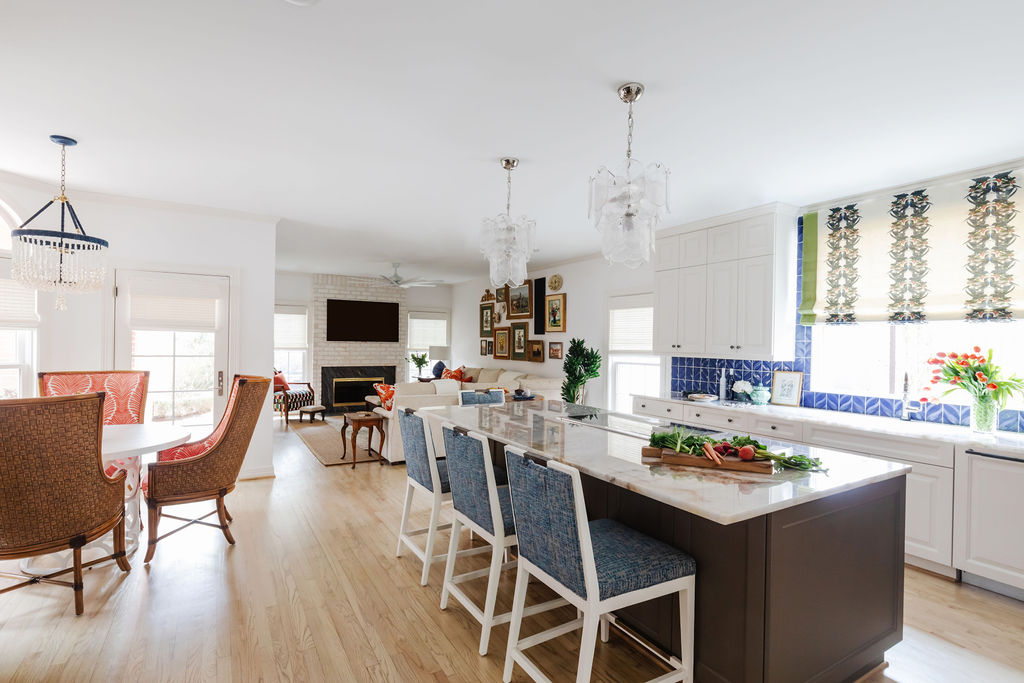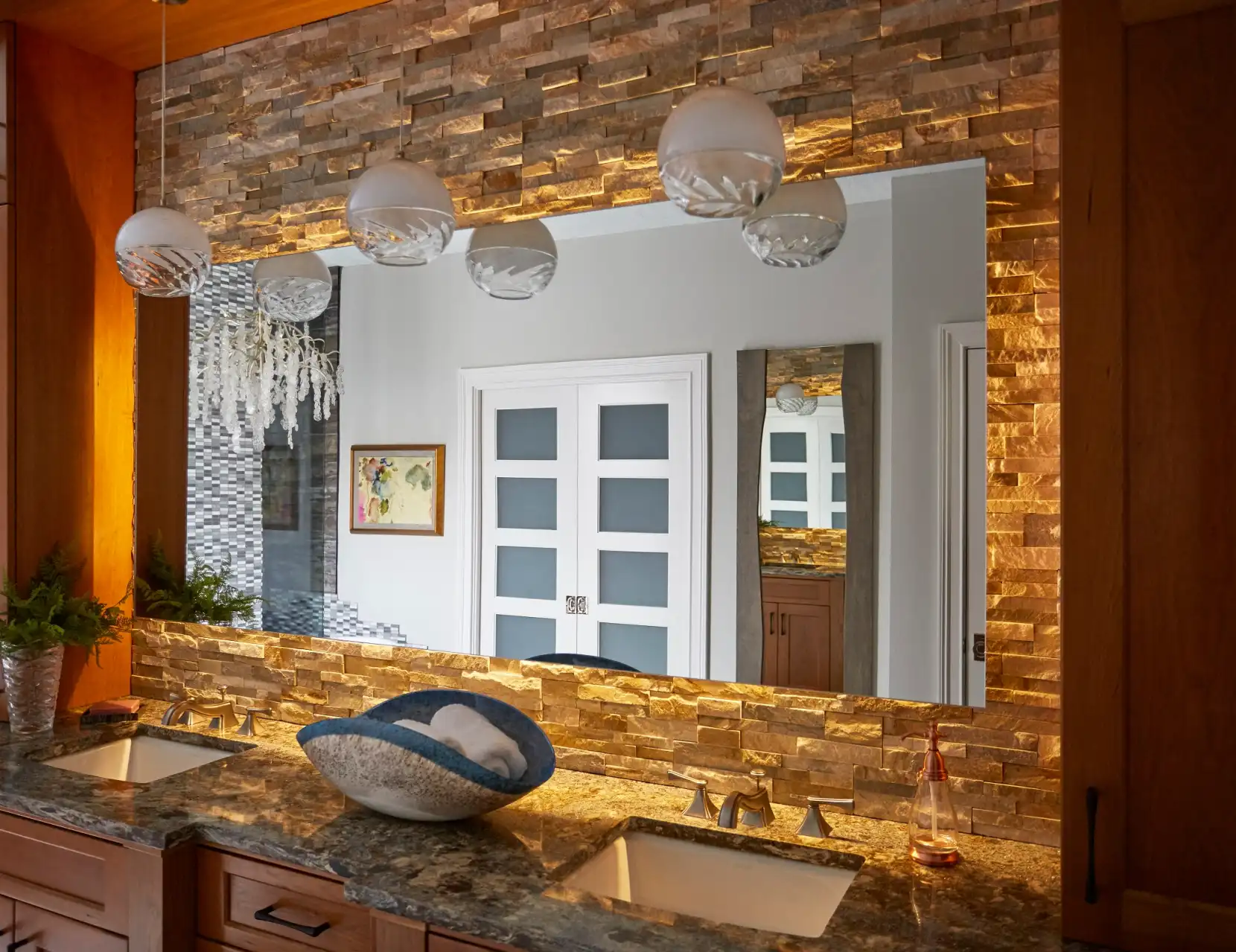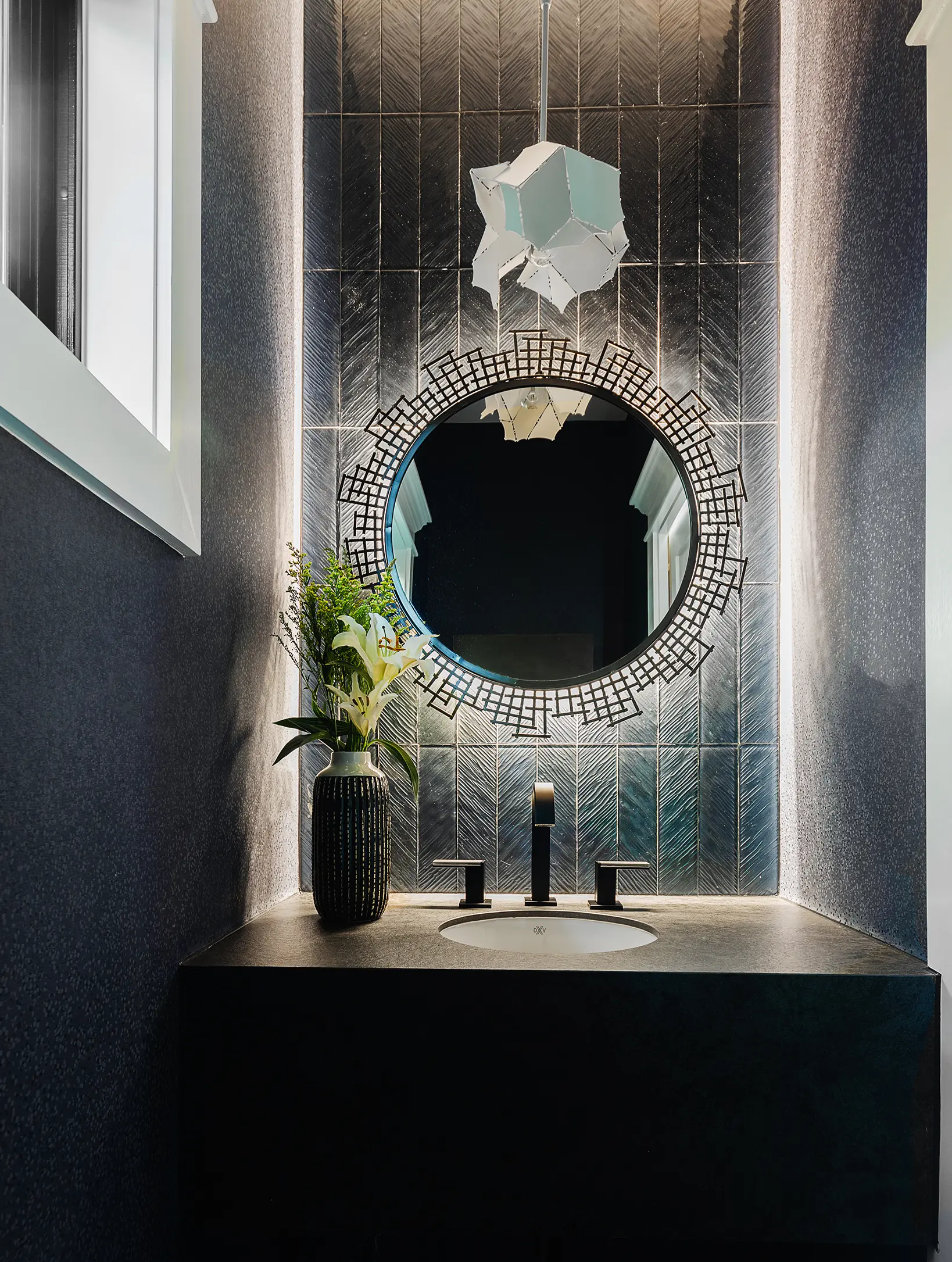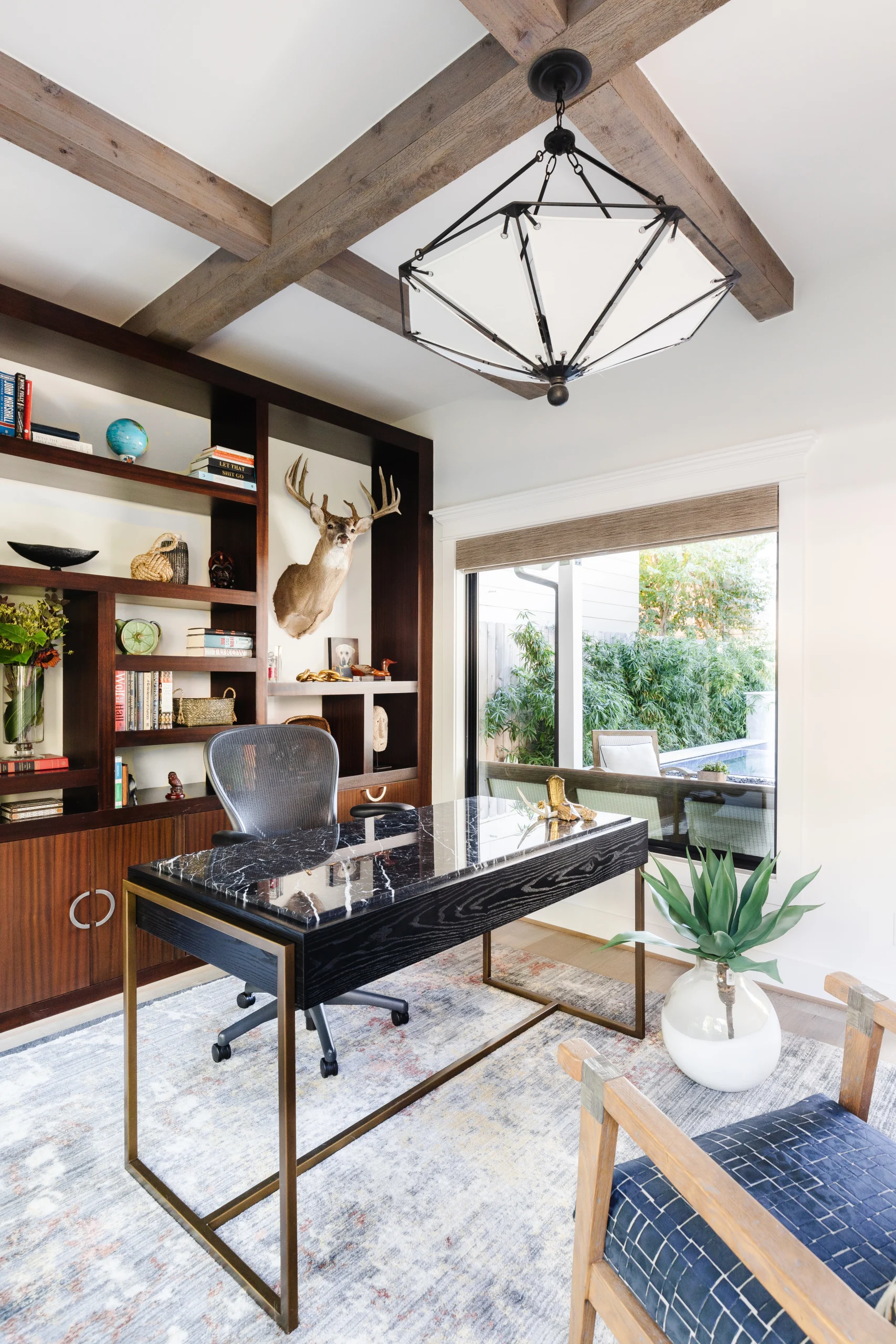
Taft
An extraordinary transformation that combines luxury with functionality, the Taft project exemplifies Keechi Creek Builders’ expertise in whole house renovations and outdoor living. This award-winning remodel created an inviting, cohesive space that balances style with purpose.
- 2023 GHBA Prism Award - Remodeler – Whole House Renovation ($250-500K)
- 2023 GHBA Prism Award - Remodeler – Outdoor Living Space
- 2023 TAB Star Award - Remodeler – Best Whole House Renovation ($425-500K)
- 2023 TAB Star Award - Remodeler – Best Addition ($200-300K)
![prism2023 winner logo[8]](https://pub-ae3315f928524d56aa82b17b9f427894.r2.dev/2024/11/prism2023-winner-logo8-e1731607791571.webp)

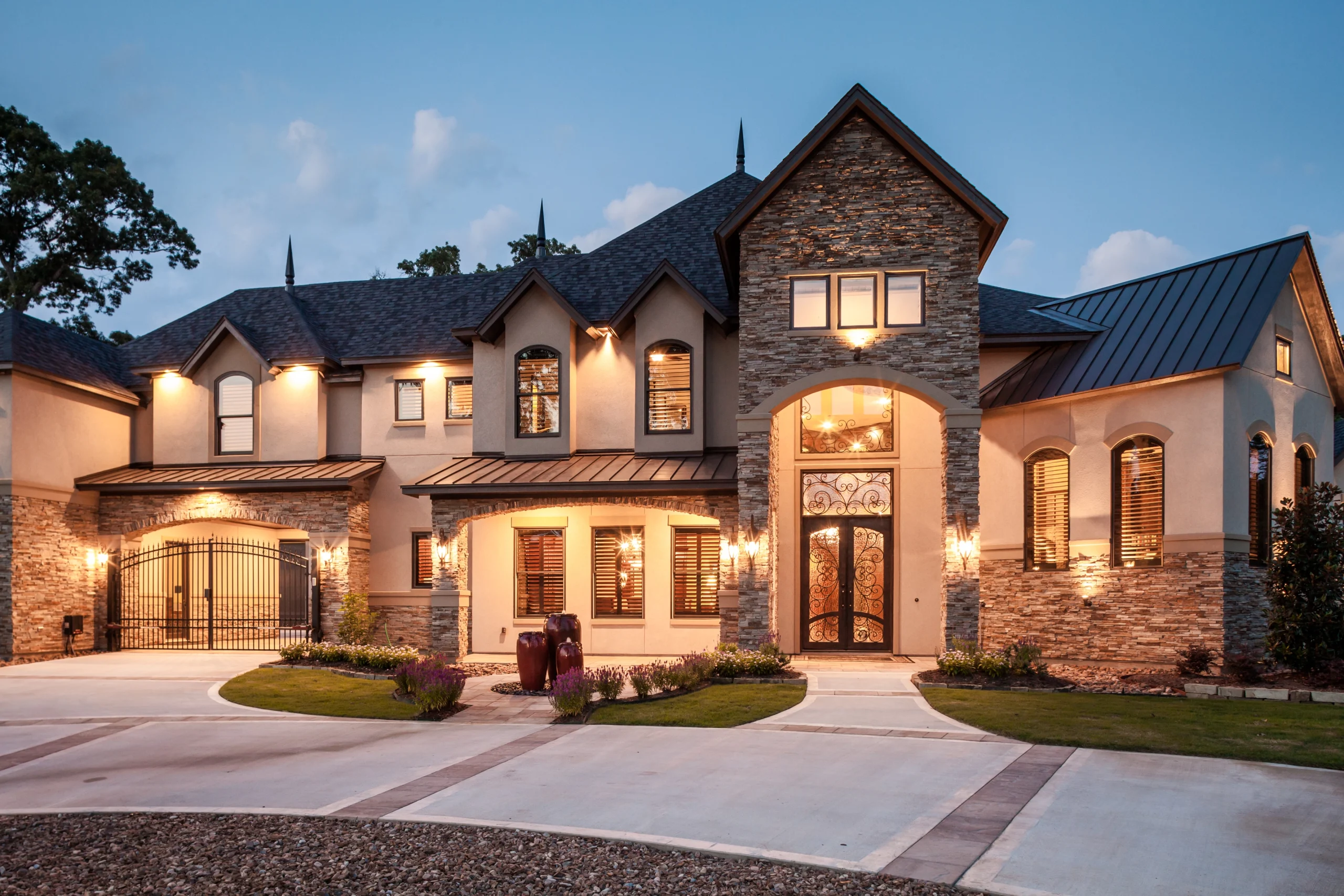
Barrister
The Barrister project features refined custom design work that showcases the best of high-end homebuilding. Each space, from the stunning front elevation to the gourmet kitchen, reflects exceptional craftsmanship tailored to a luxury lifestyle.
- 2015 GHBA Prism Award - Custom Home Front Elevation ($1.5-2.0 Million)
- 2015 GHBA Prism Award - Custom Home Design ($1.5-2.0 Million)
- 2015 GHBA Prism Award - Custom Home Kitchen (Homes over $1 Million)

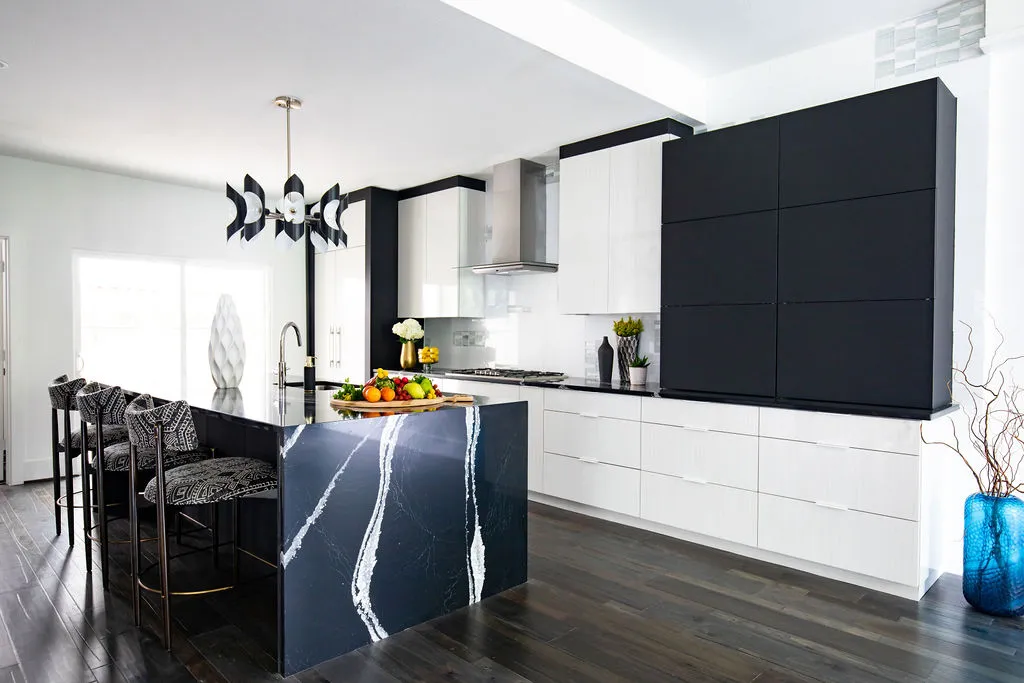
Pickens
A refined remodel that elevated the Pickens residence through carefully designed spaces that blend functionality with elegance. Each update was crafted to create a seamless flow, combining style with practicality.
- 2020 GHBA Prism Award - Remodel Bathroom Over $50K
- 2020 TAB Star Award - Remodel Best Kitchen Renovation ($150-175K)
- 2020 TAB Star Award - Remodel Best Specialty Space ($75-100K)


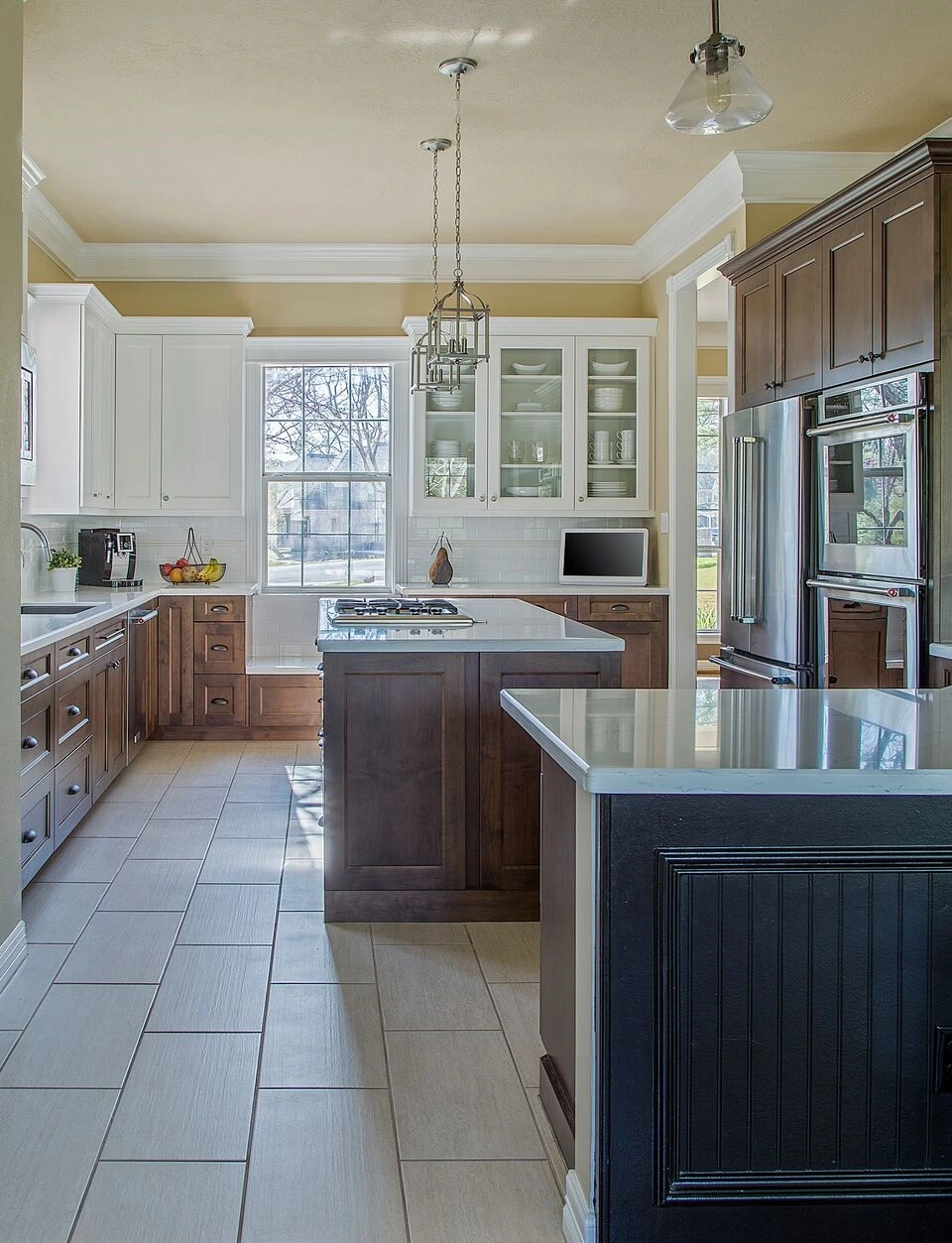
Kleyn
This kitchen remodel brought a fresh, stylish look to the Kleyn home, enhancing the kitchen’s functionality and overall aesthetic. The result is a beautifully optimized space for cooking and gathering.
- 2016 GHBA Prism Award - Remodel Best Kitchen Renovation Under $50K
- 2016 TAB Star Award - Remodel Best Kitchen Renovation Under $50K


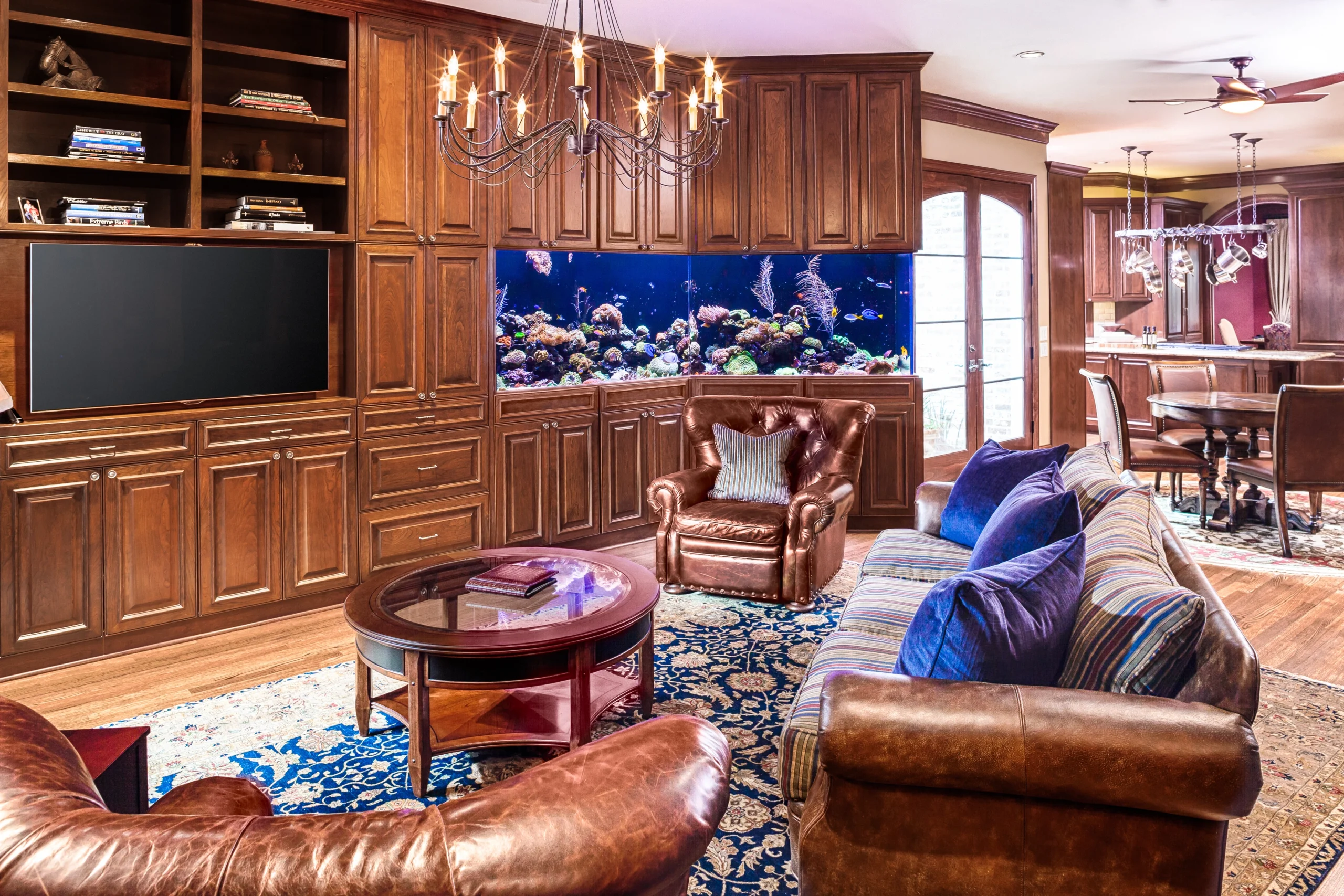
Wynden
The Wynden project stands as a testament to comprehensive whole house remodeling. It combines multiple specialty spaces with a cohesive design that transforms the home into a luxurious, functional retreat.
- 2014 TAB Star Award - Remodel Best Whole House Renovation ($300-400K)
- 2014 GHBA Prism Award - Best Whole House Remodel
- 2011 TAB Star Award - Best Specialty Room Renovation
- 2011 GHBA Prism Award - Best Specialty Room
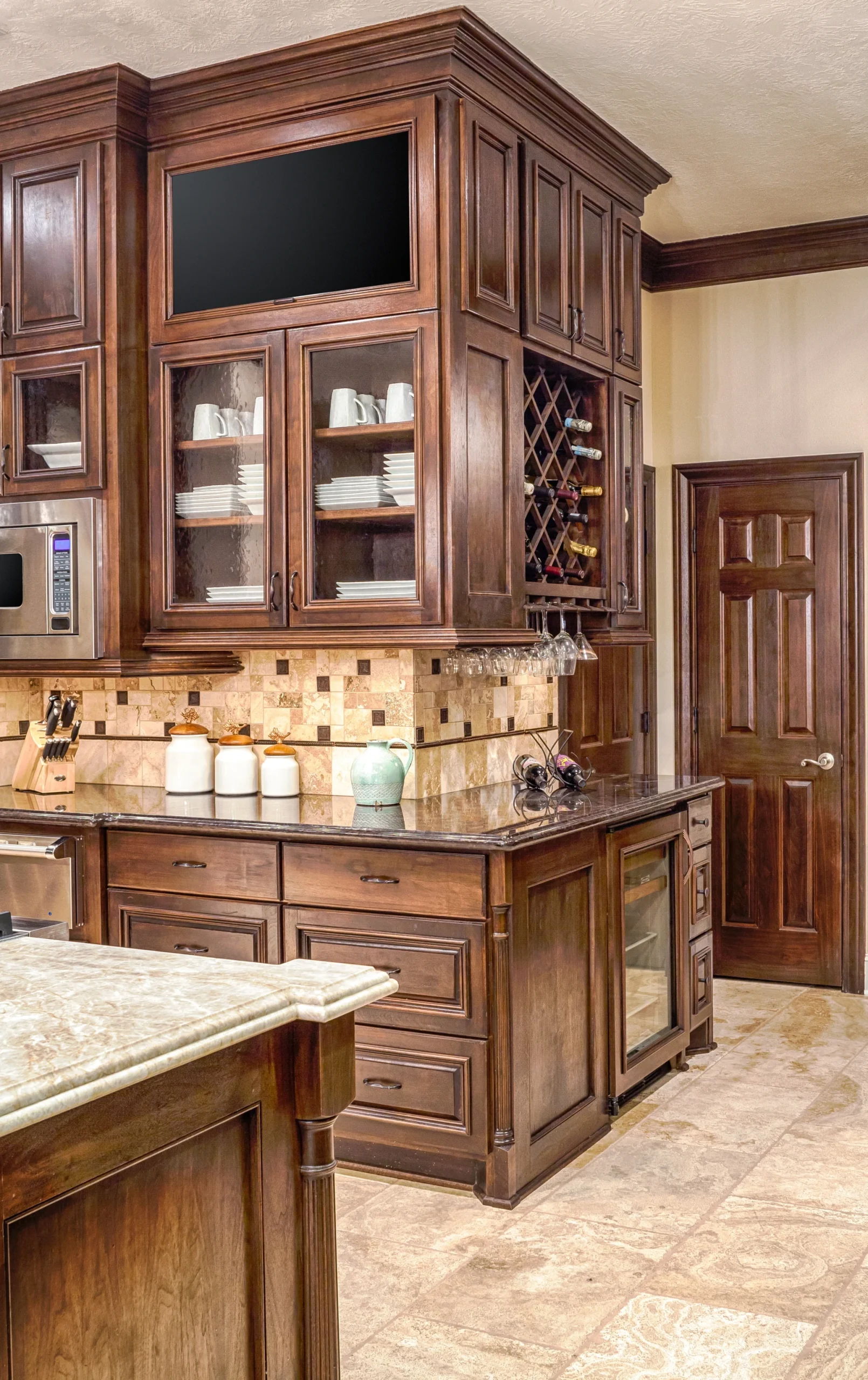
Blooming Rose
A stunning kitchen renovation that brought both beauty and efficiency to the Blooming Rose residence. This project highlights Keechi Creek Builders’ skill in creating spaces that combine style with daily functionality.
- 2014 TAB Star Award - Best Kitchen Renovation ($100-200K)
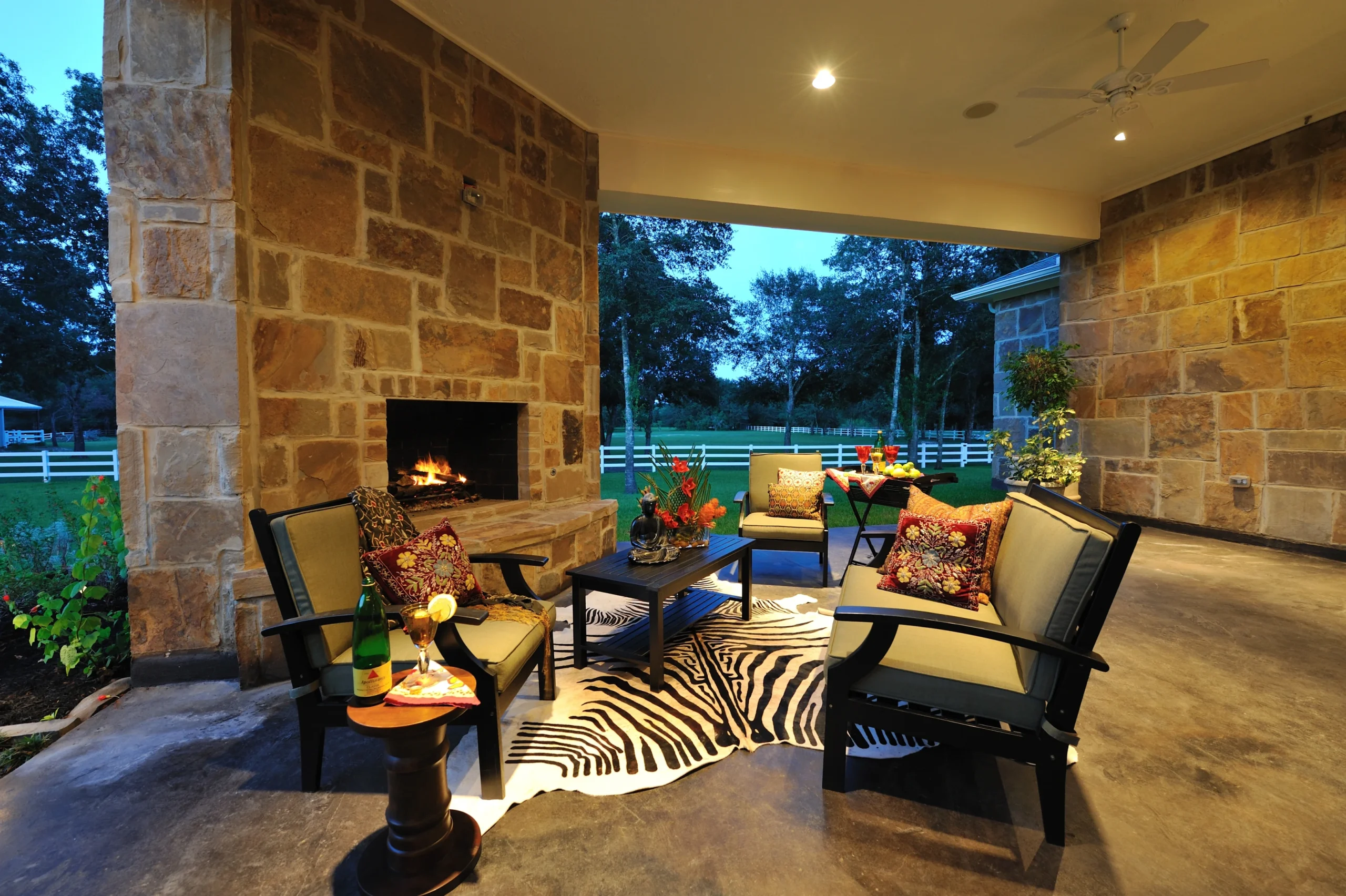
Pool House
The Pool House project was designed as a unique specialty space, incorporating distinctive features that make it the ideal place for relaxation and entertainment.
- 2012 TAB Star Award - Best Specialty Space
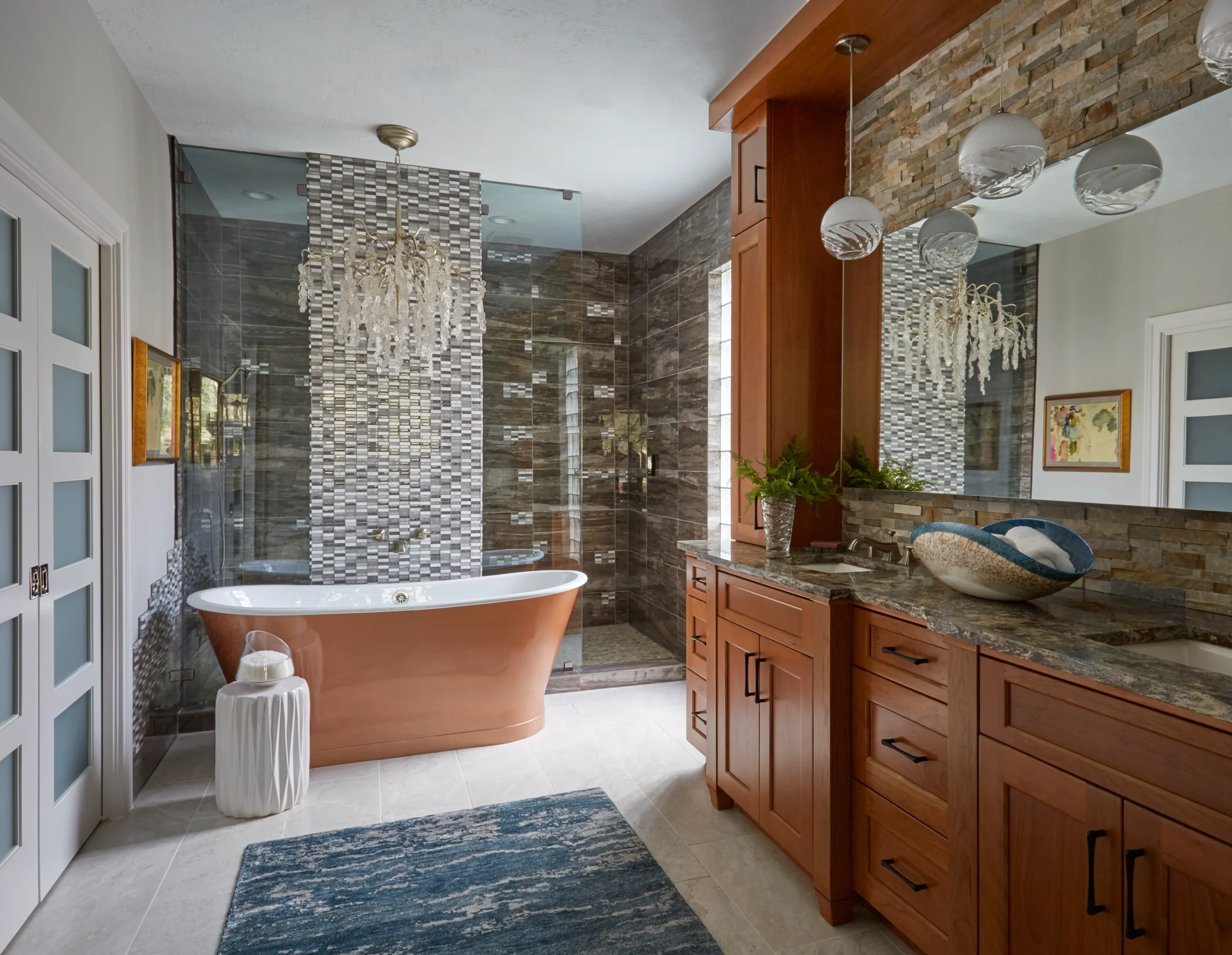
Khineman
This bathroom renovation transformed the Khineman residence into a spa-like retreat with high-end finishes and a carefully considered layout that enhances relaxation.
- 2018 TAB Star Award - Remodel Best Bathroom Renovation ($105-130K)
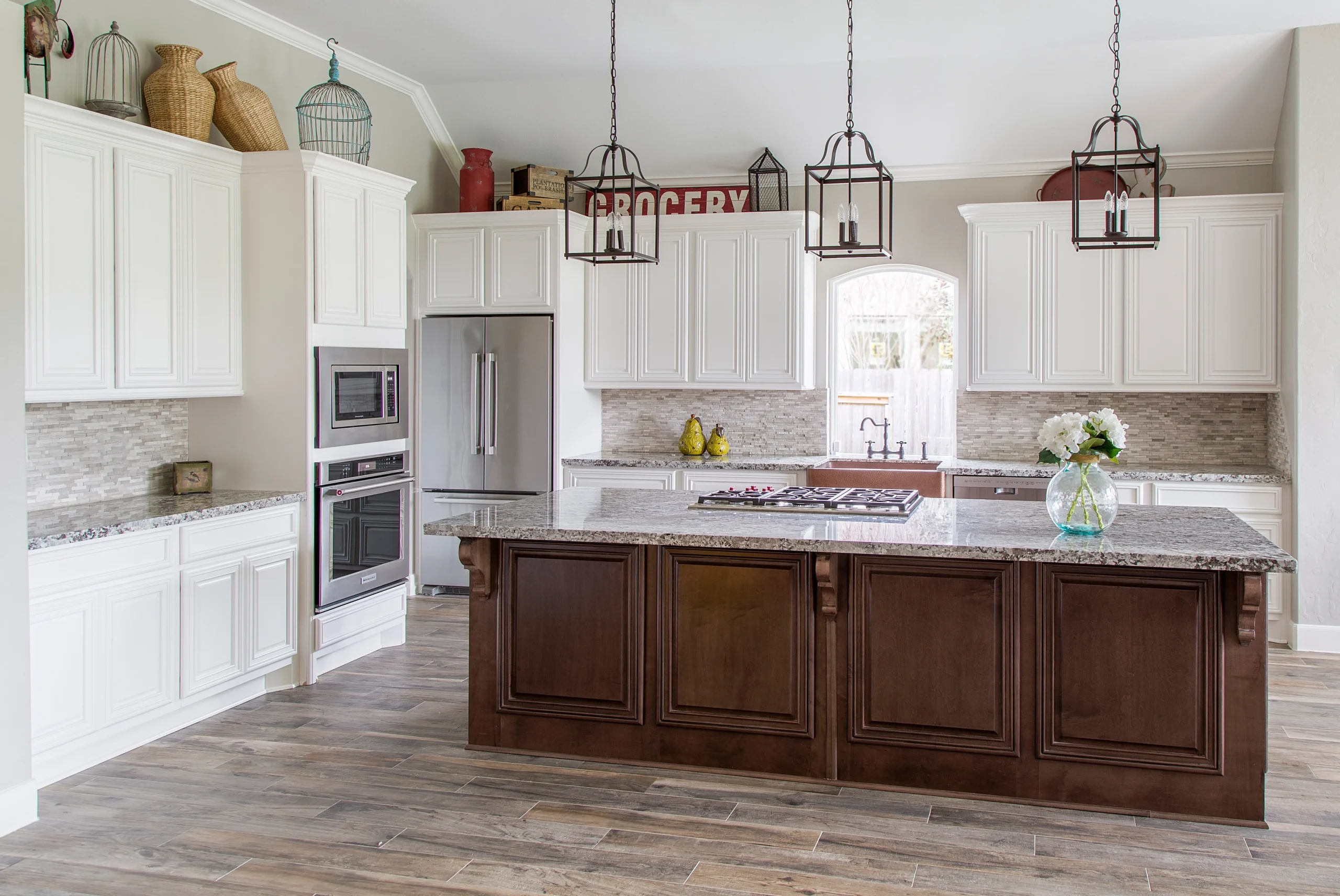
Farid
The Farid project, lovingly called “From Disaster to Delight,” rejuvenated an outdated bathroom into a fresh, functional, and stylish space perfect for modern living.
- 2017 TAB Star Award - Remodel Best Bathroom Renovation ($25-50K)
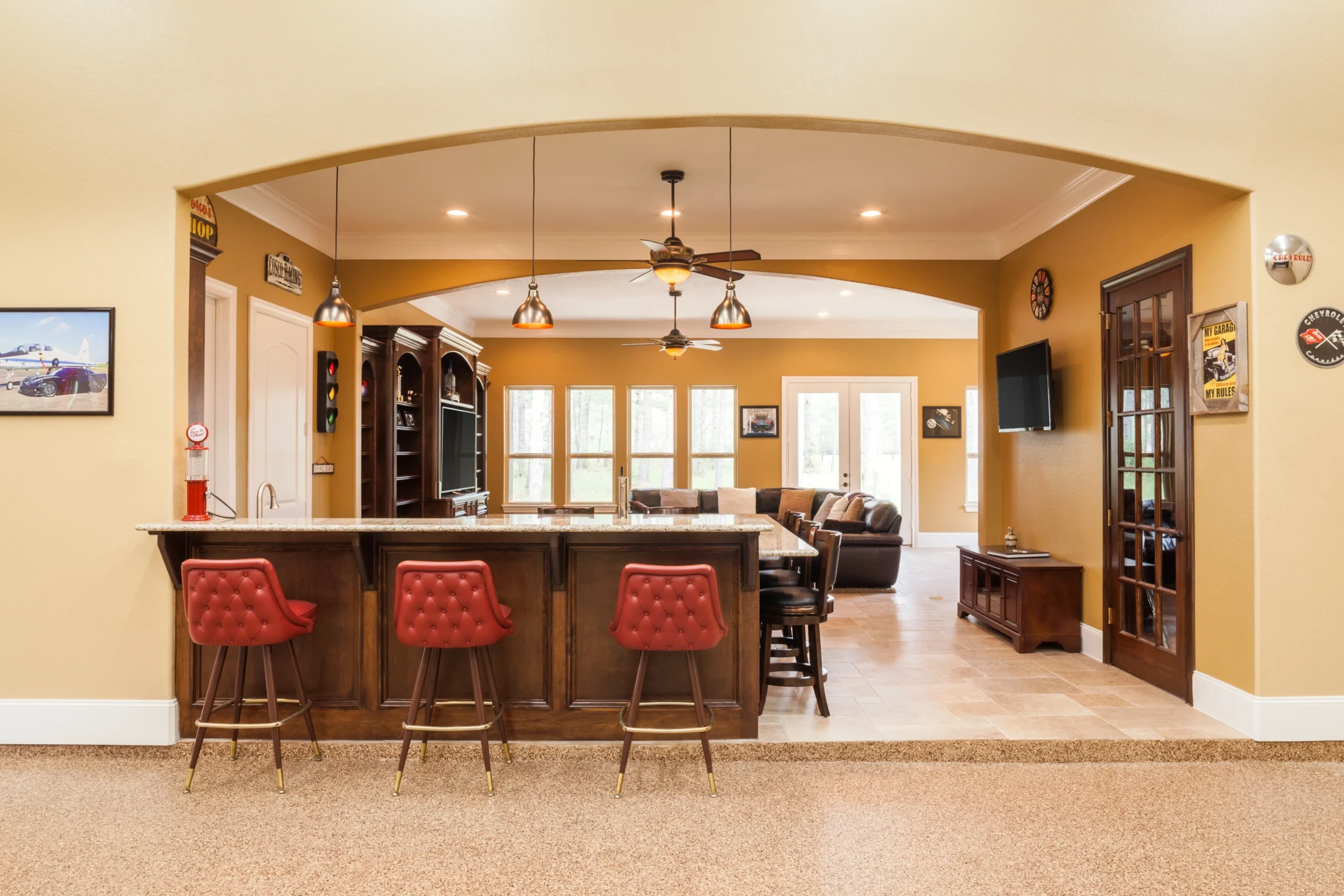
Cosco
The Cosco project created a specialty room that reflects the homeowners’ unique style and needs, adding a personalized, functional space within the home.
- 2017 TAB Star Award - Remodel Best Specialty Room
- 2017 GHBA Prism Award - Best Specialty Space











